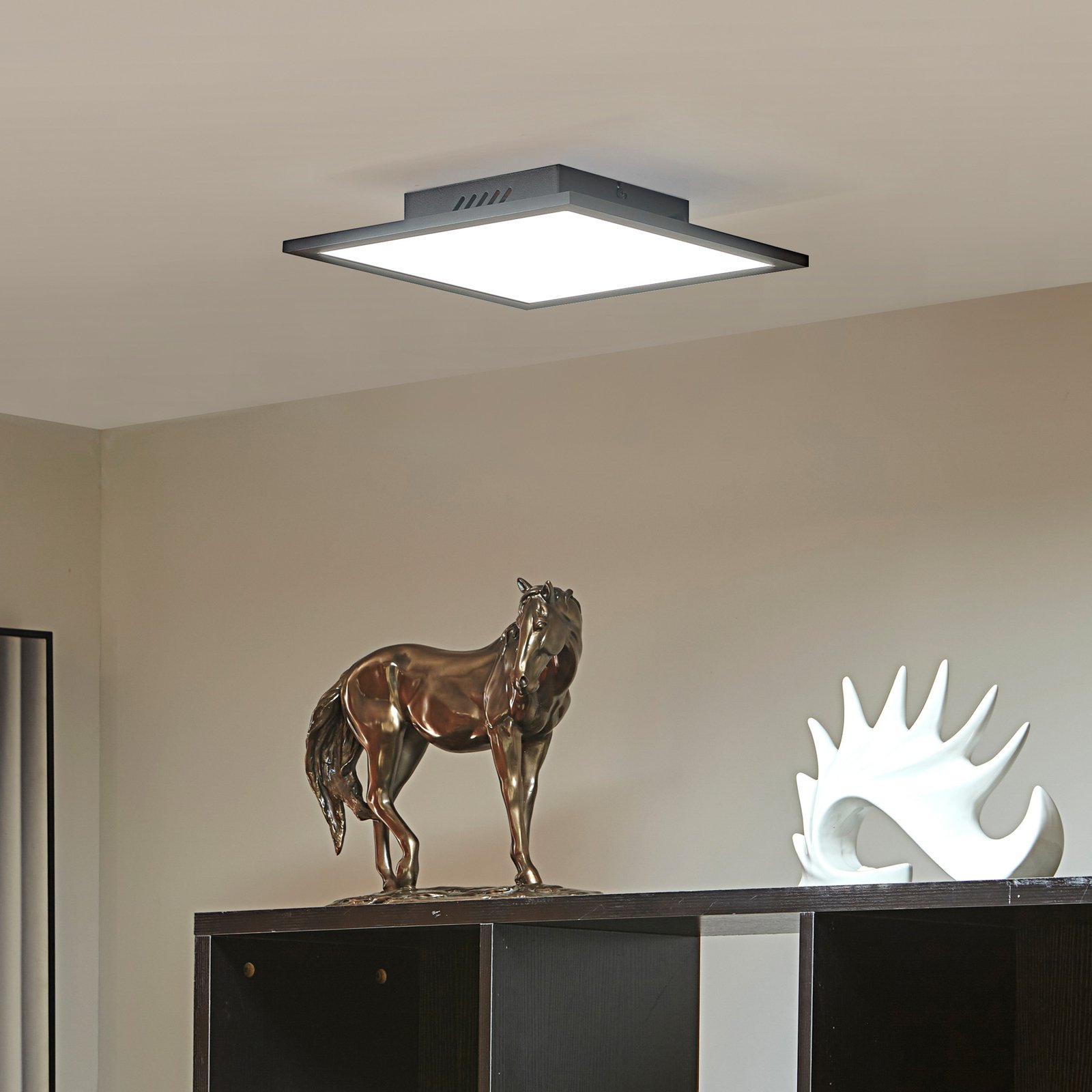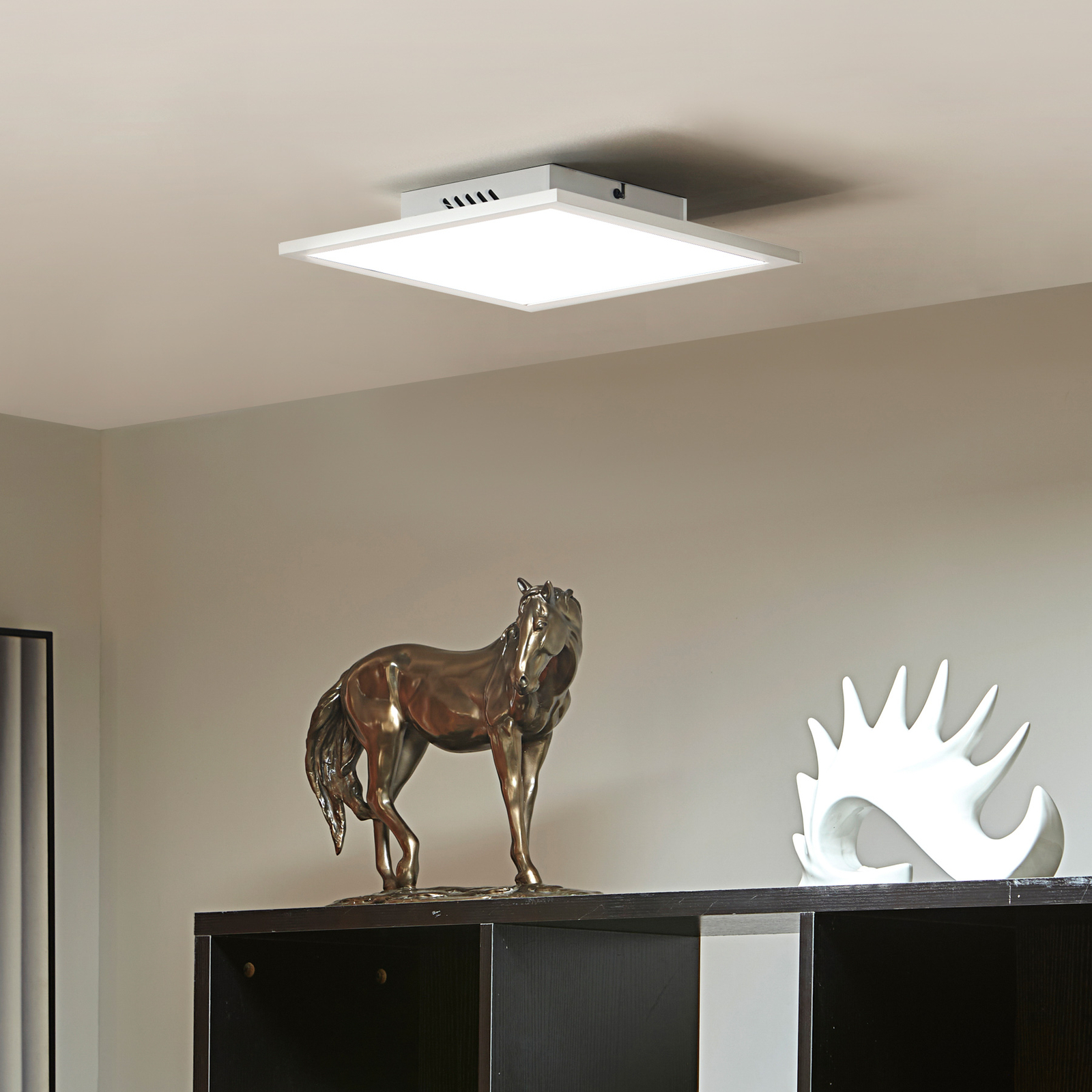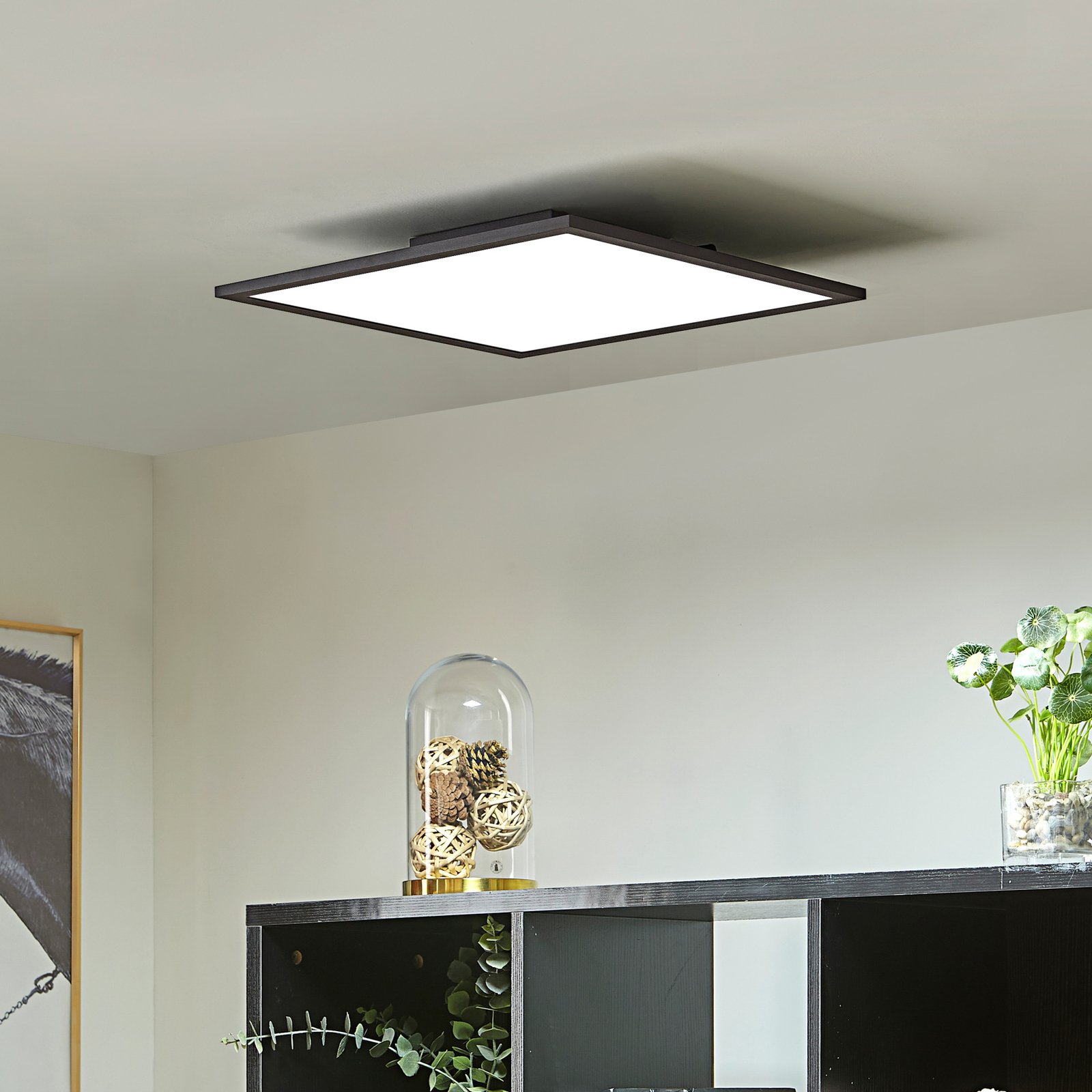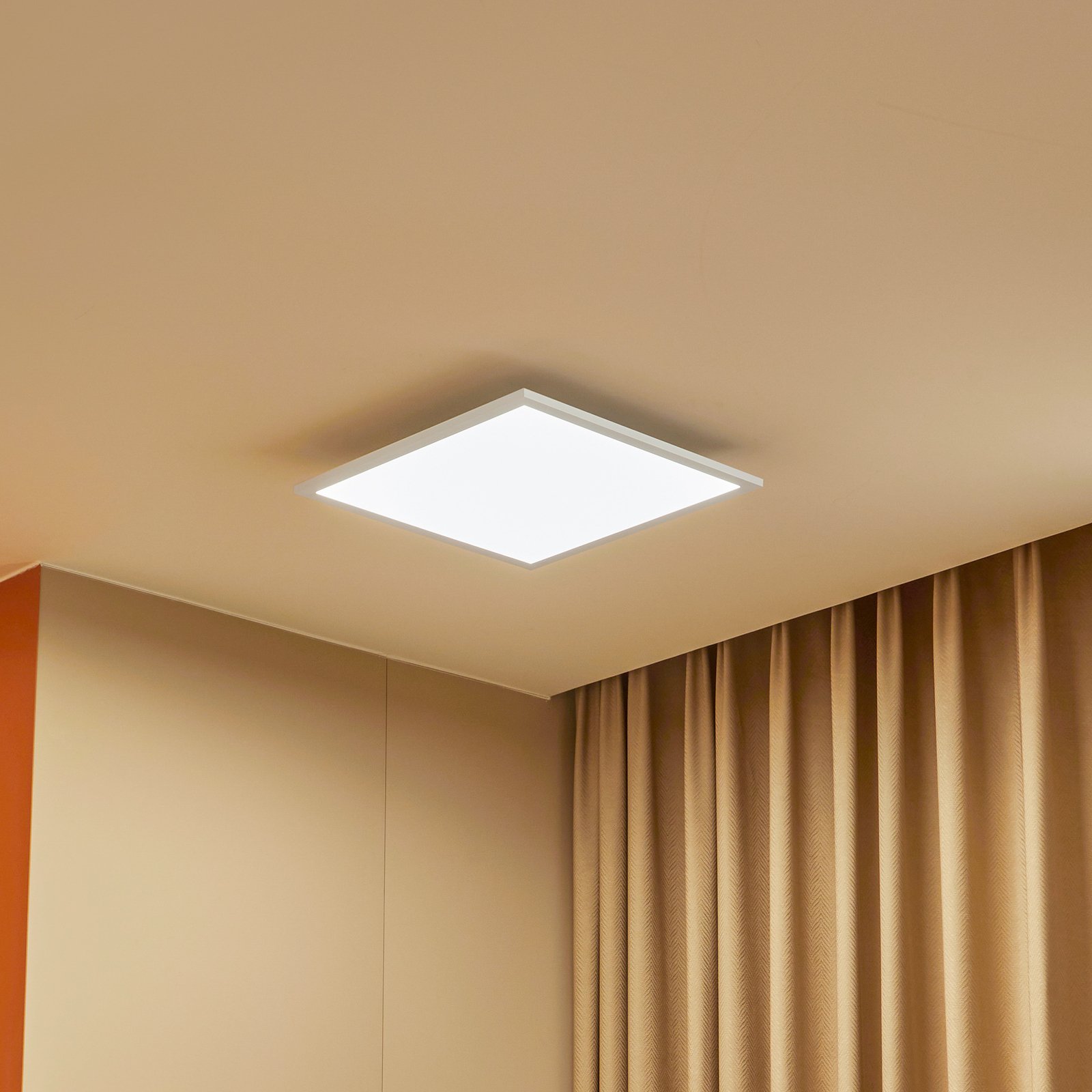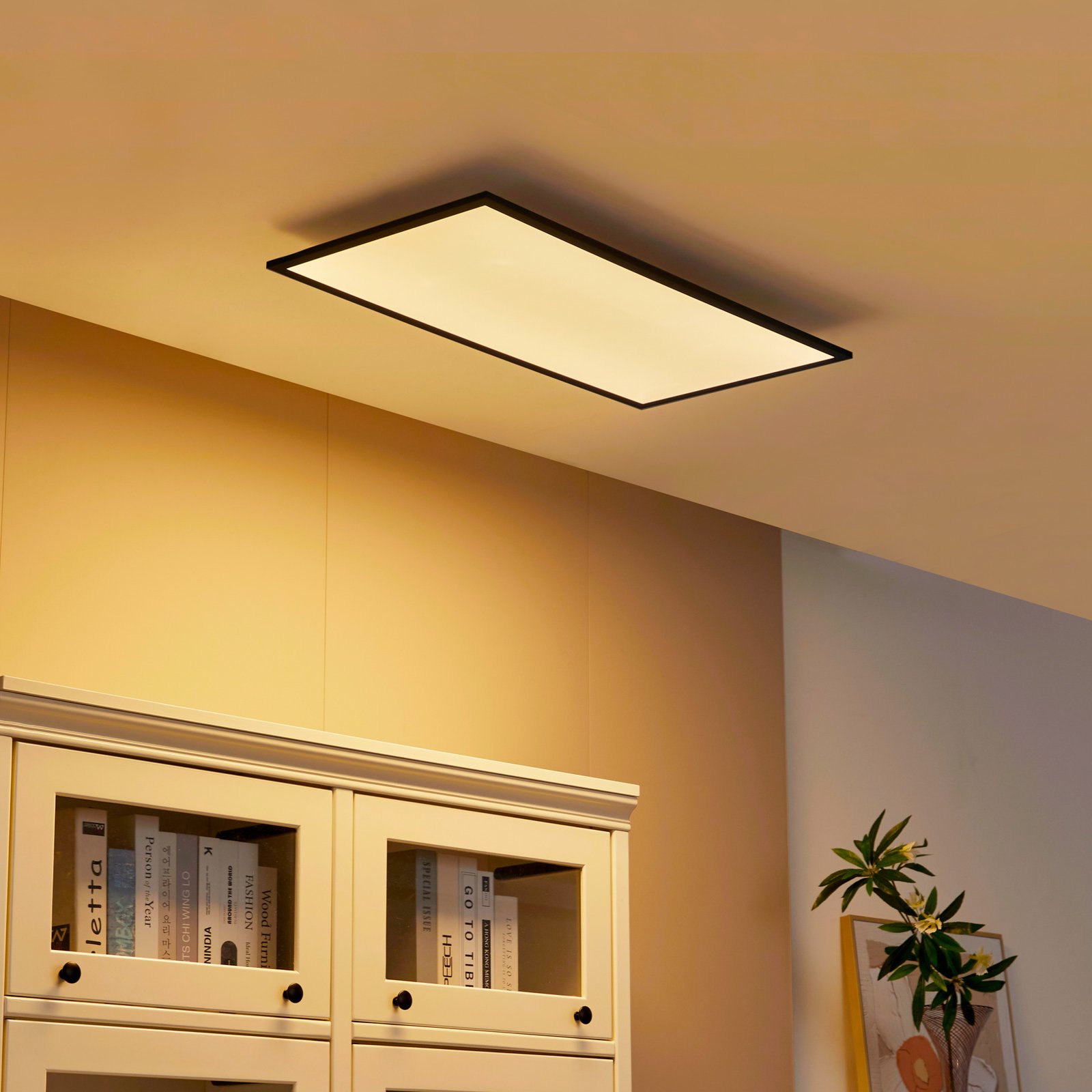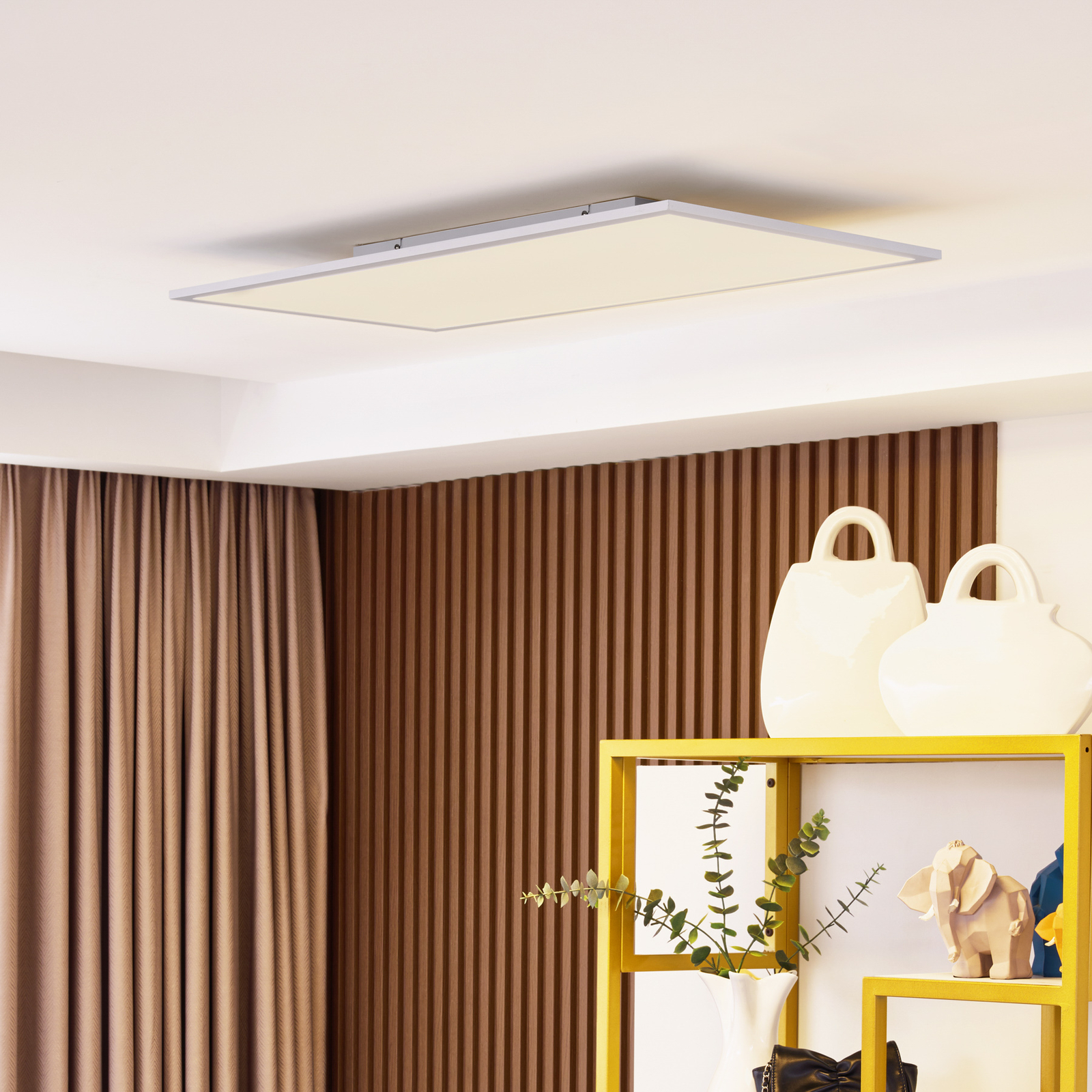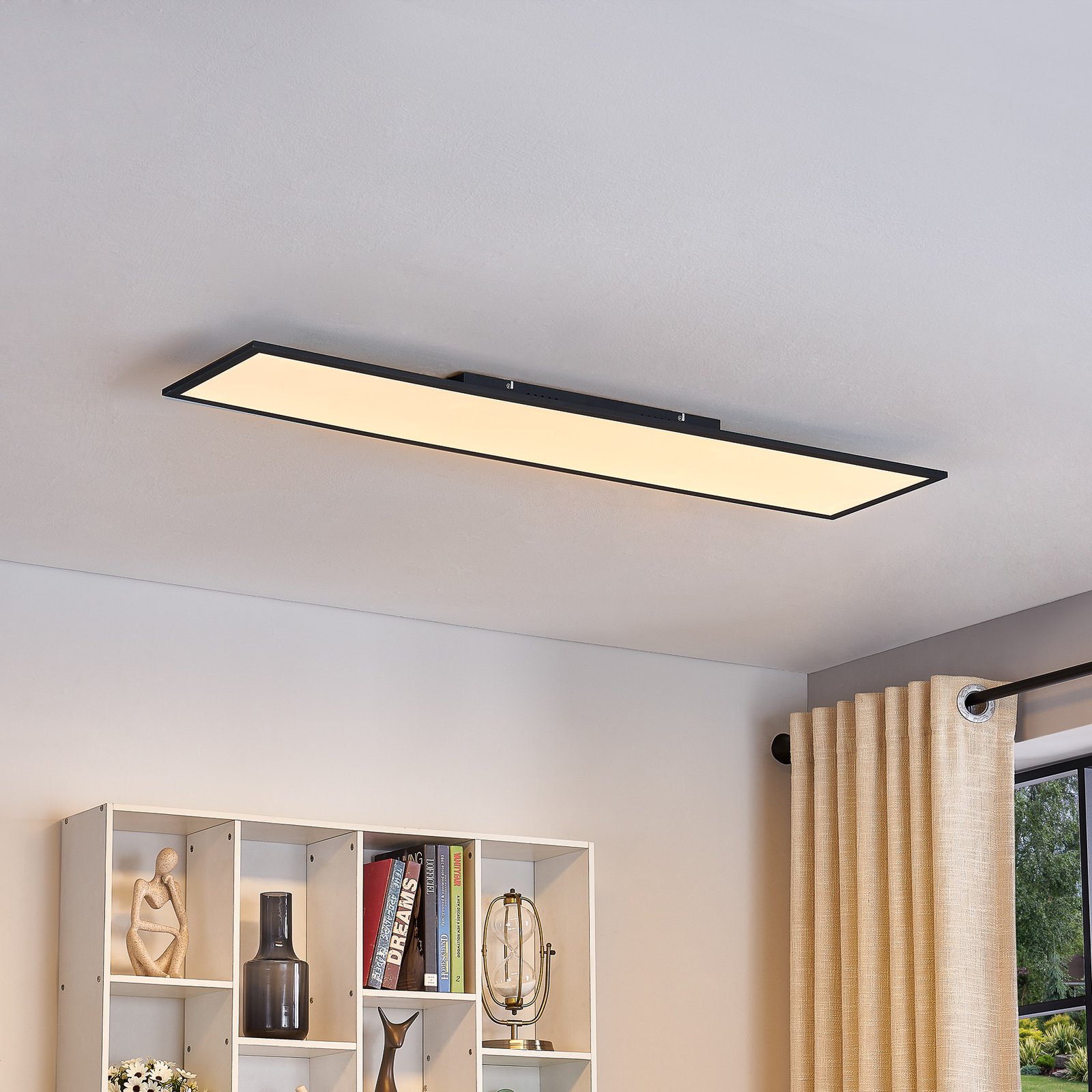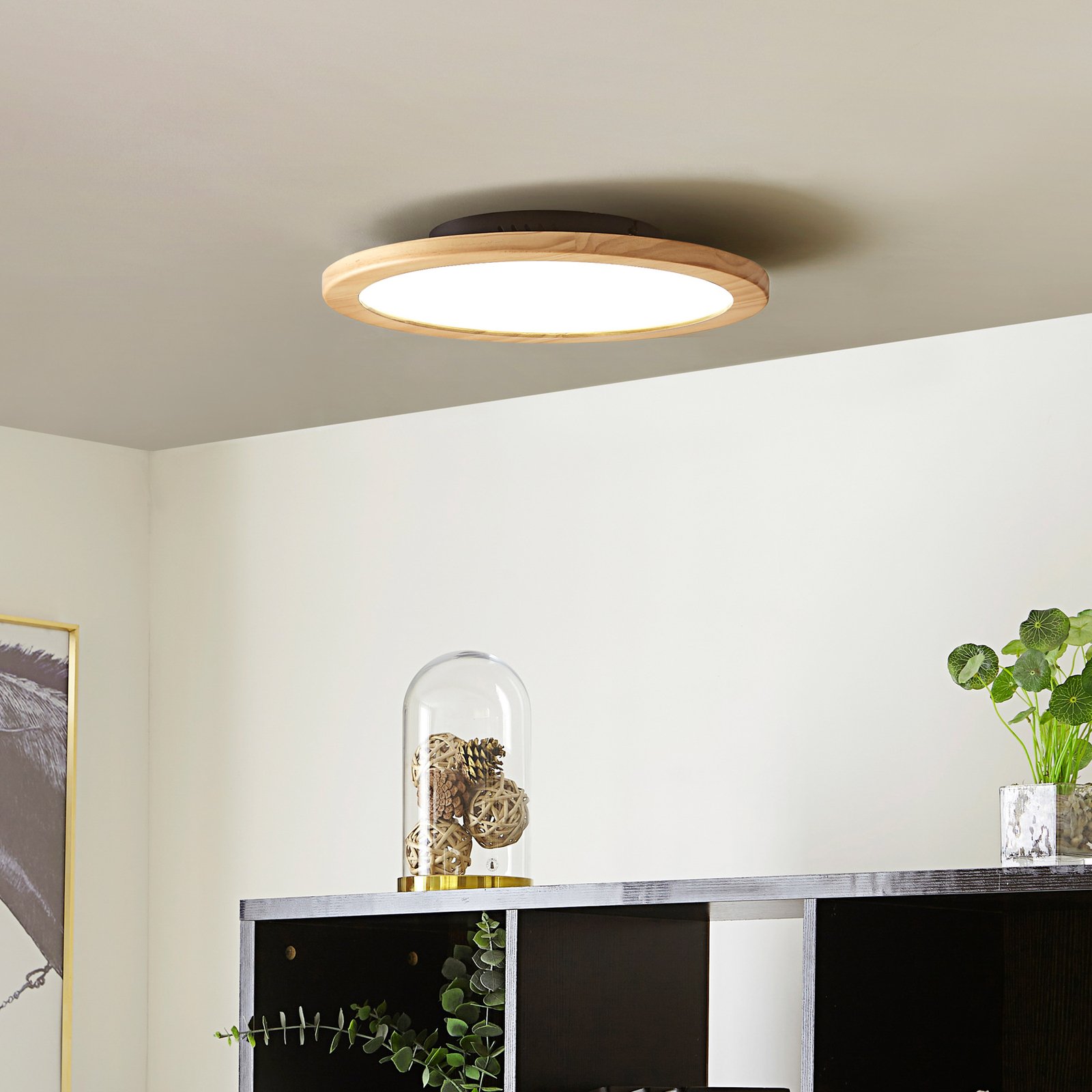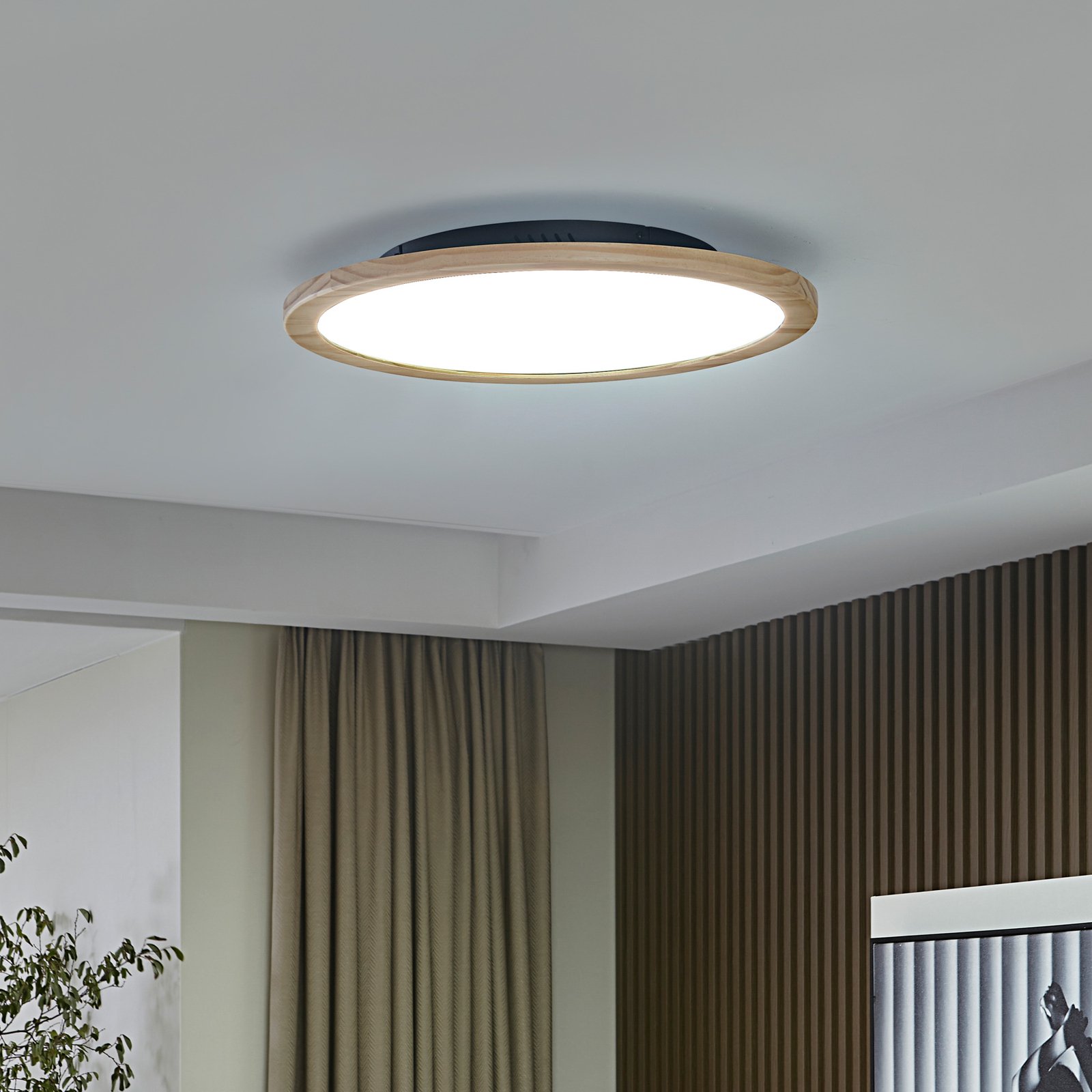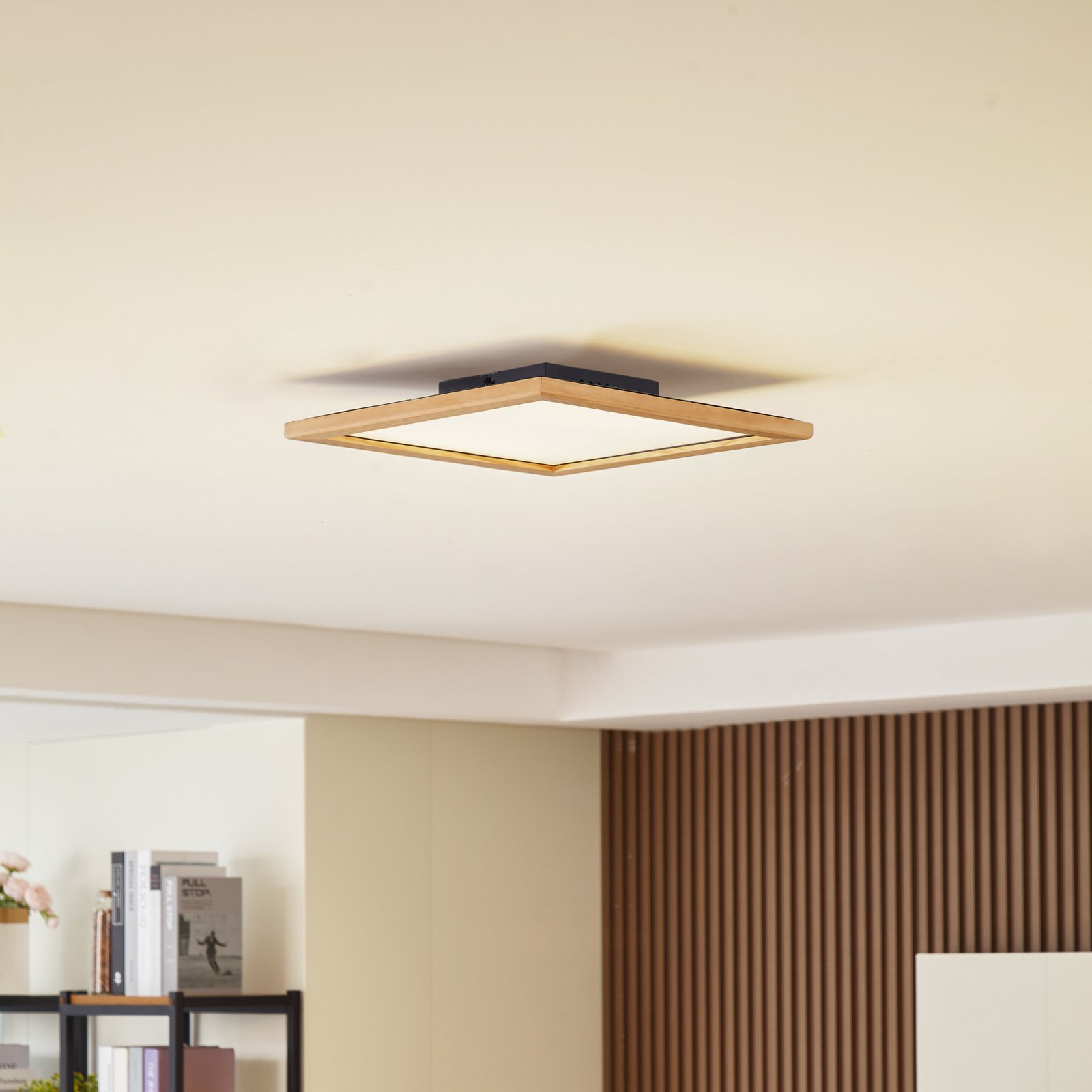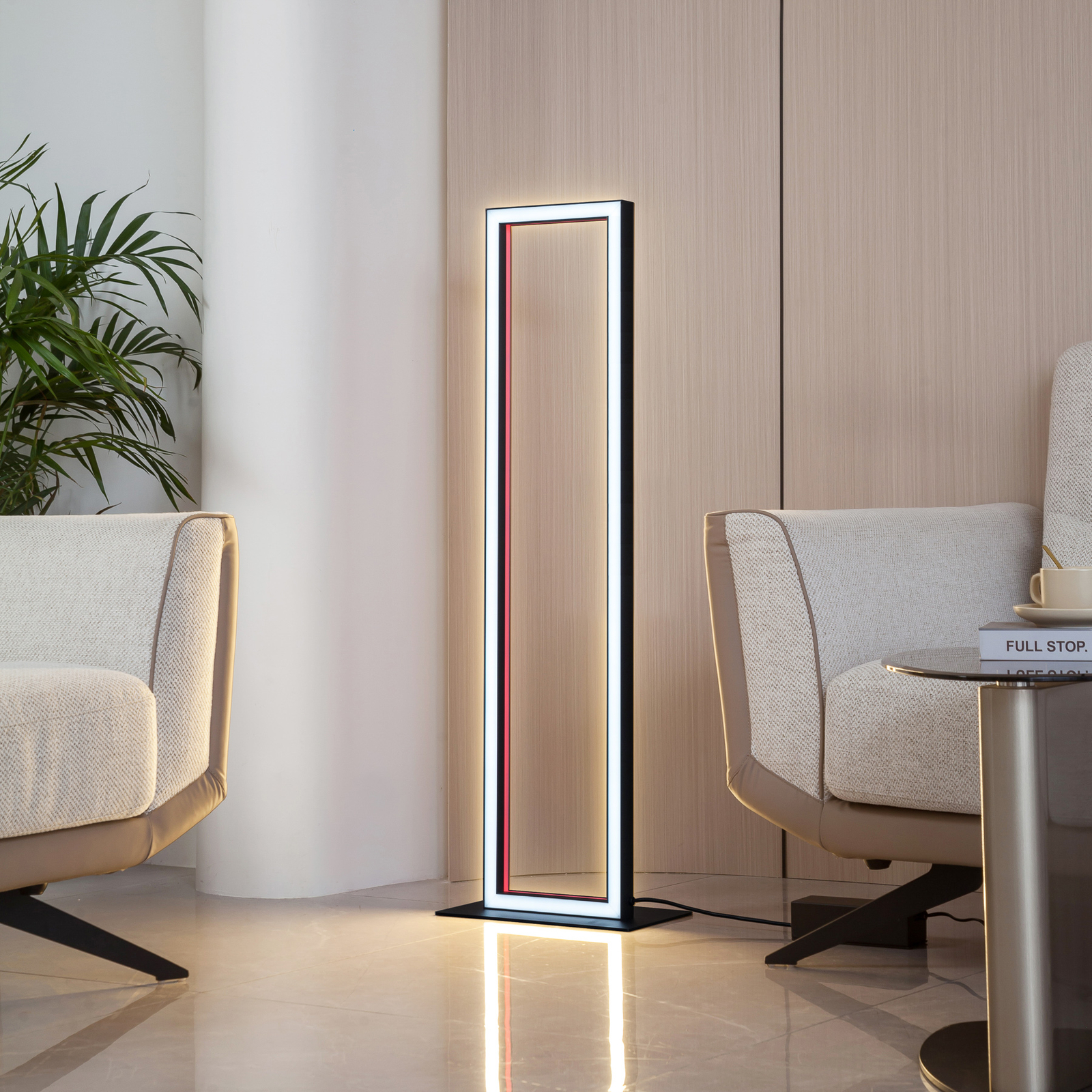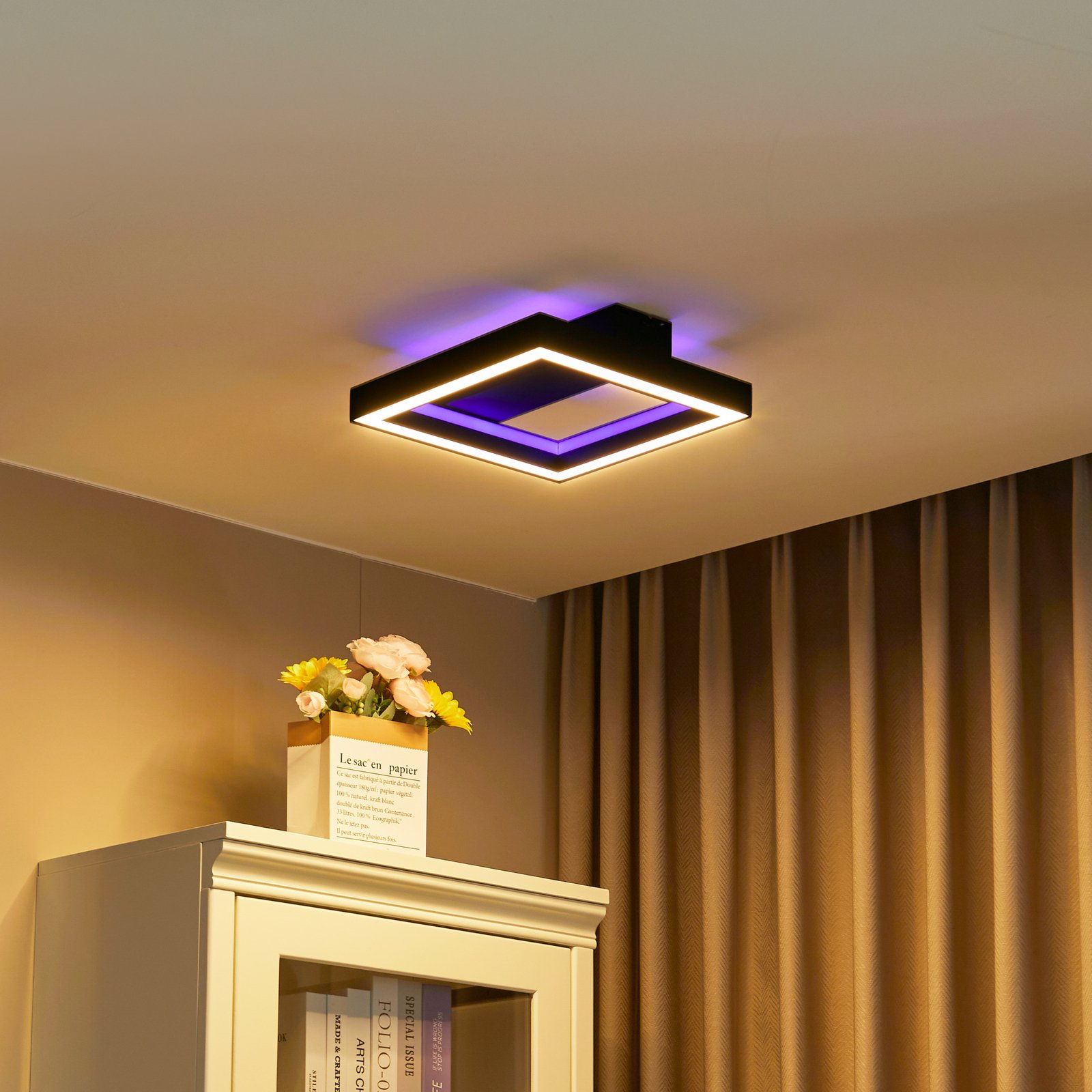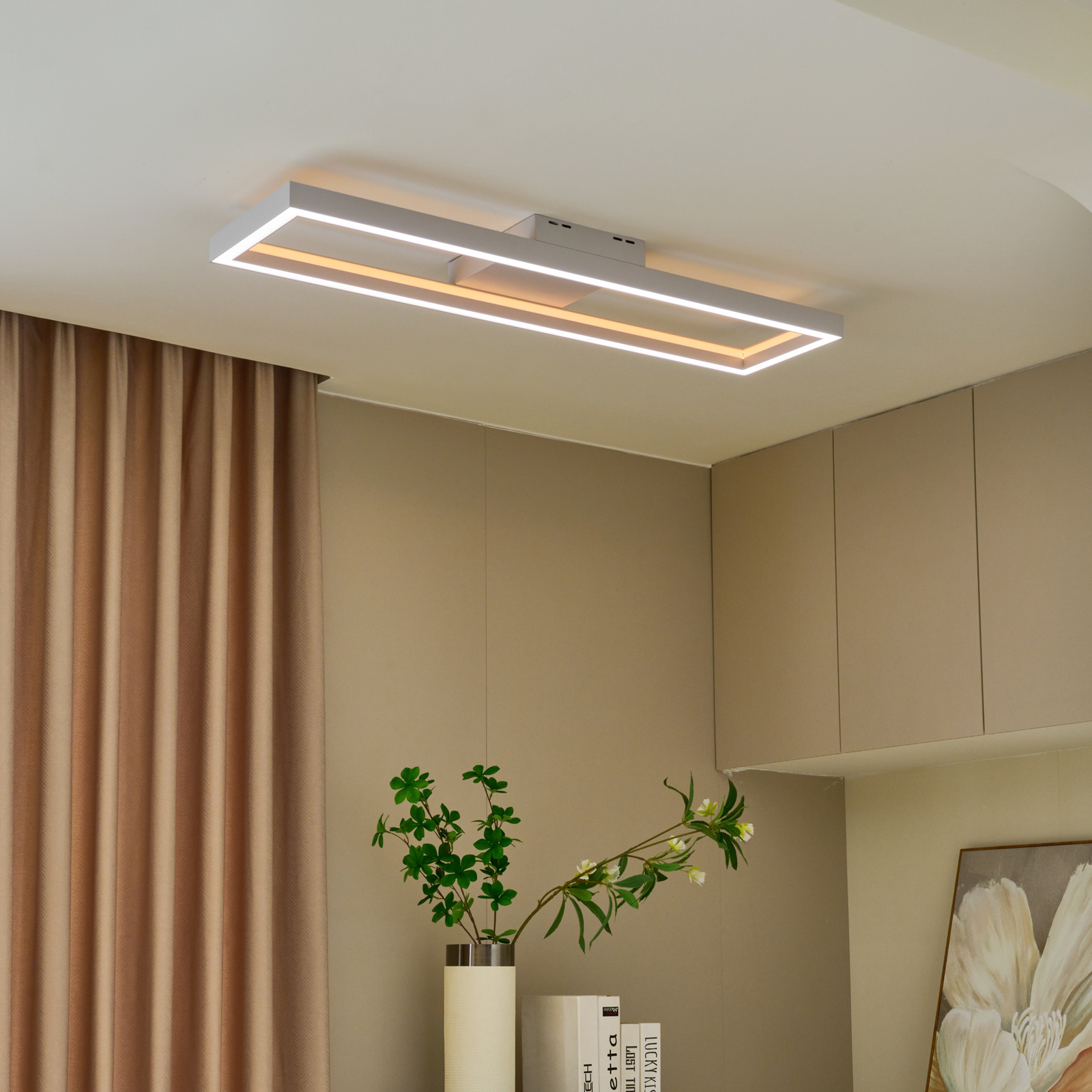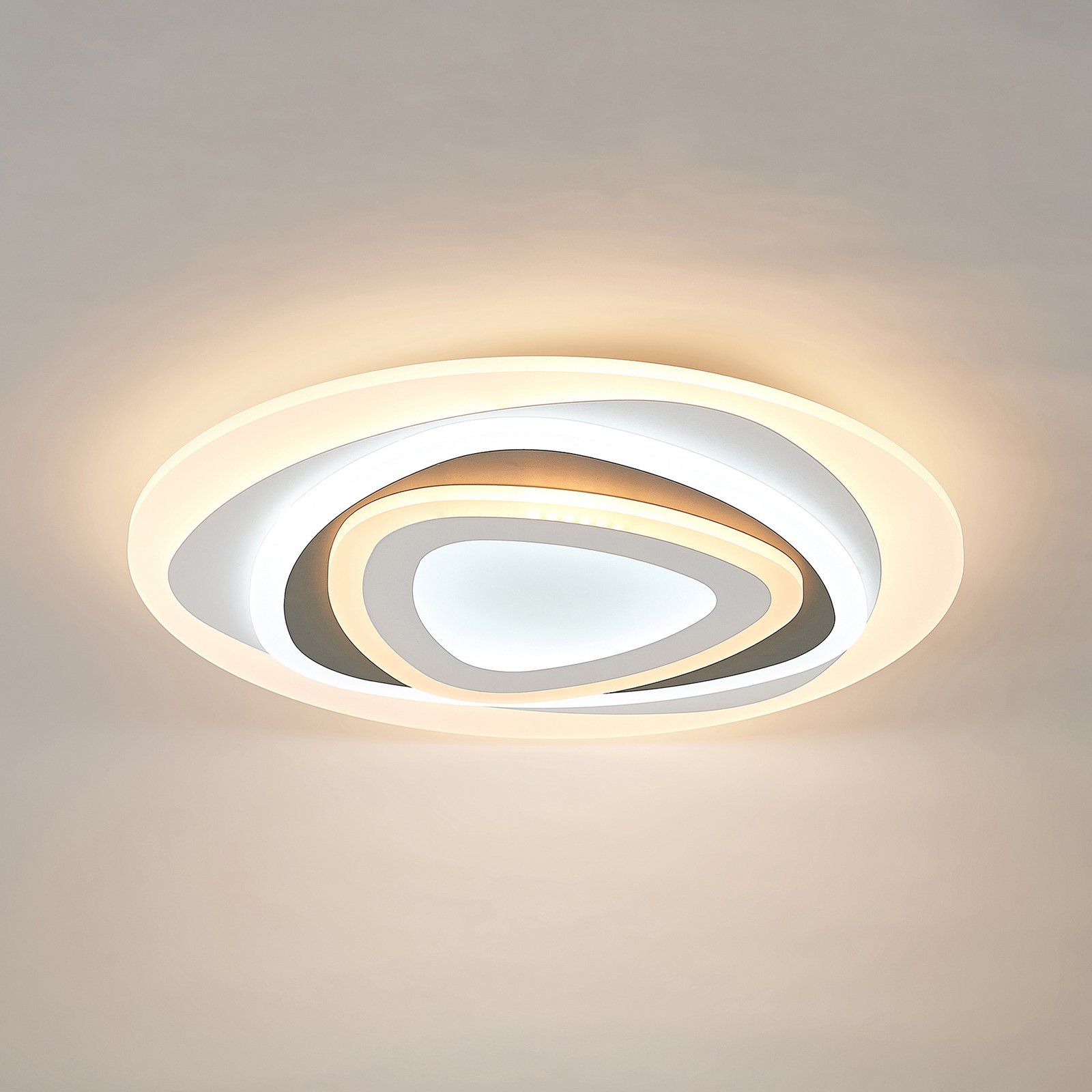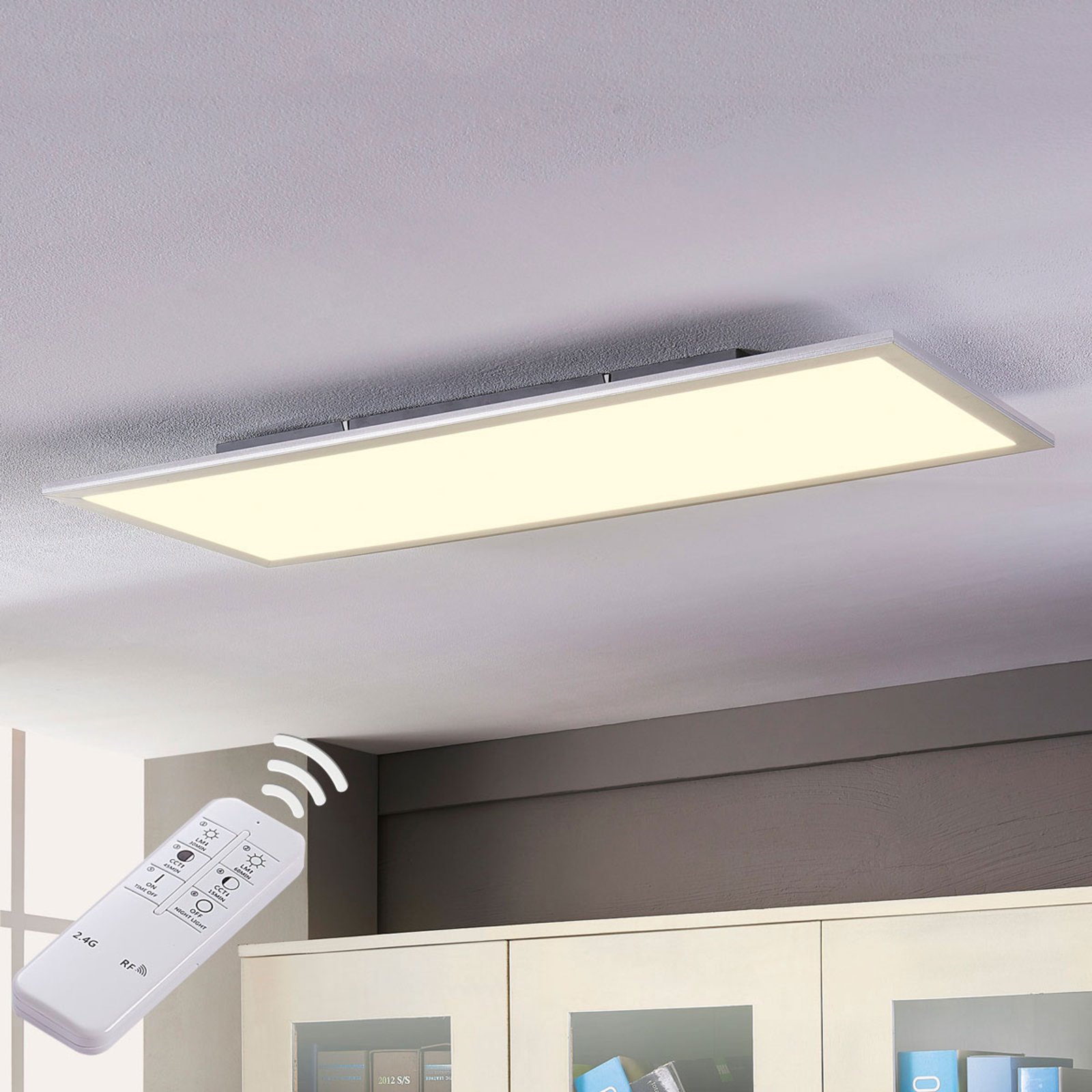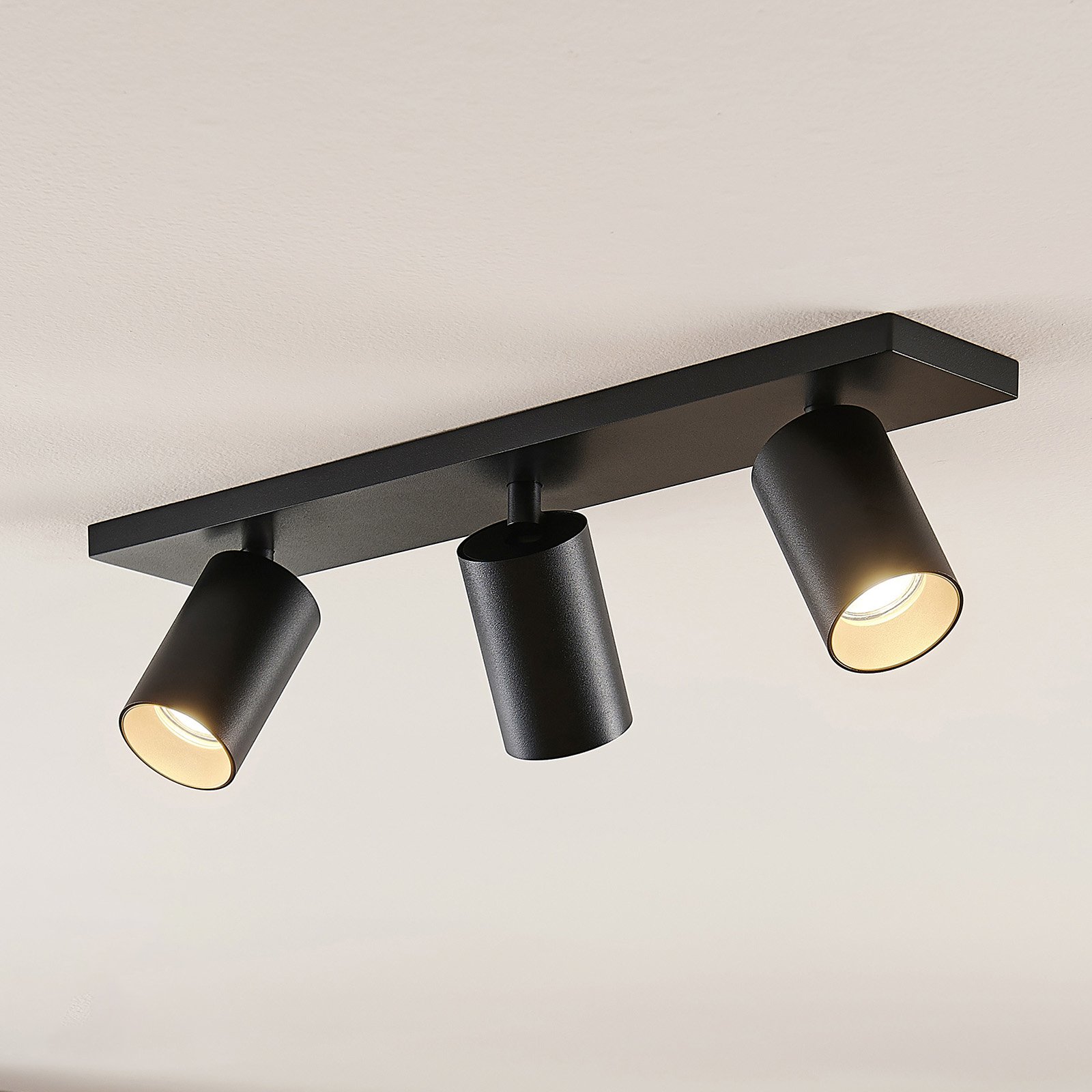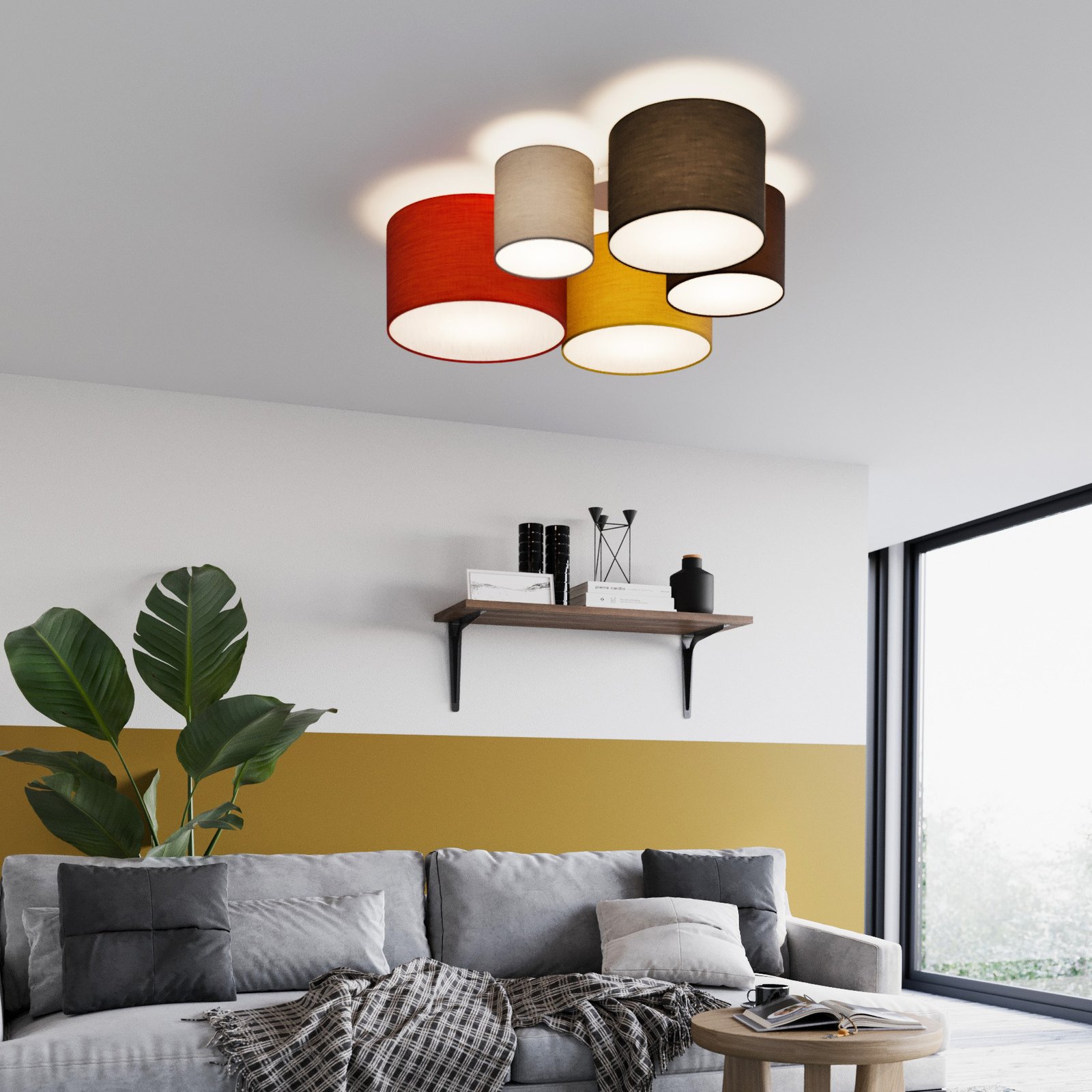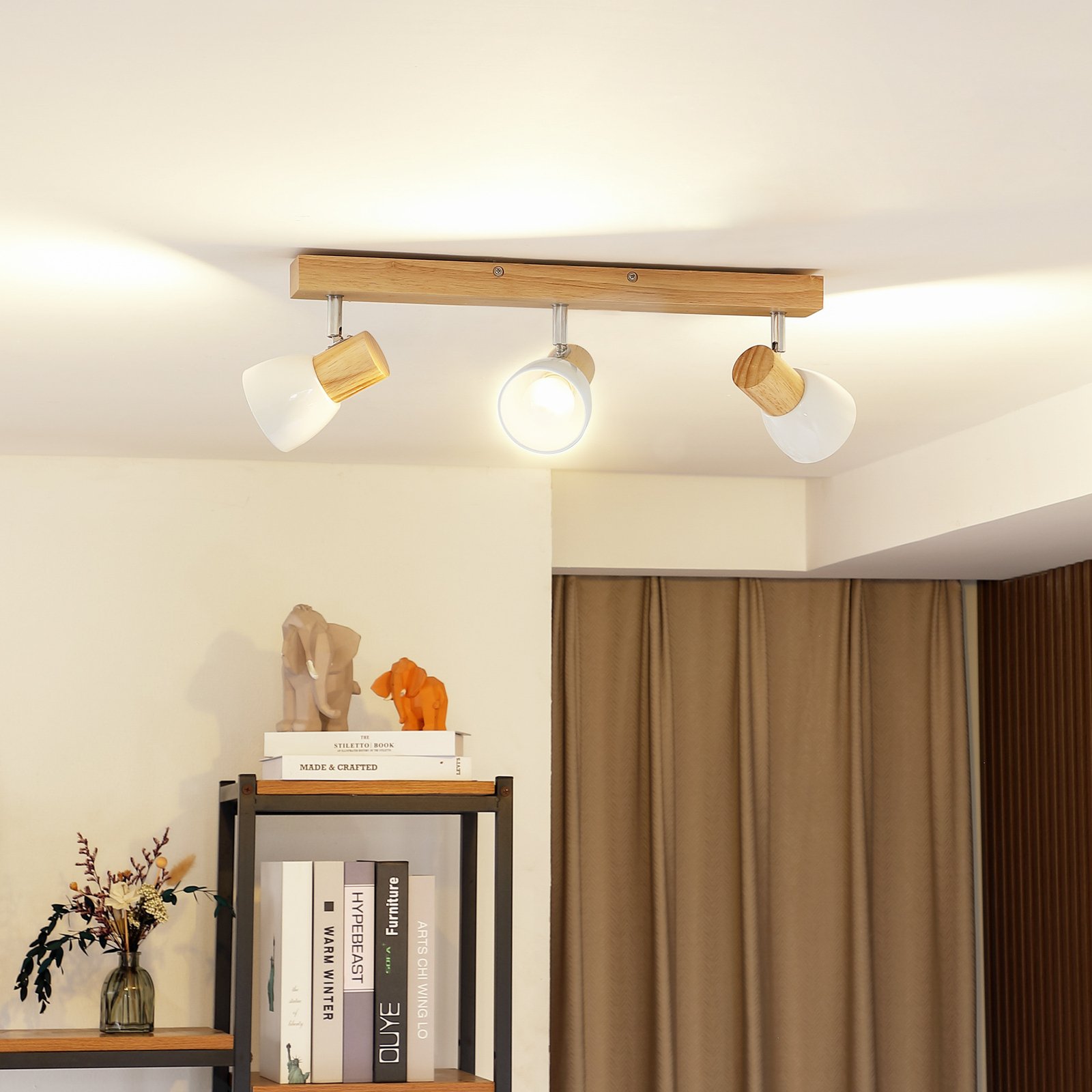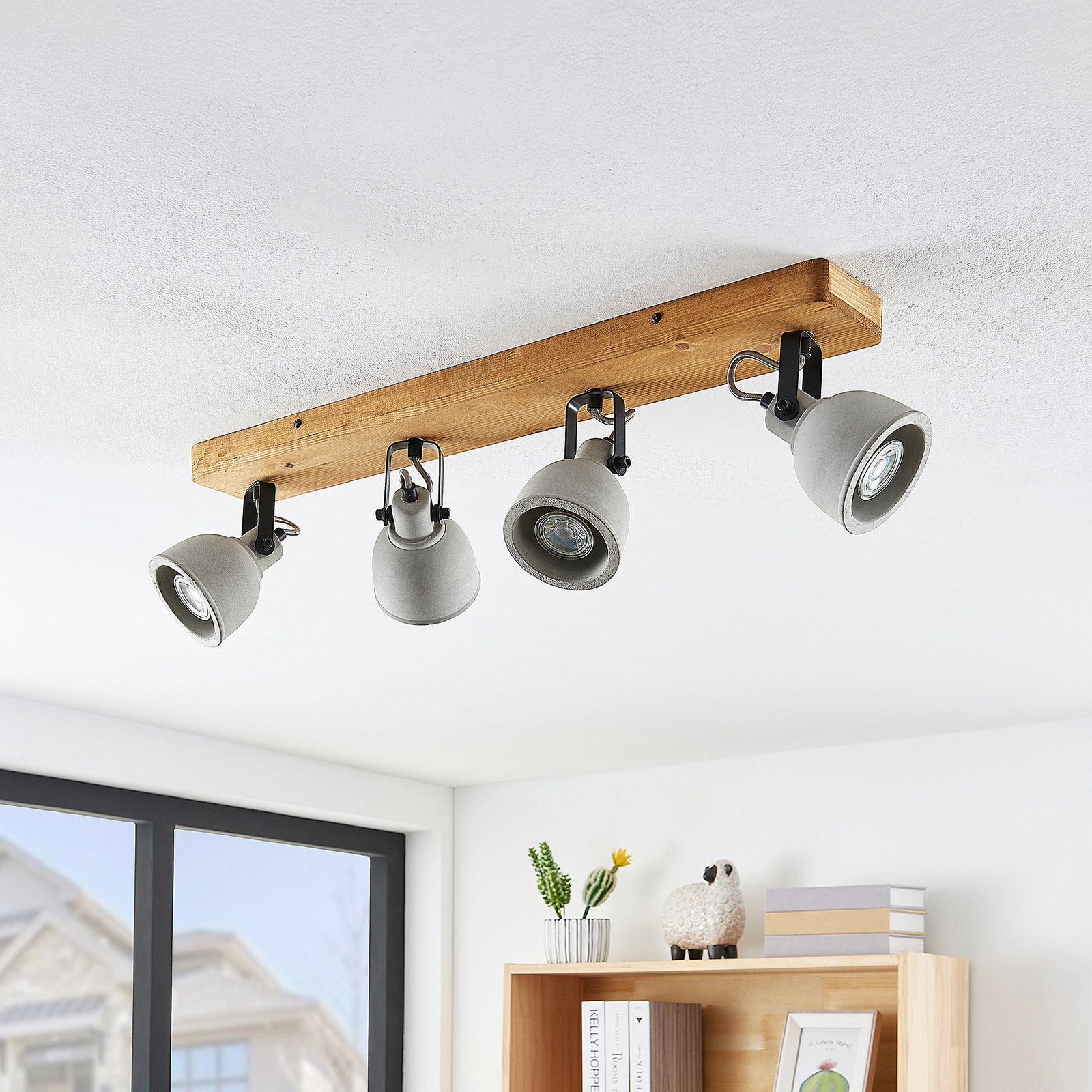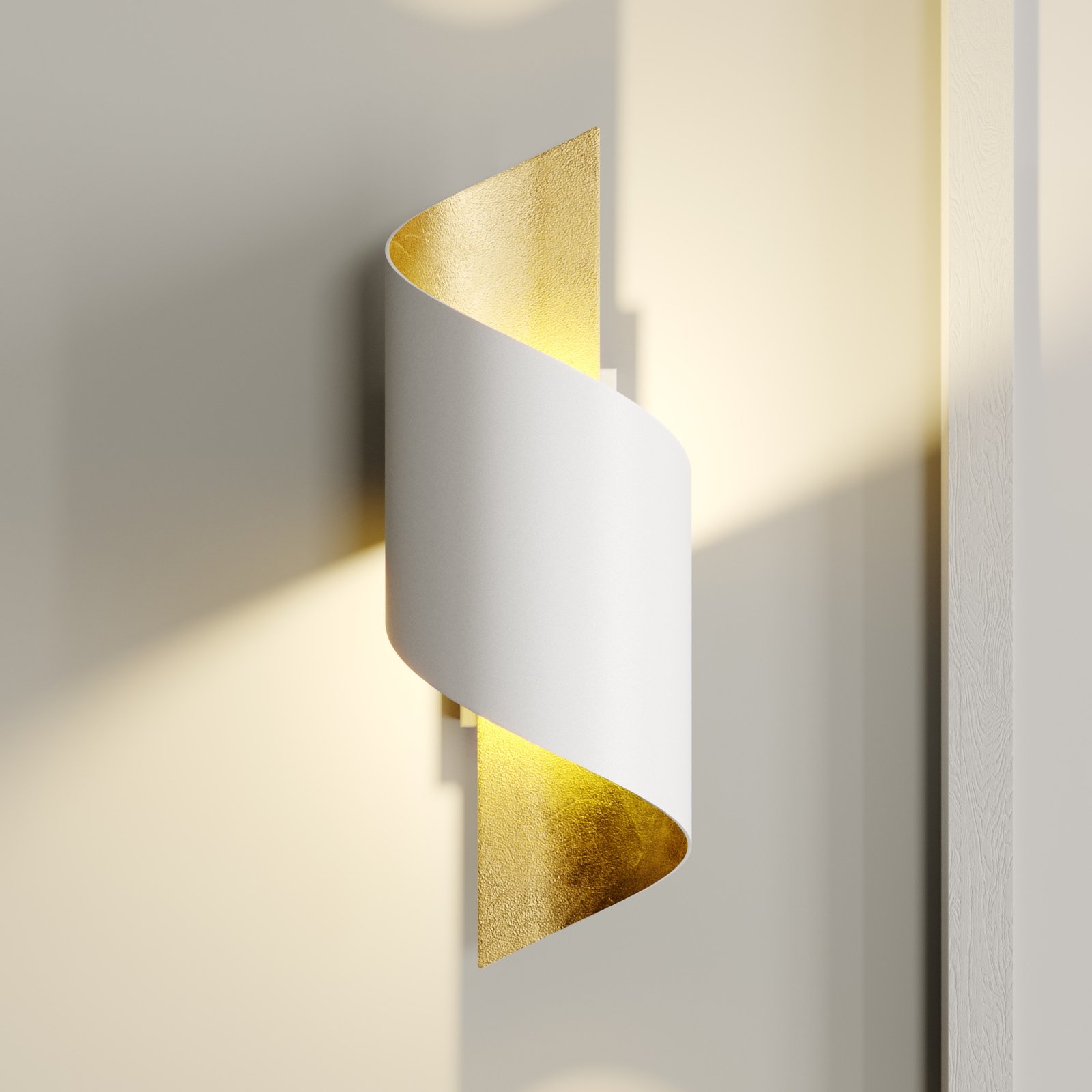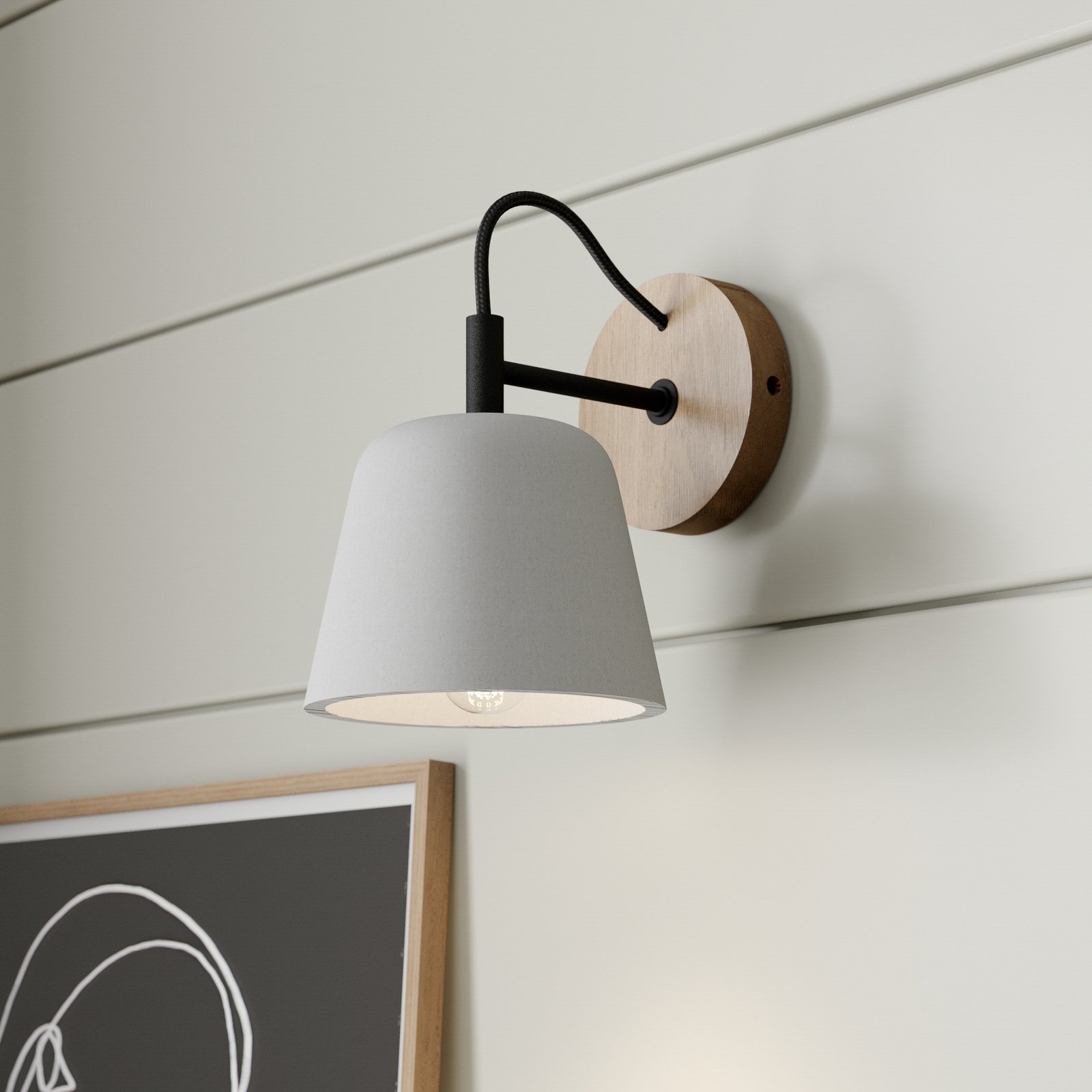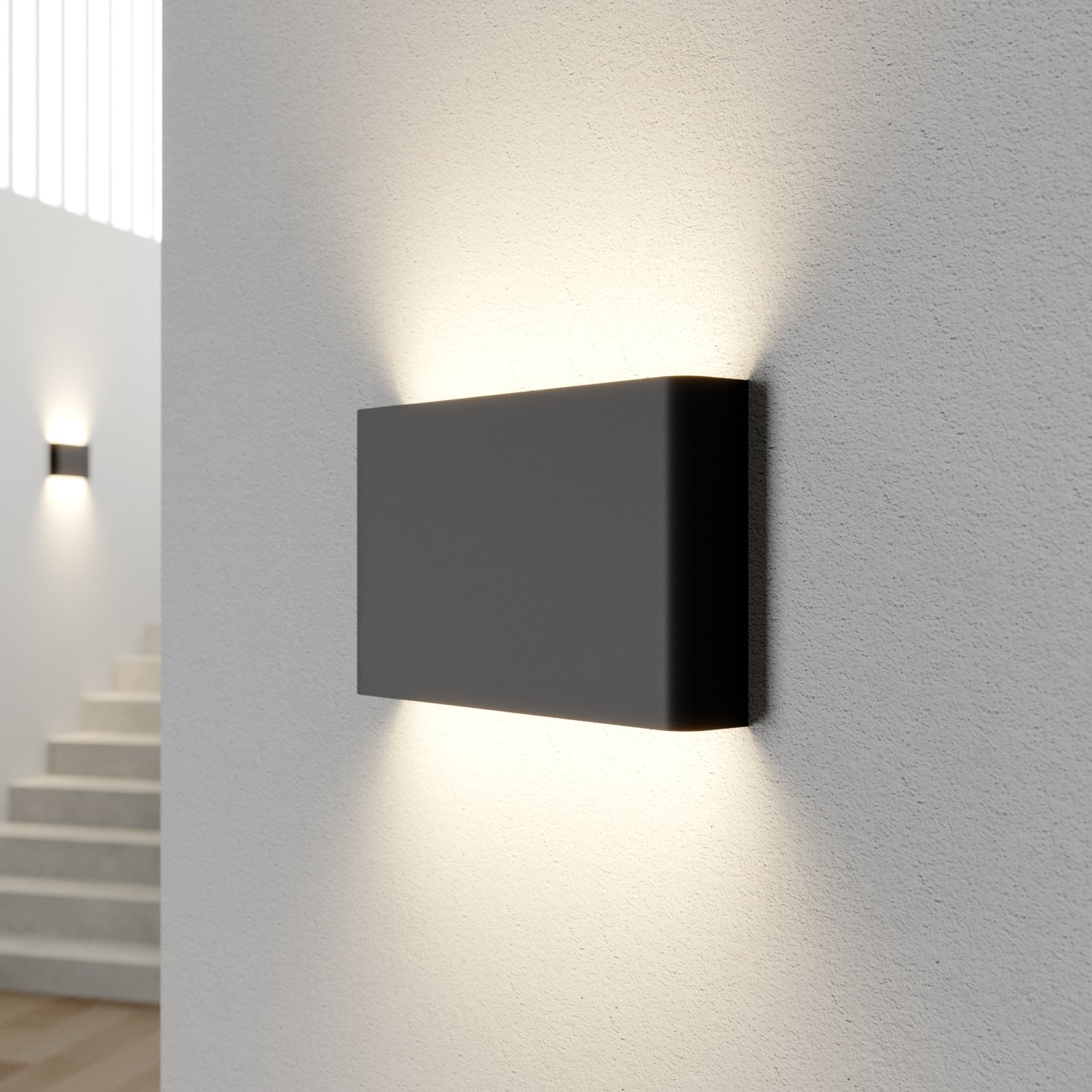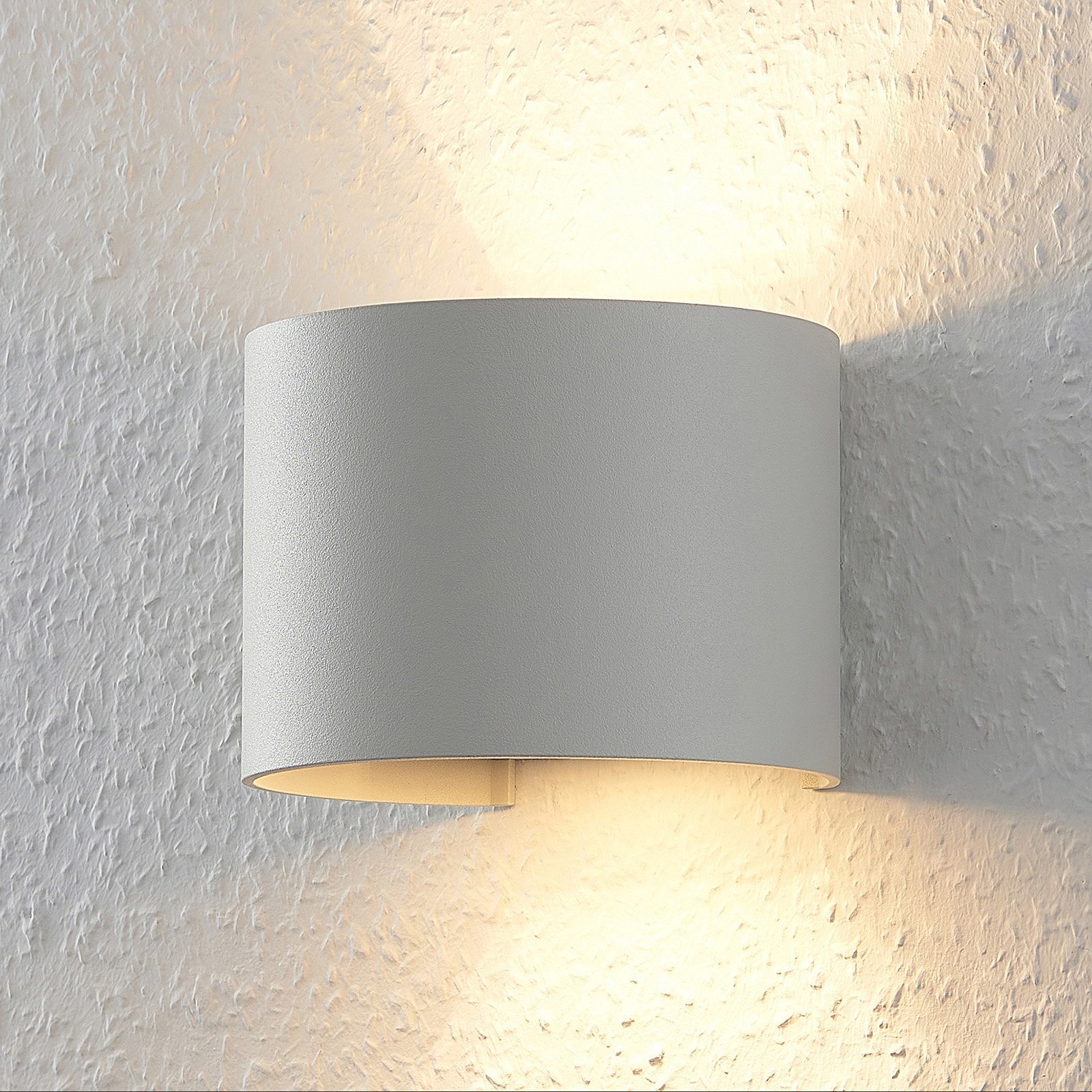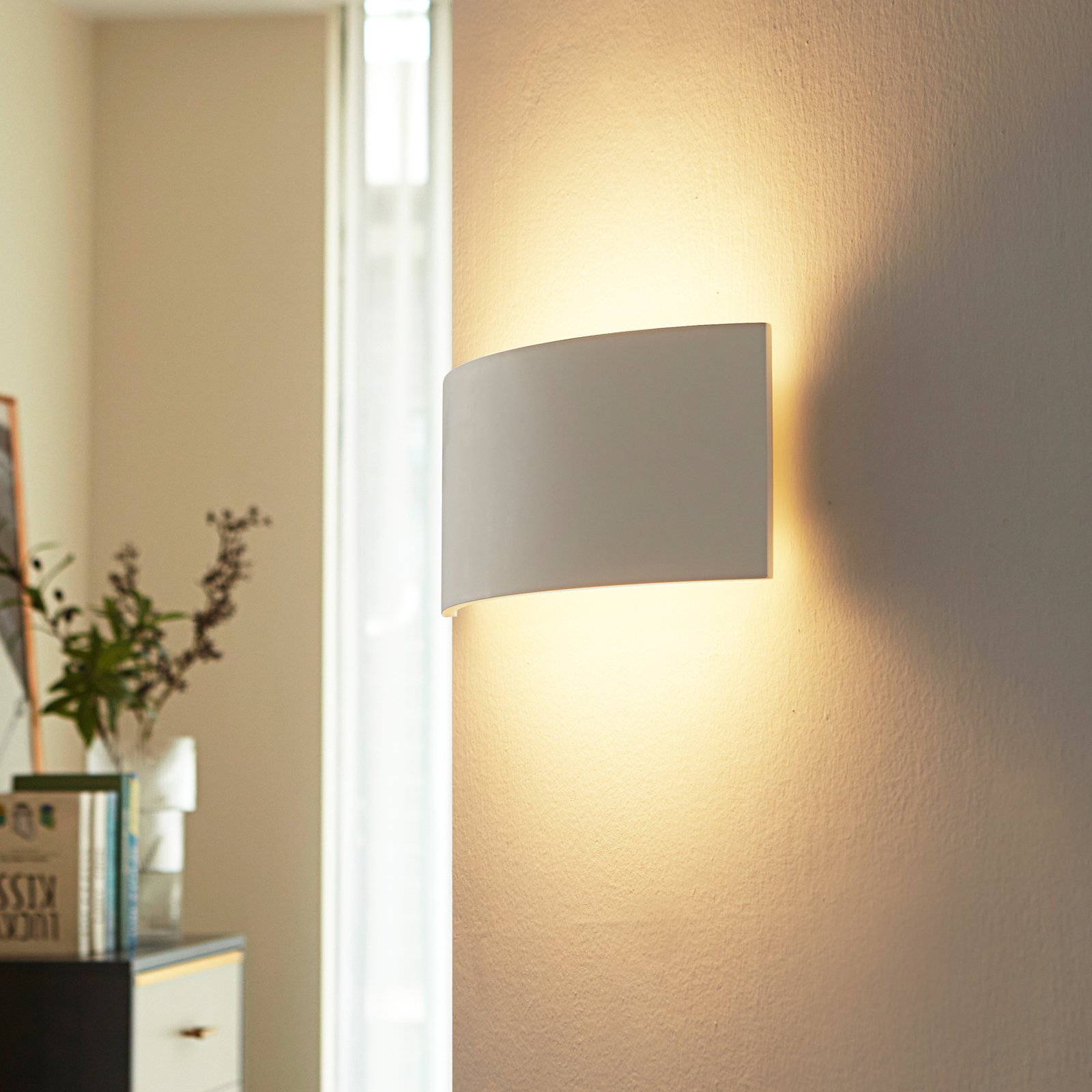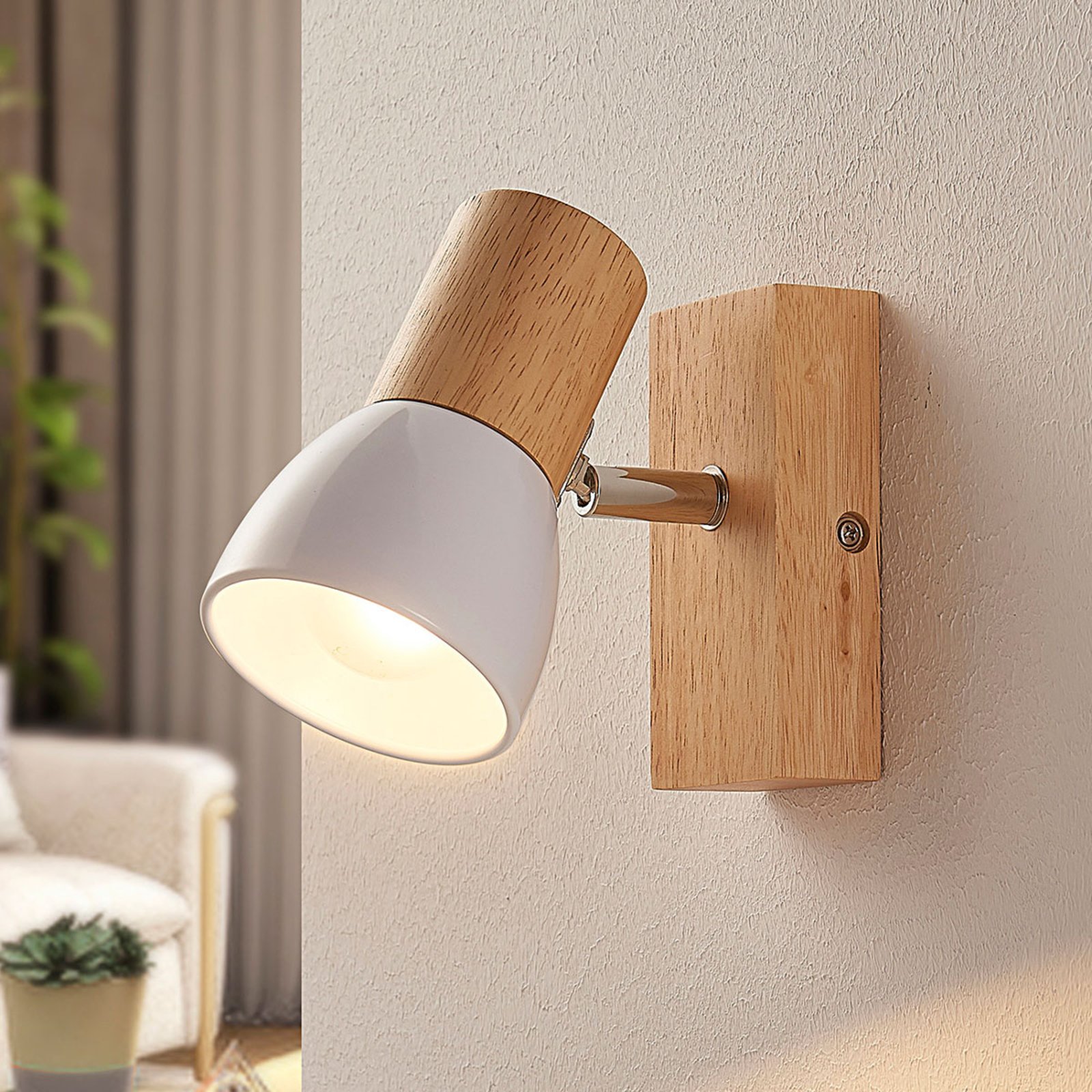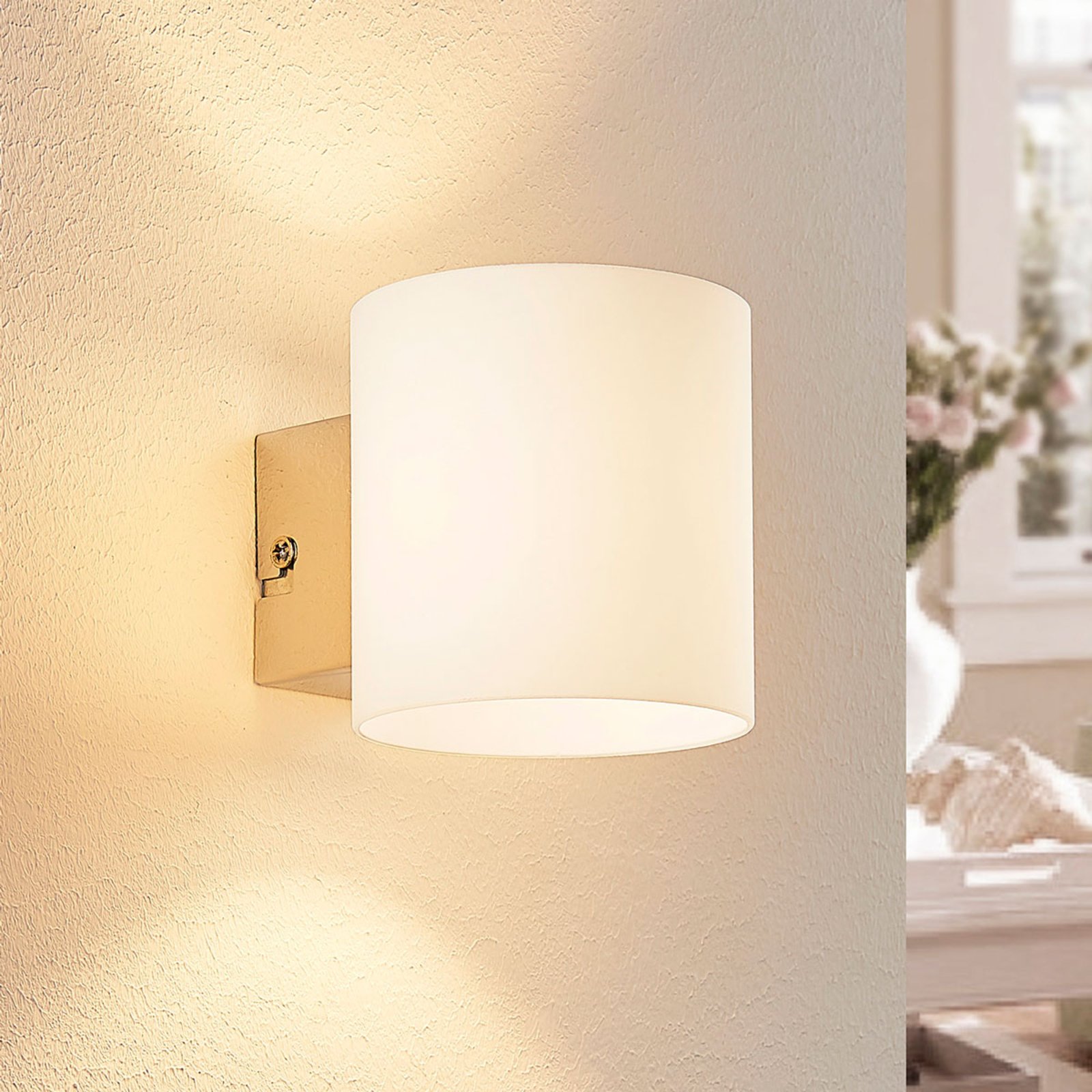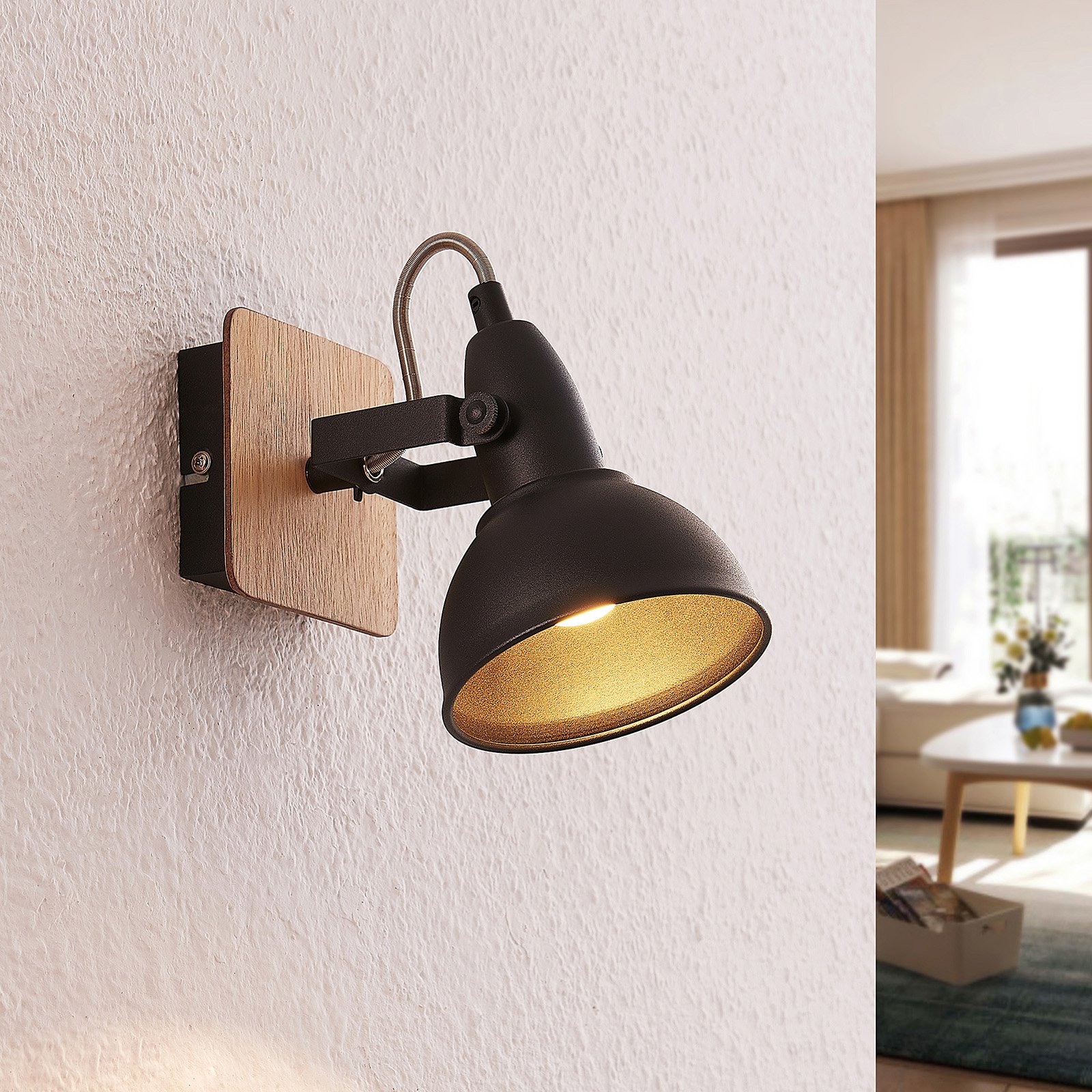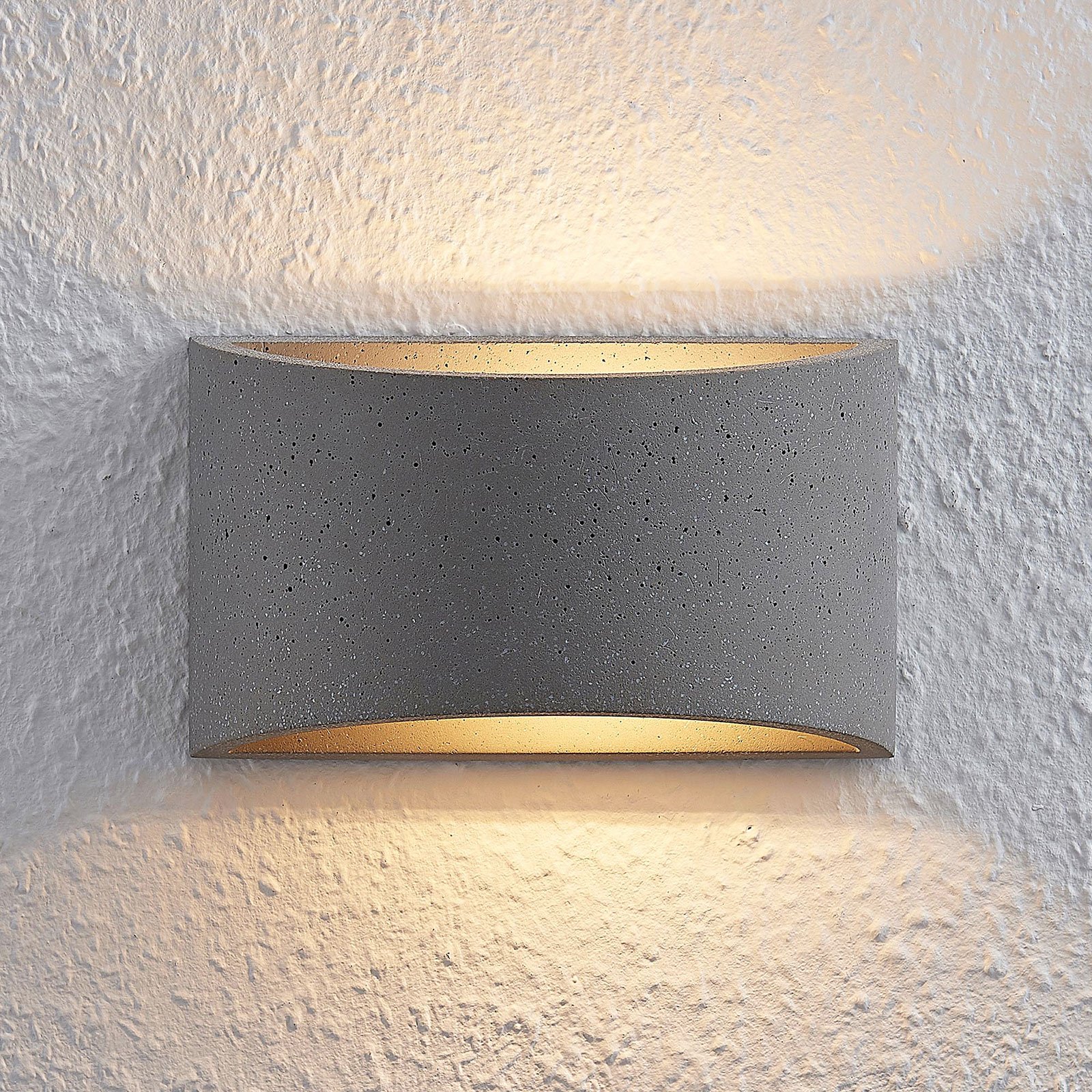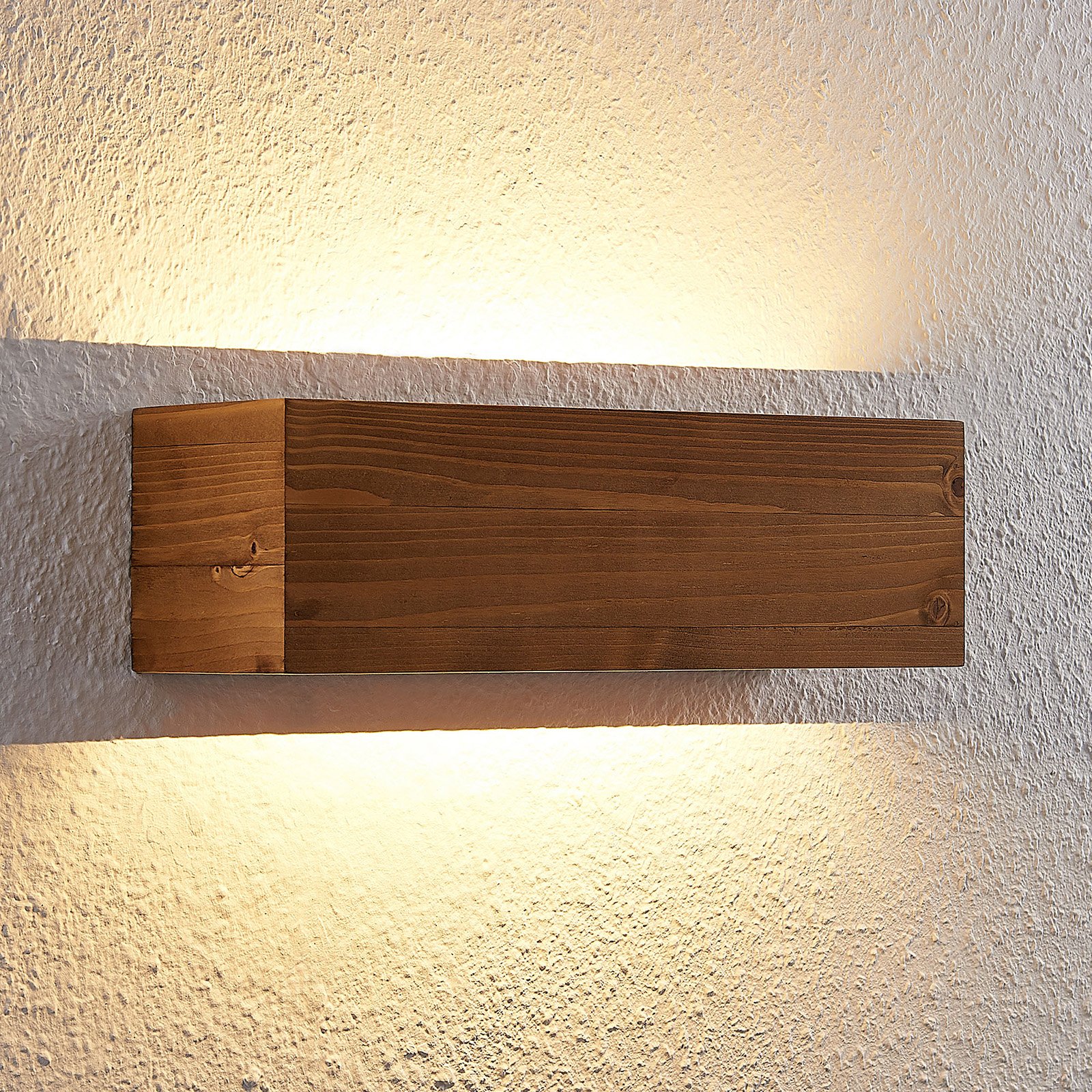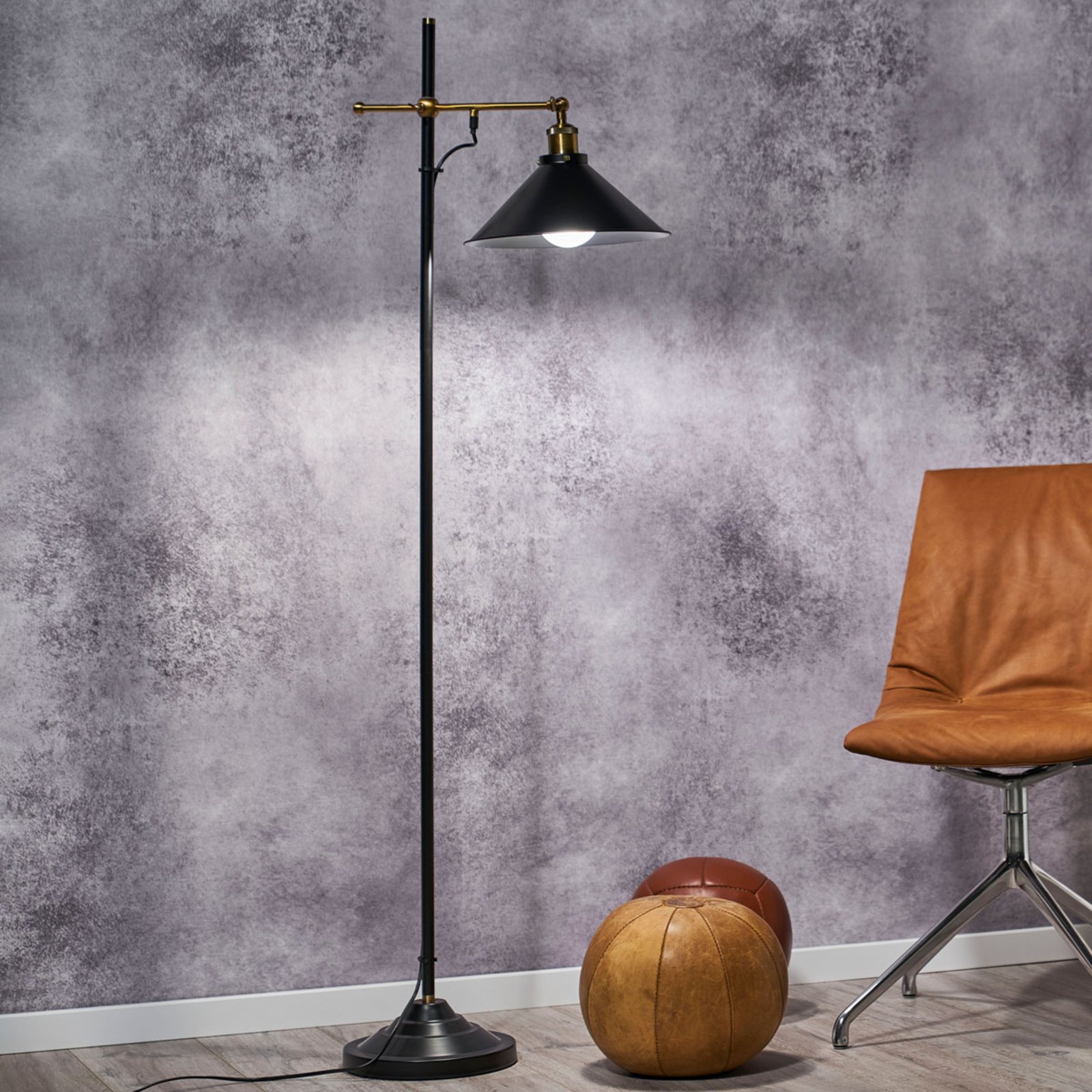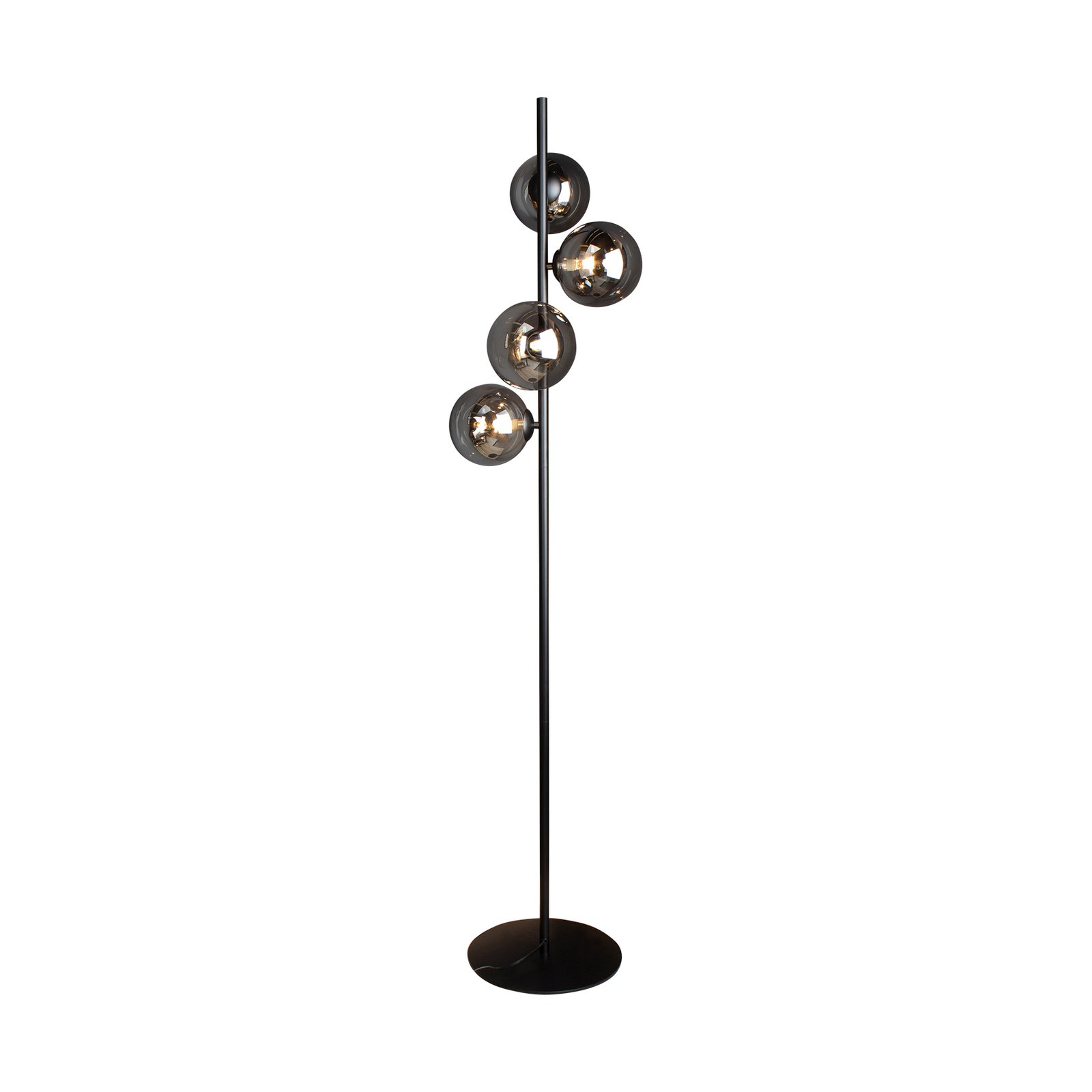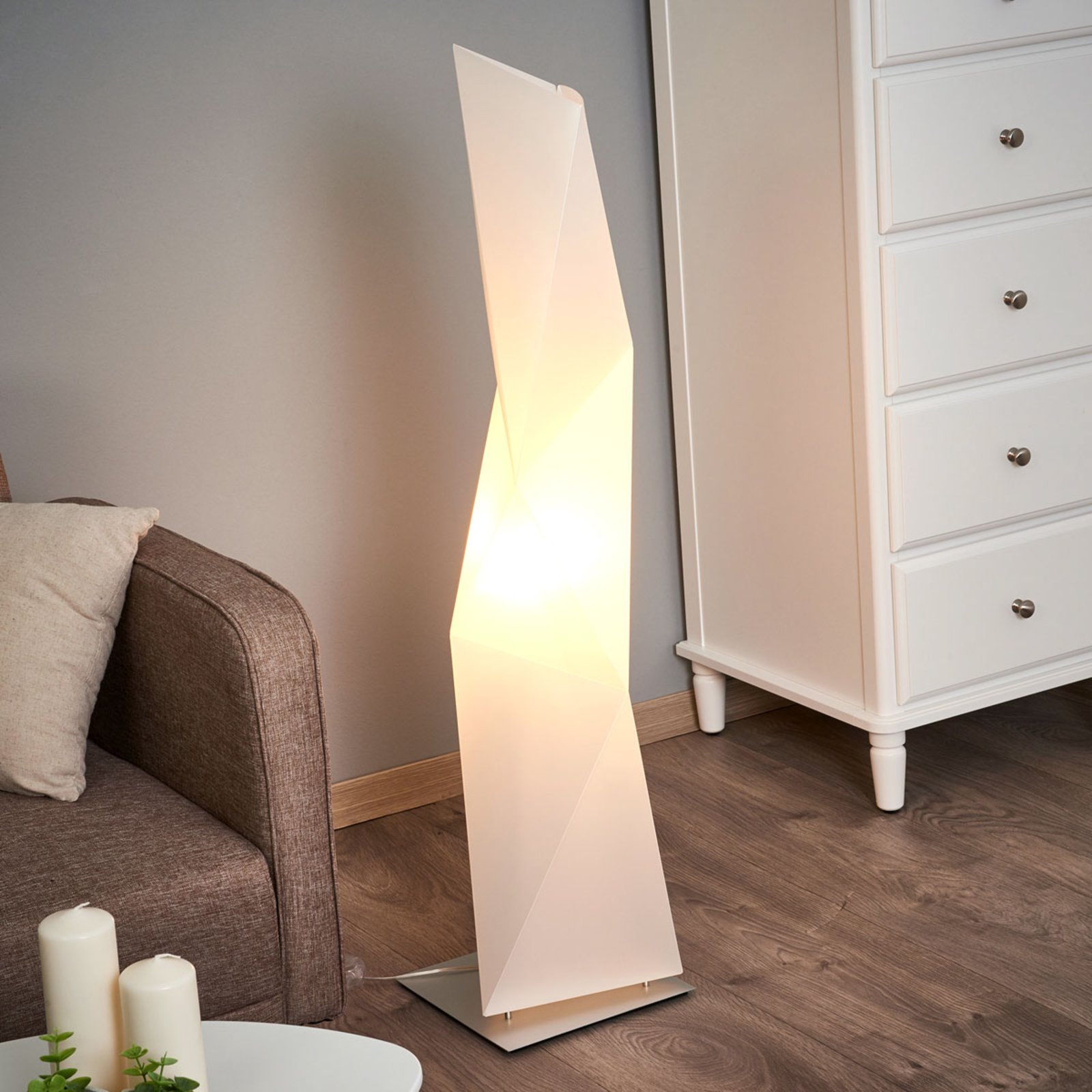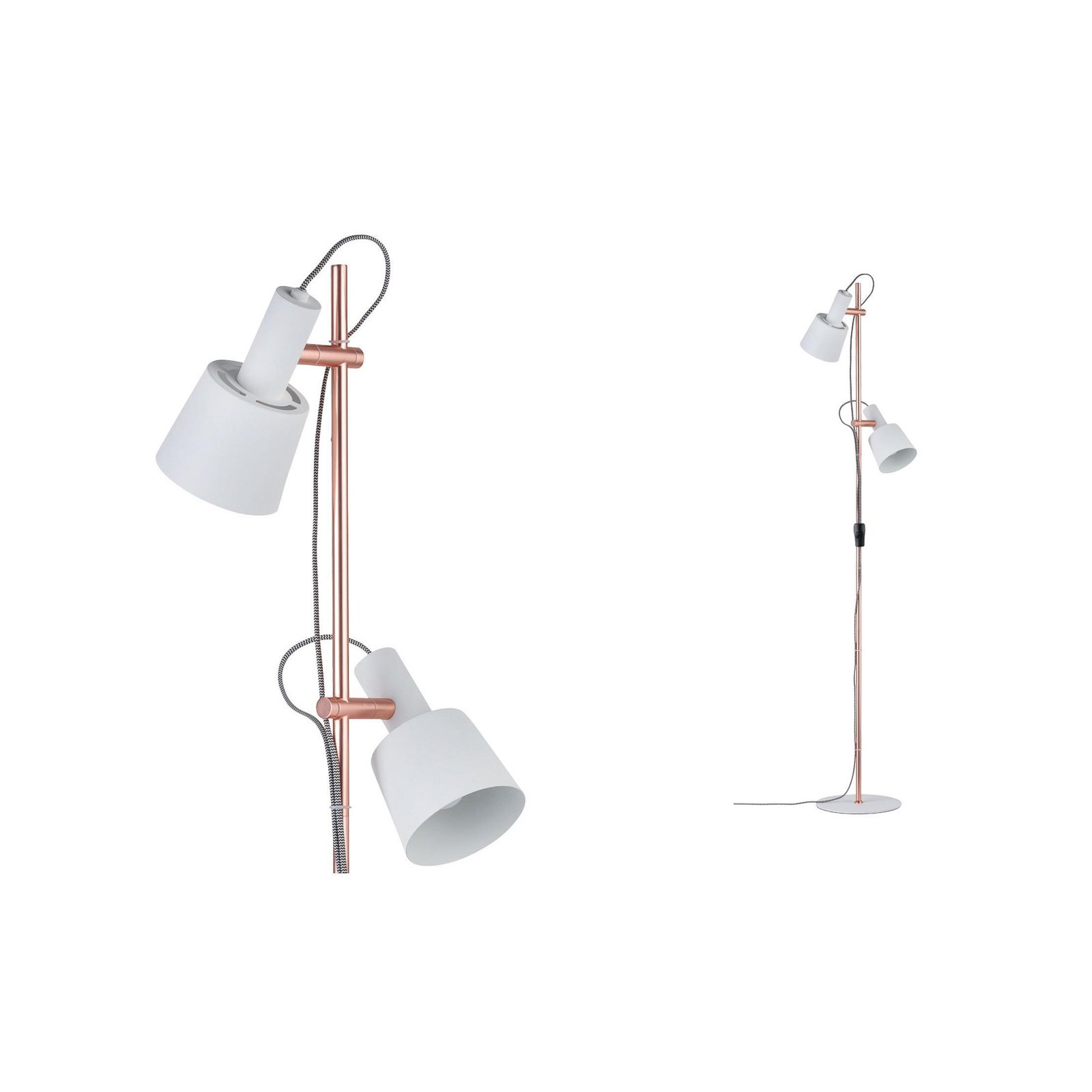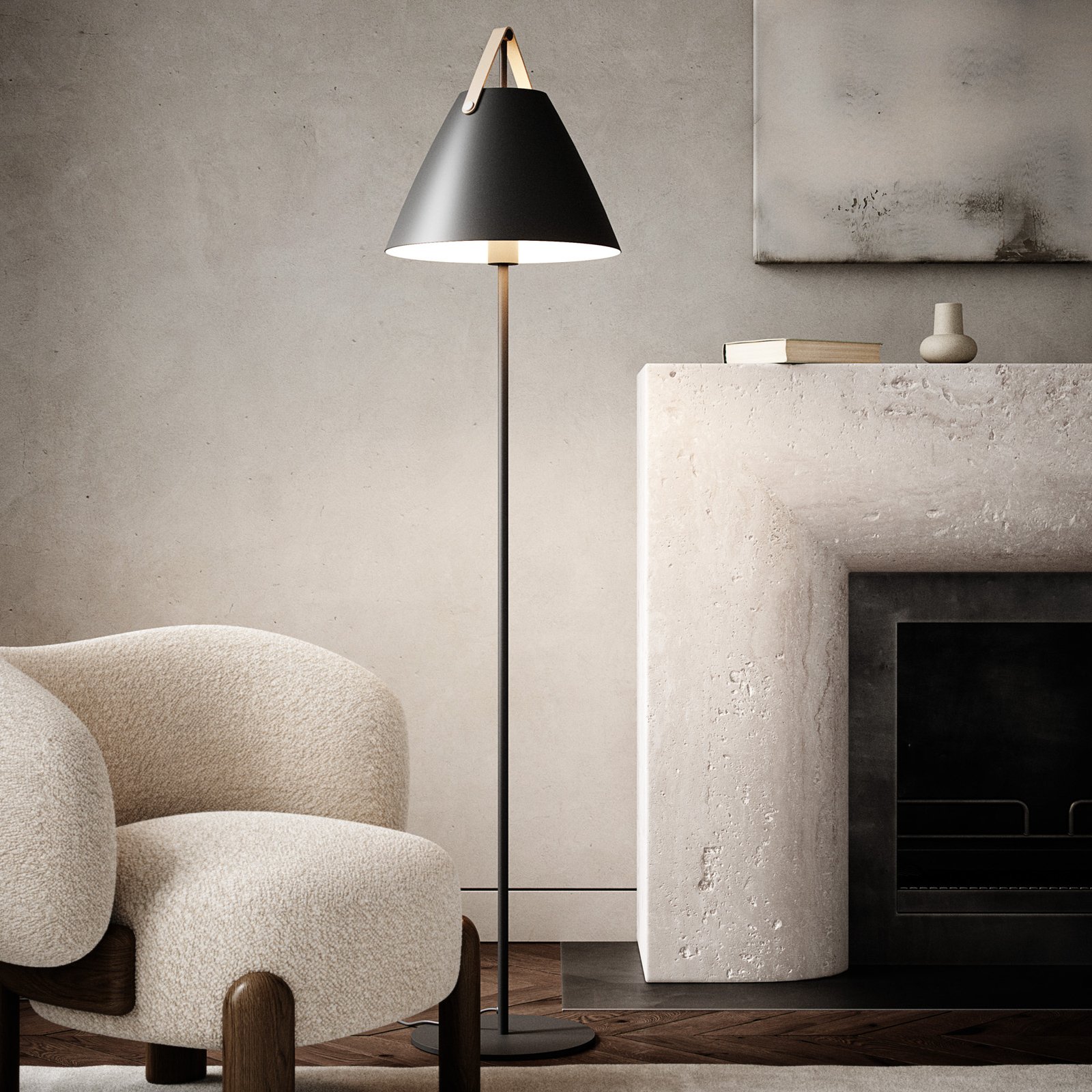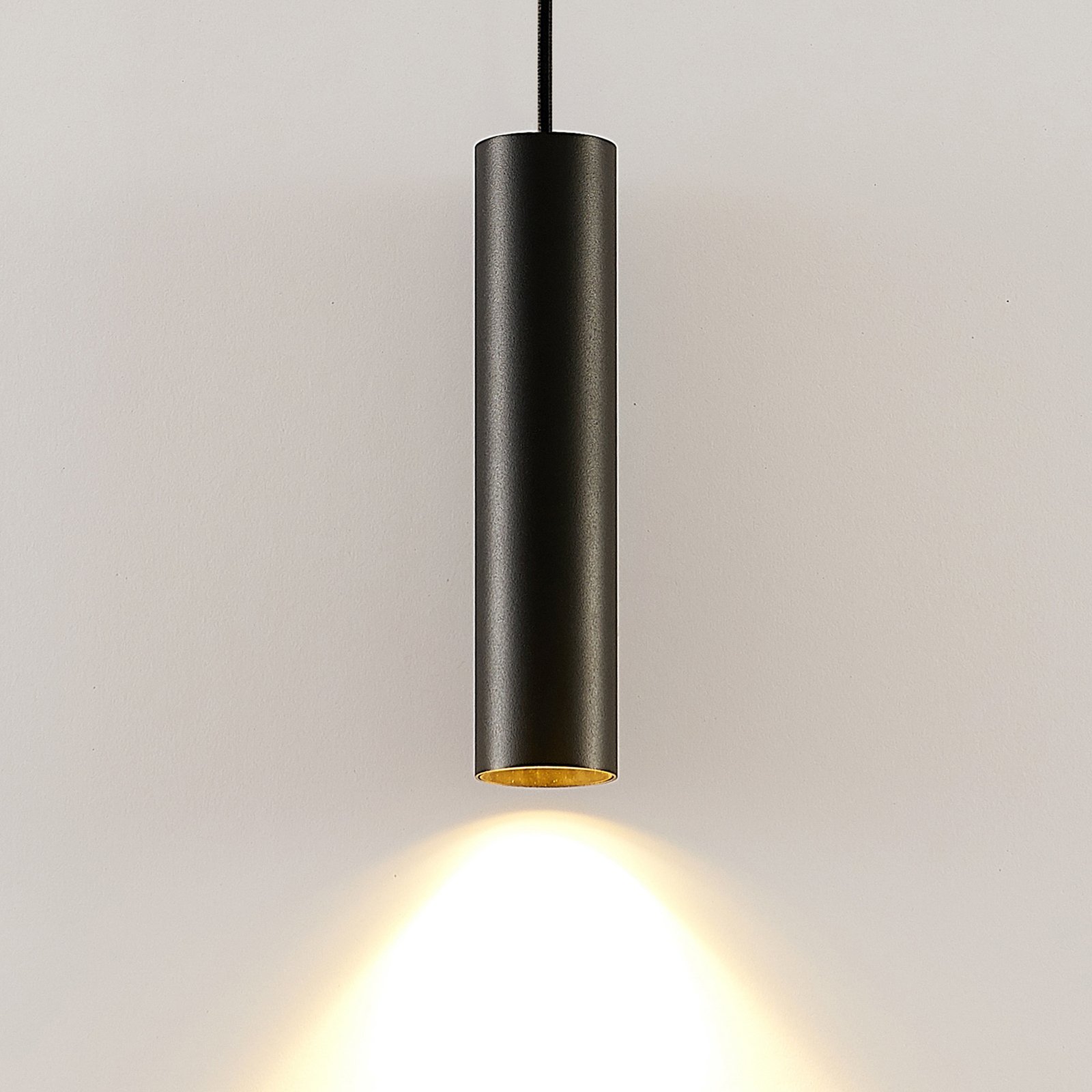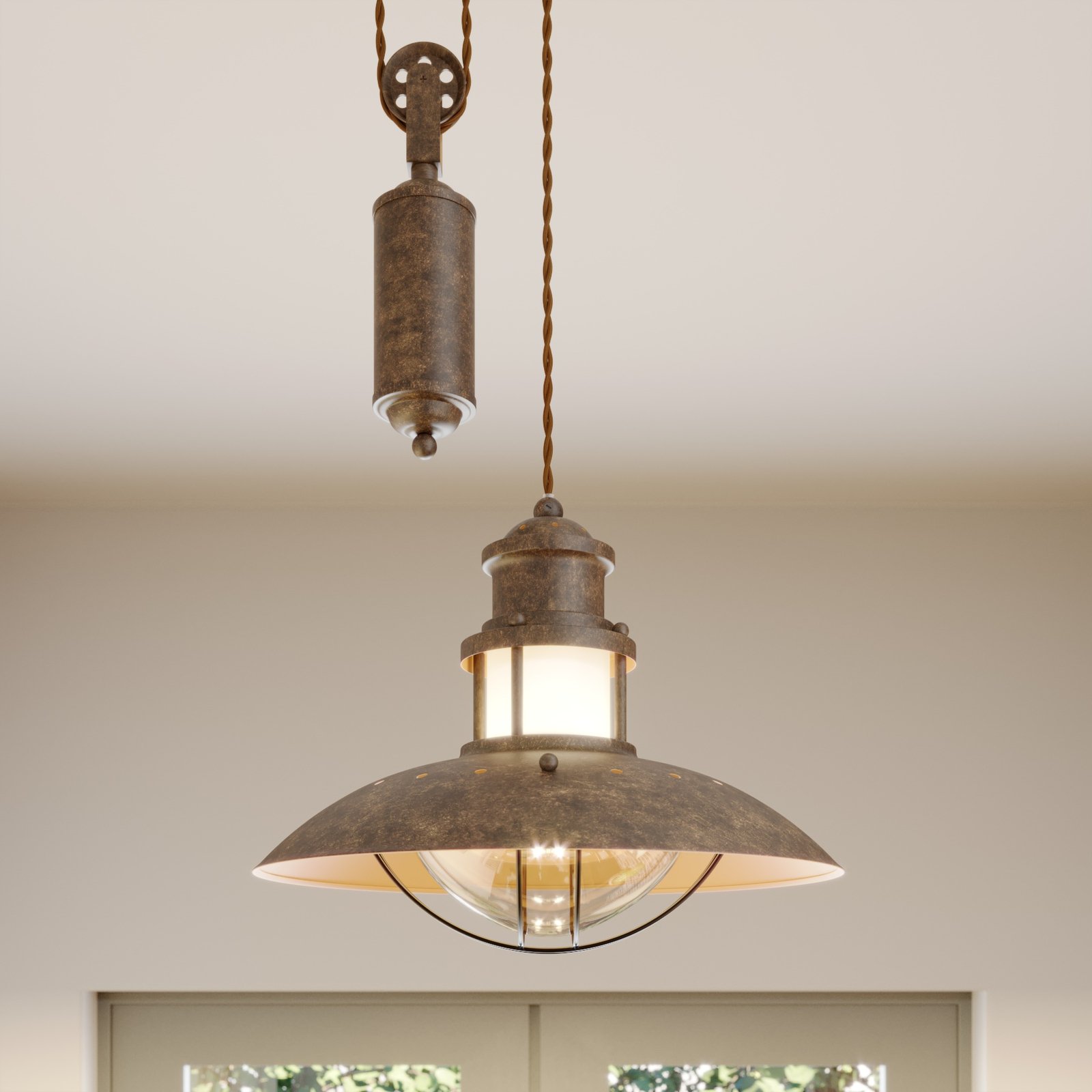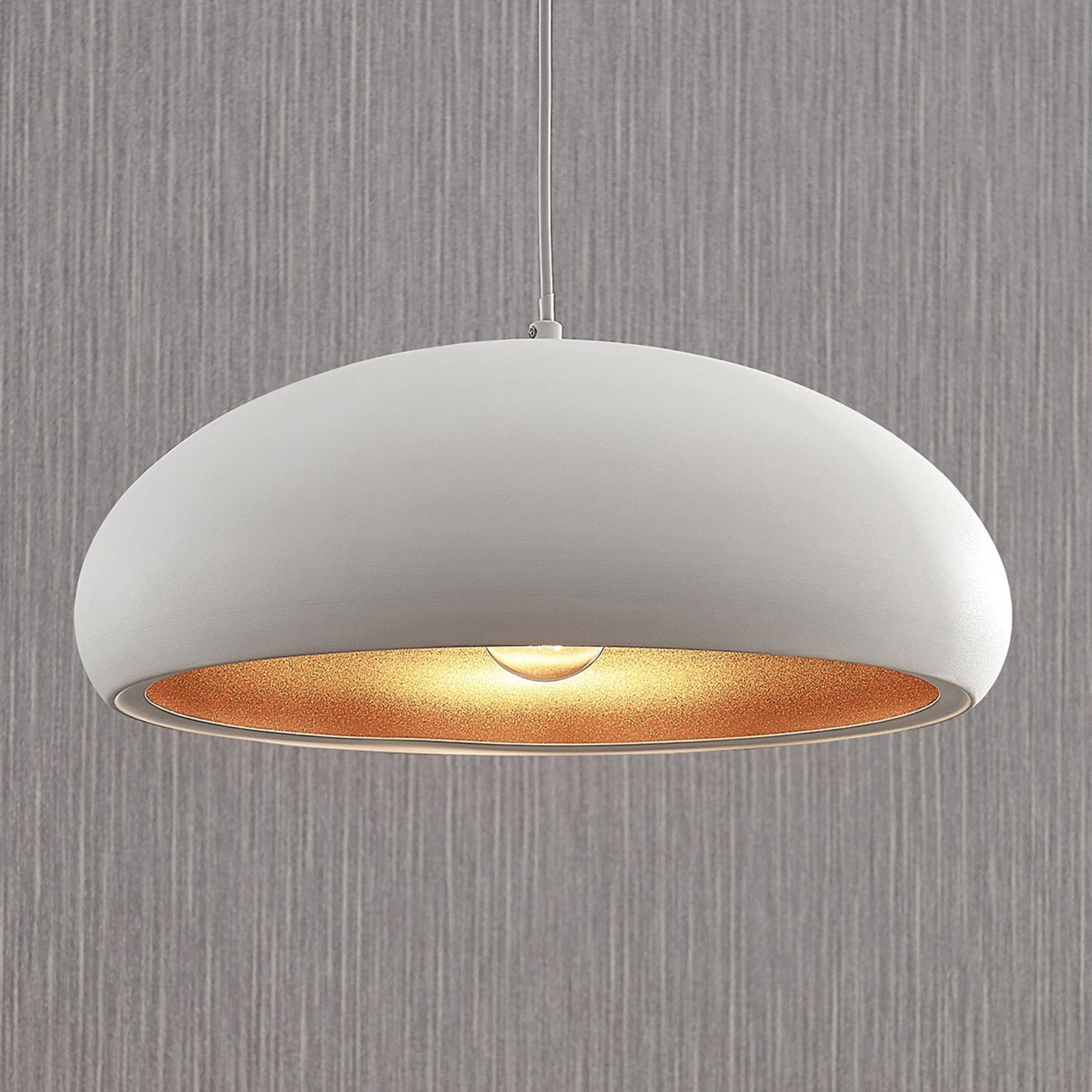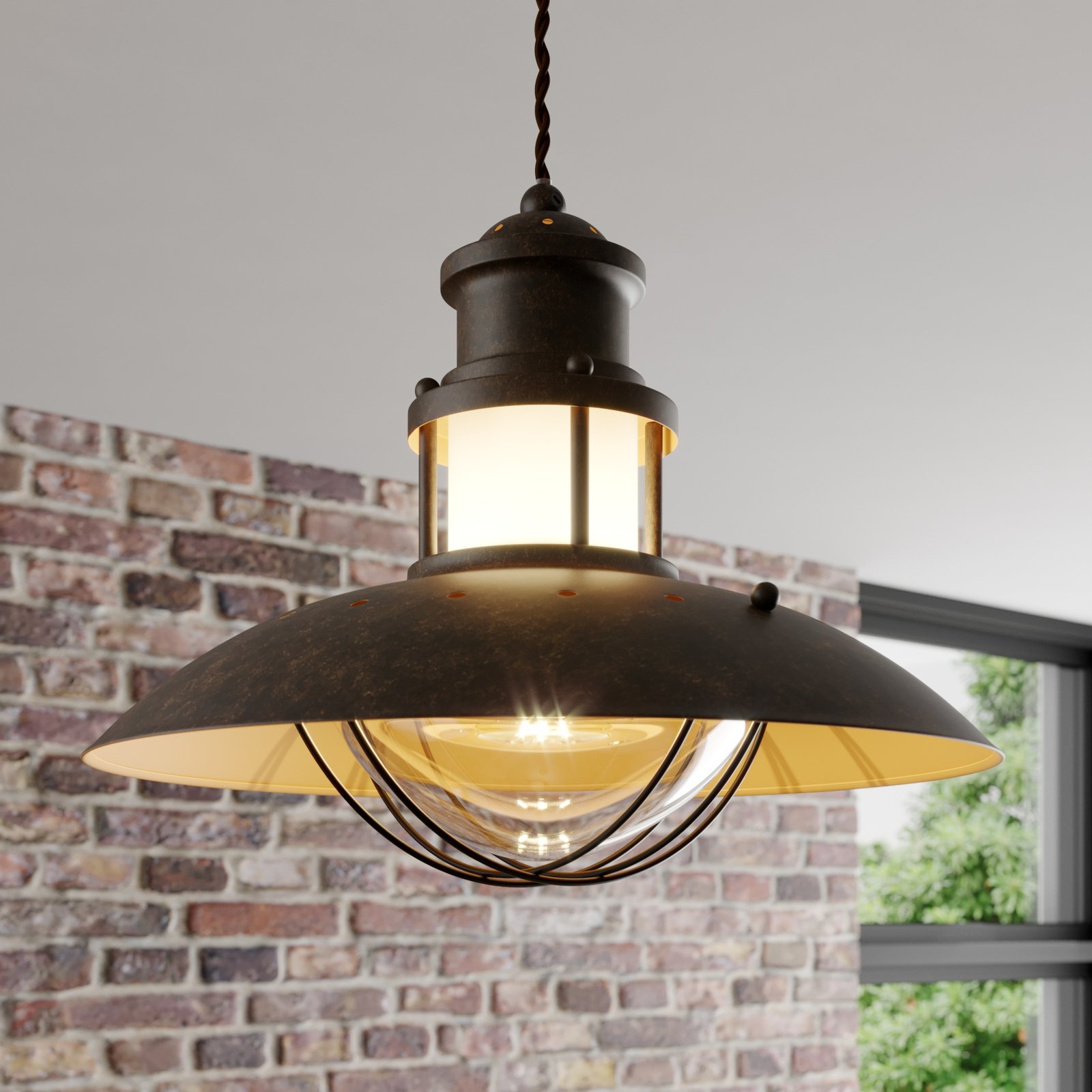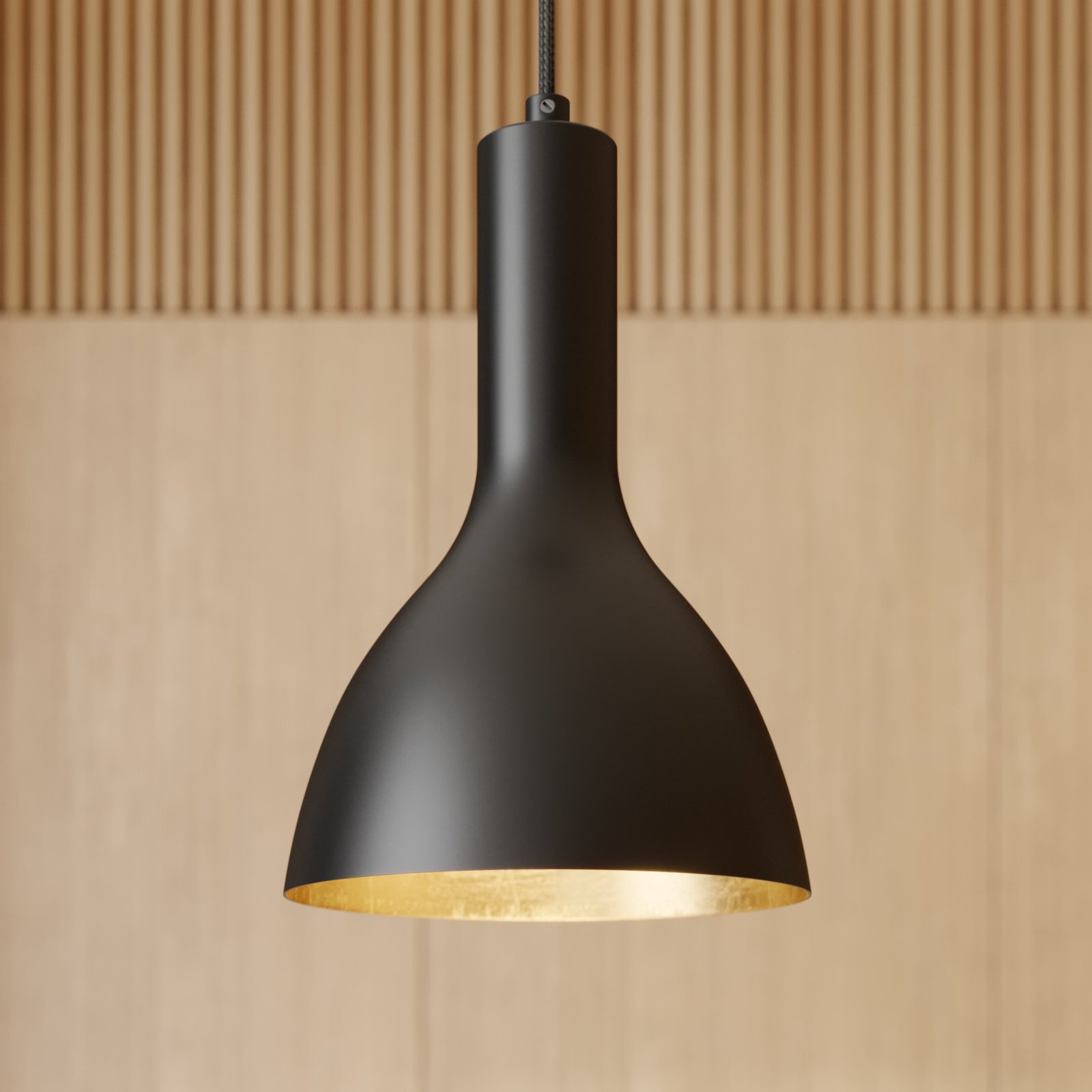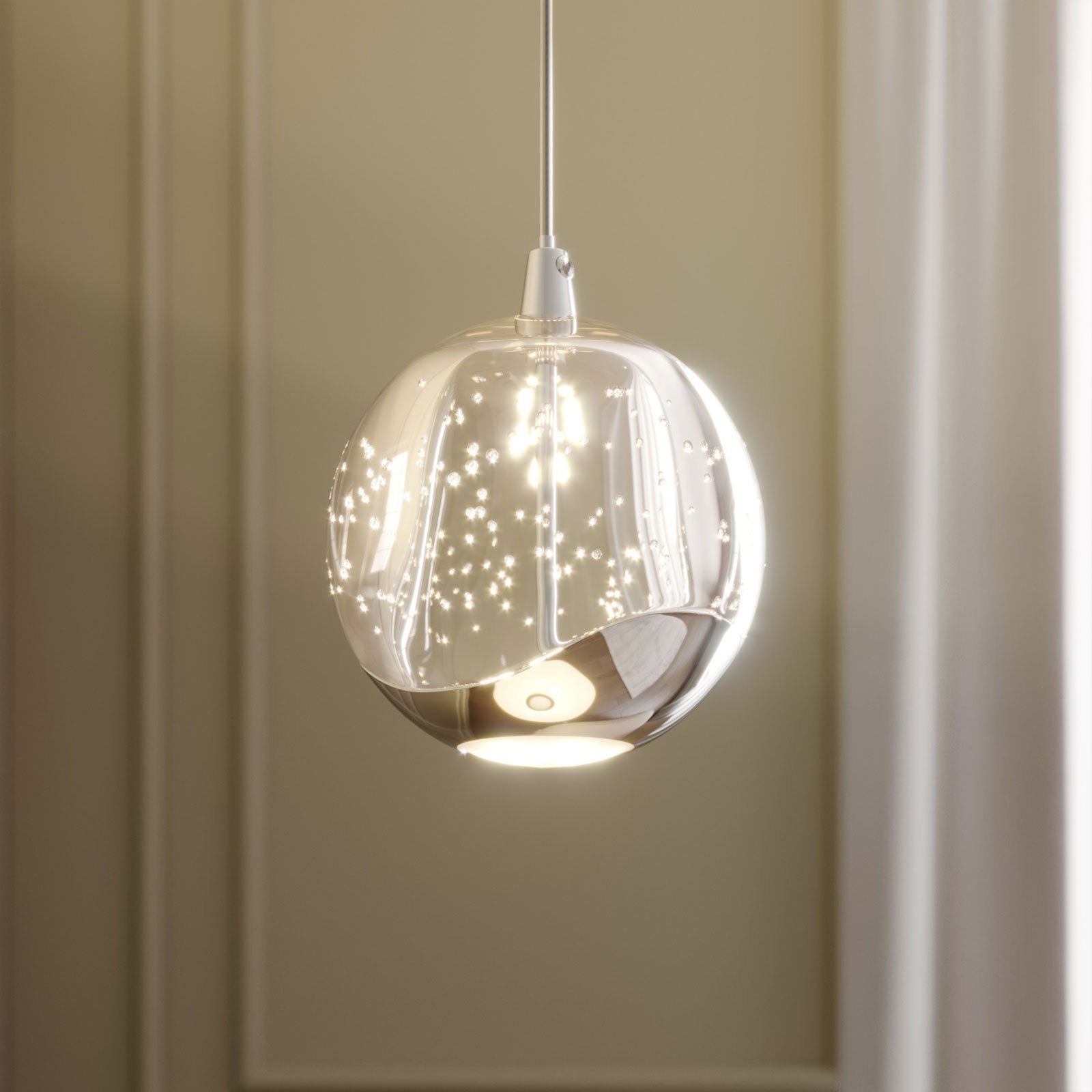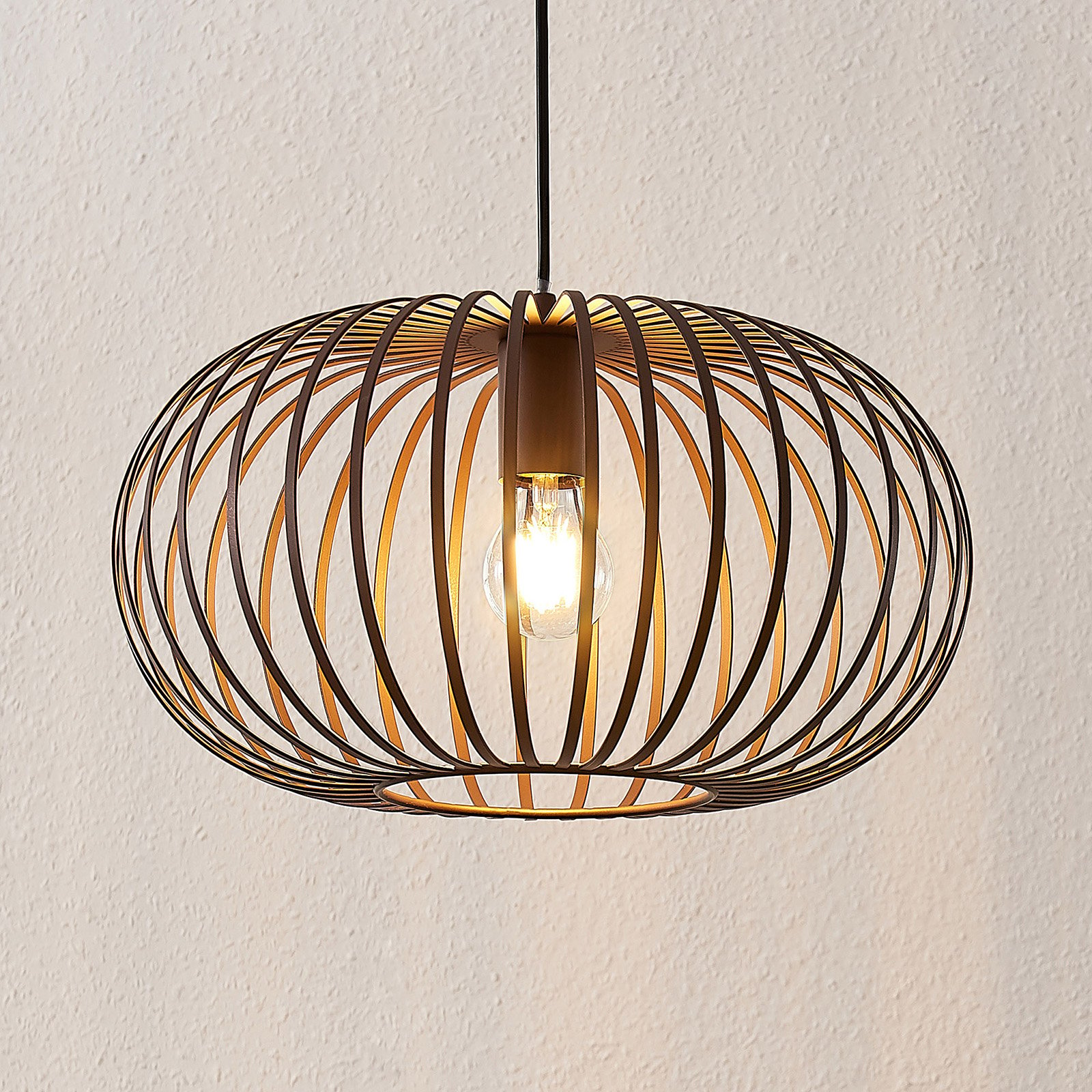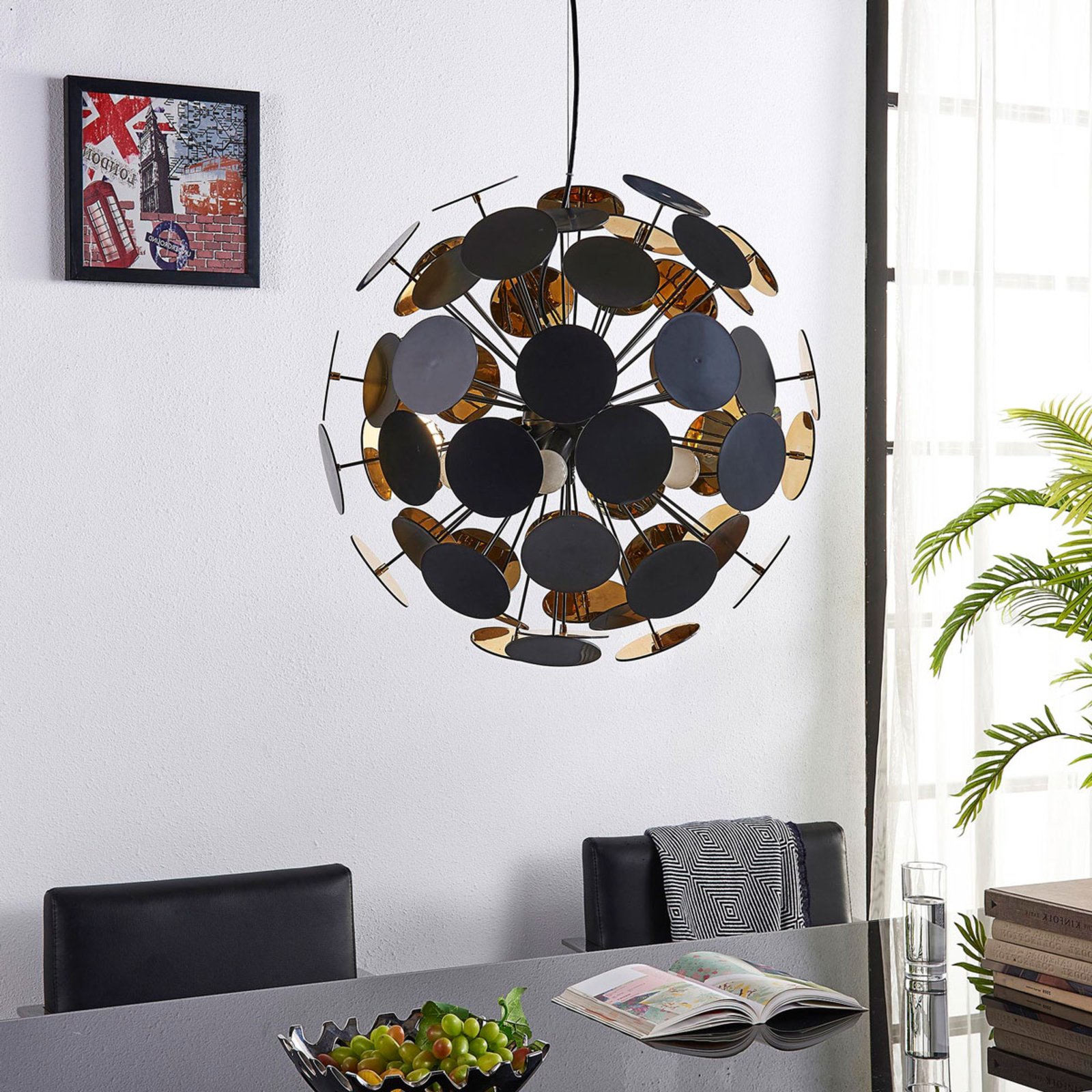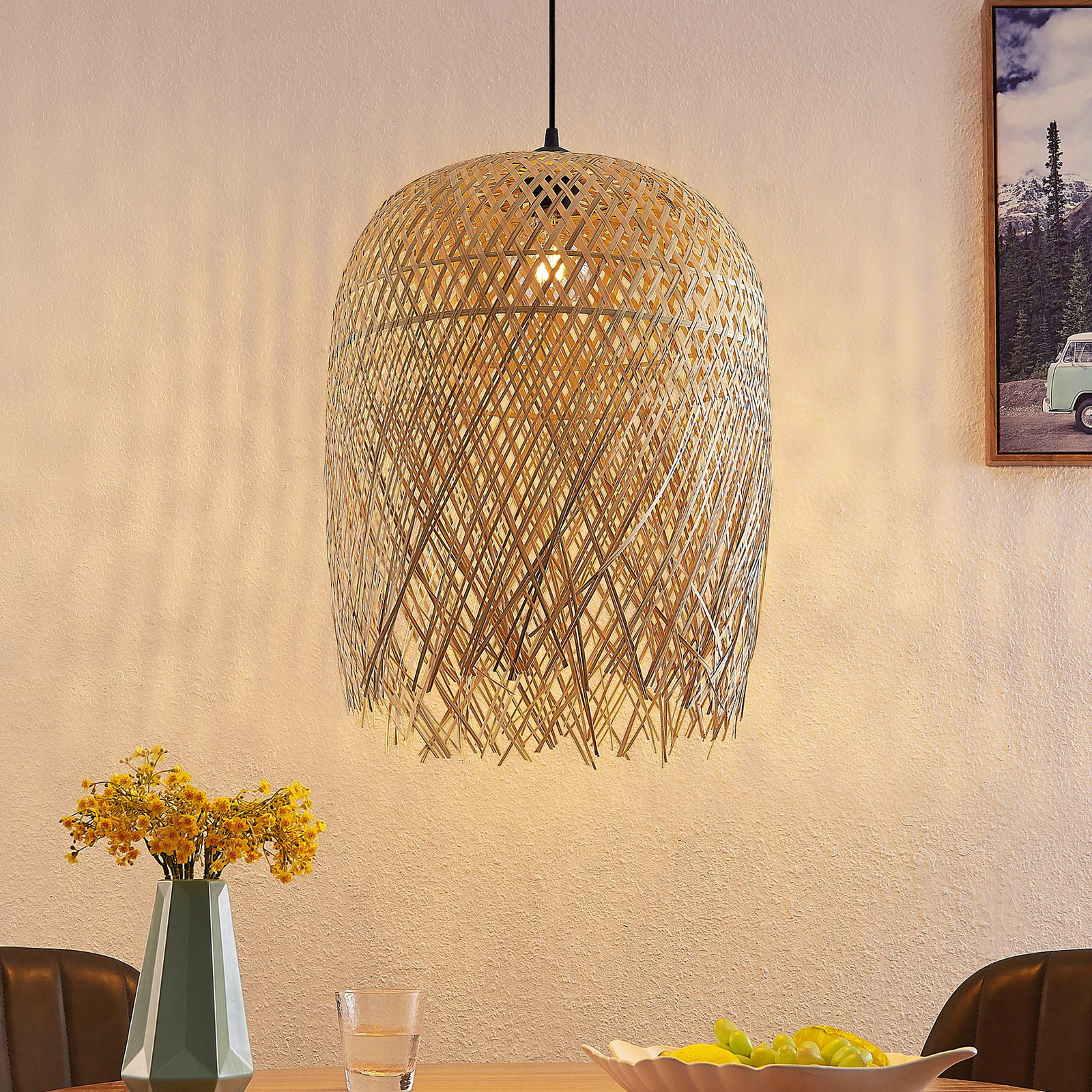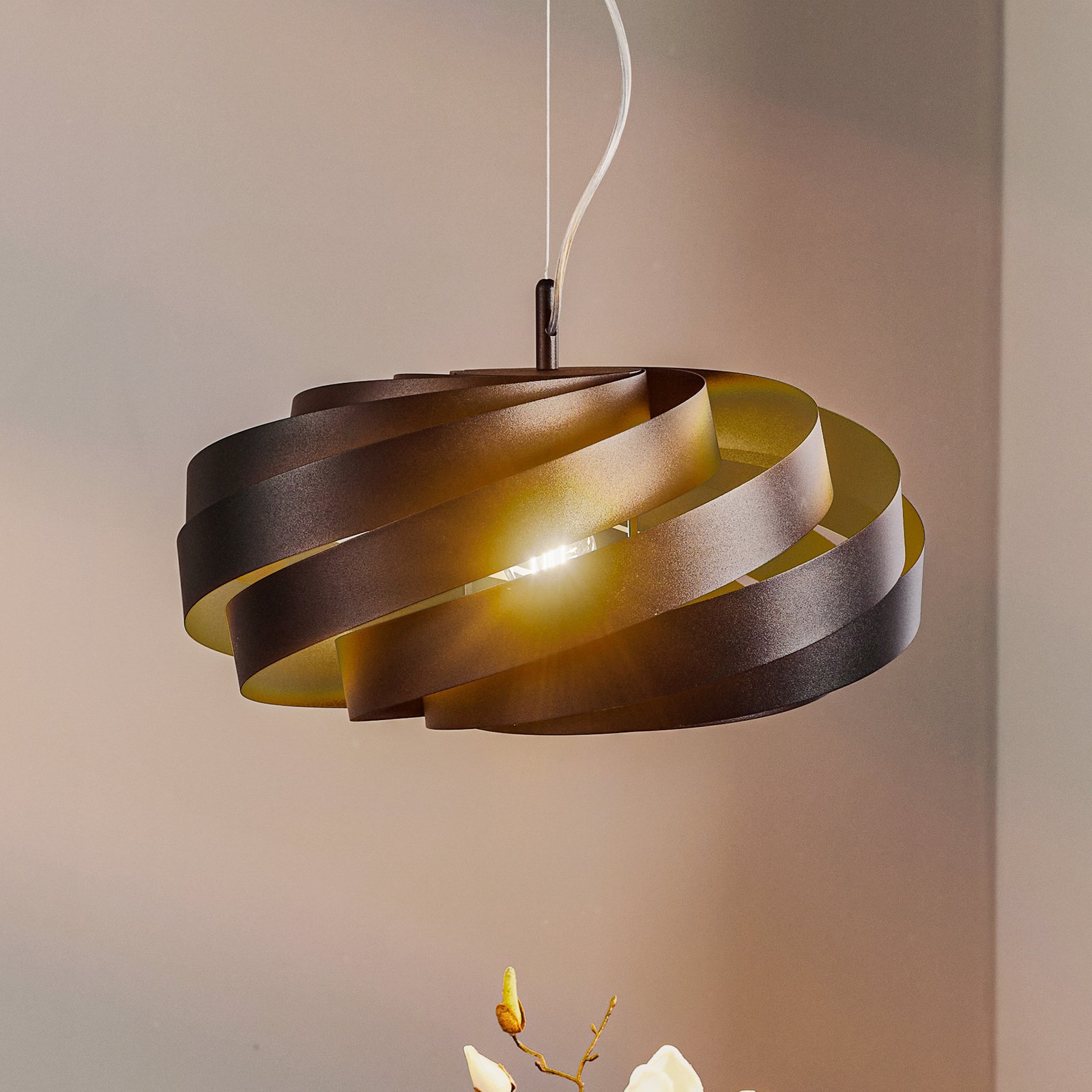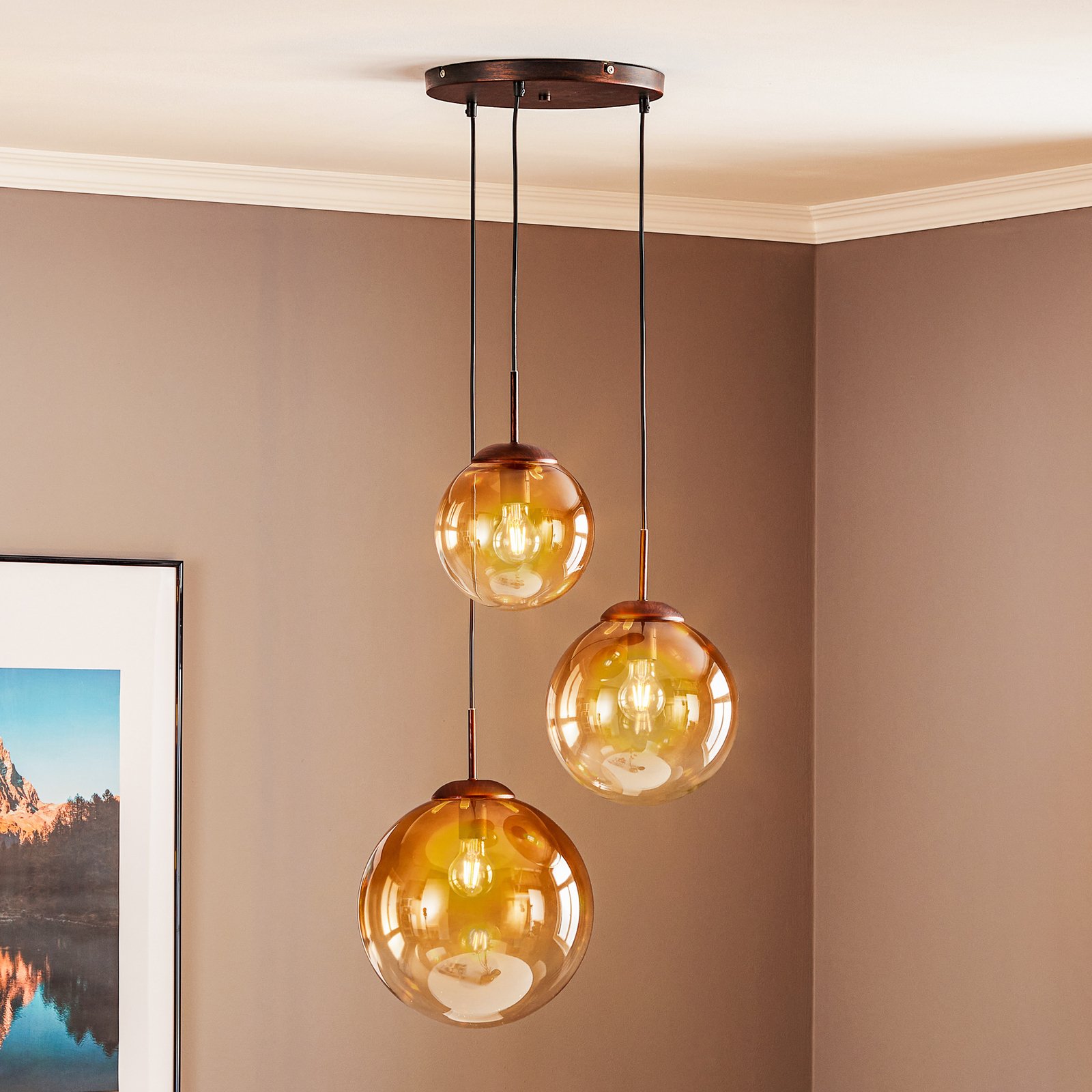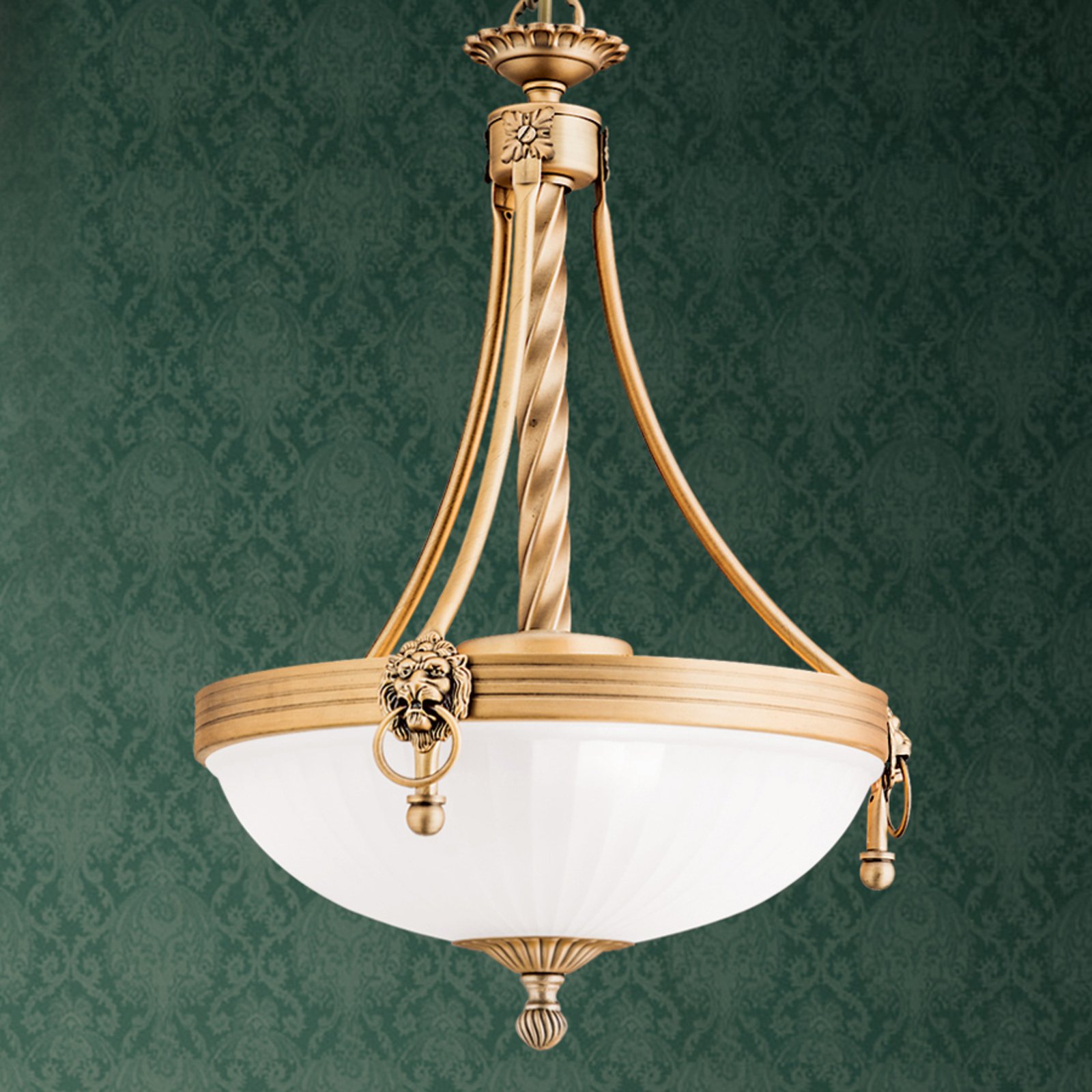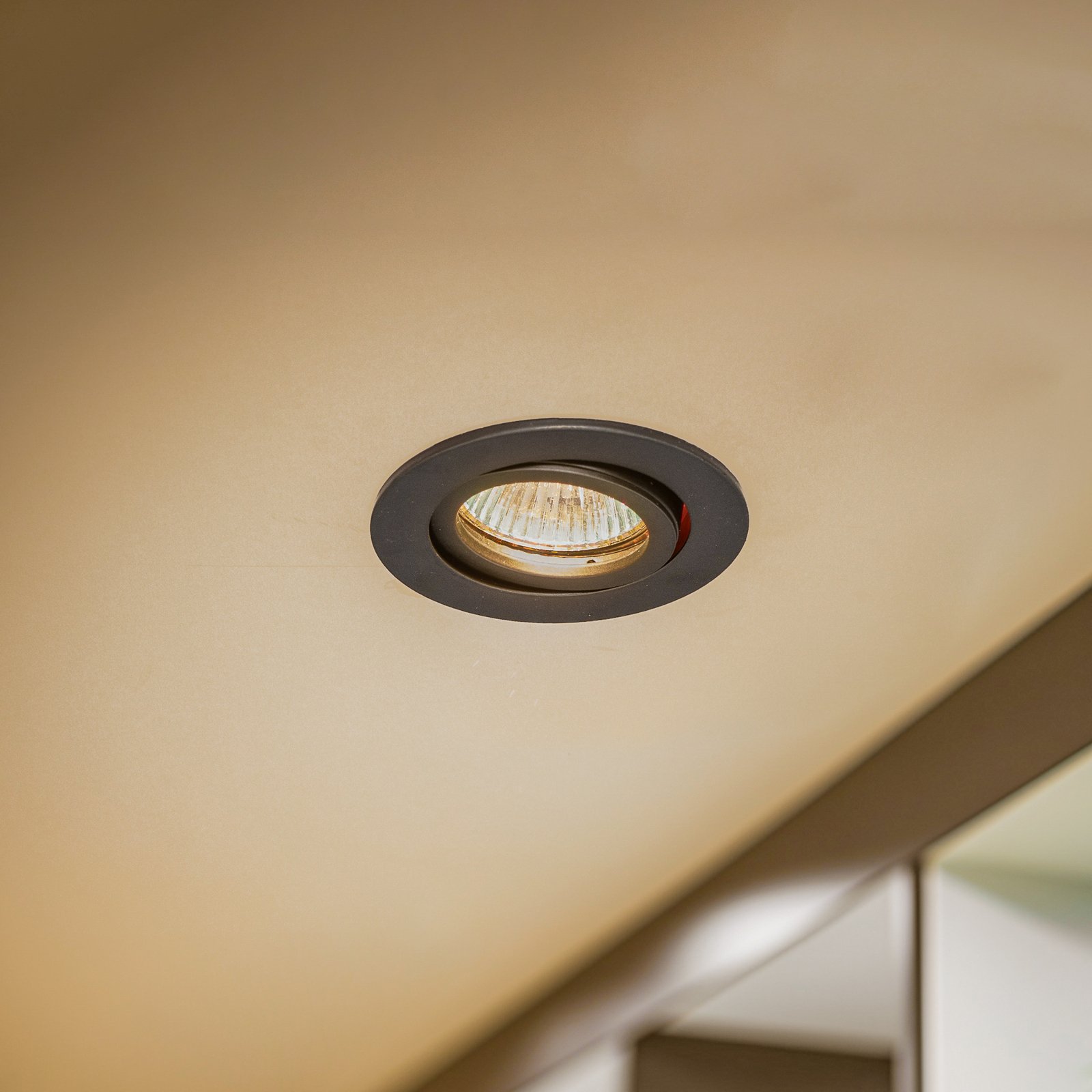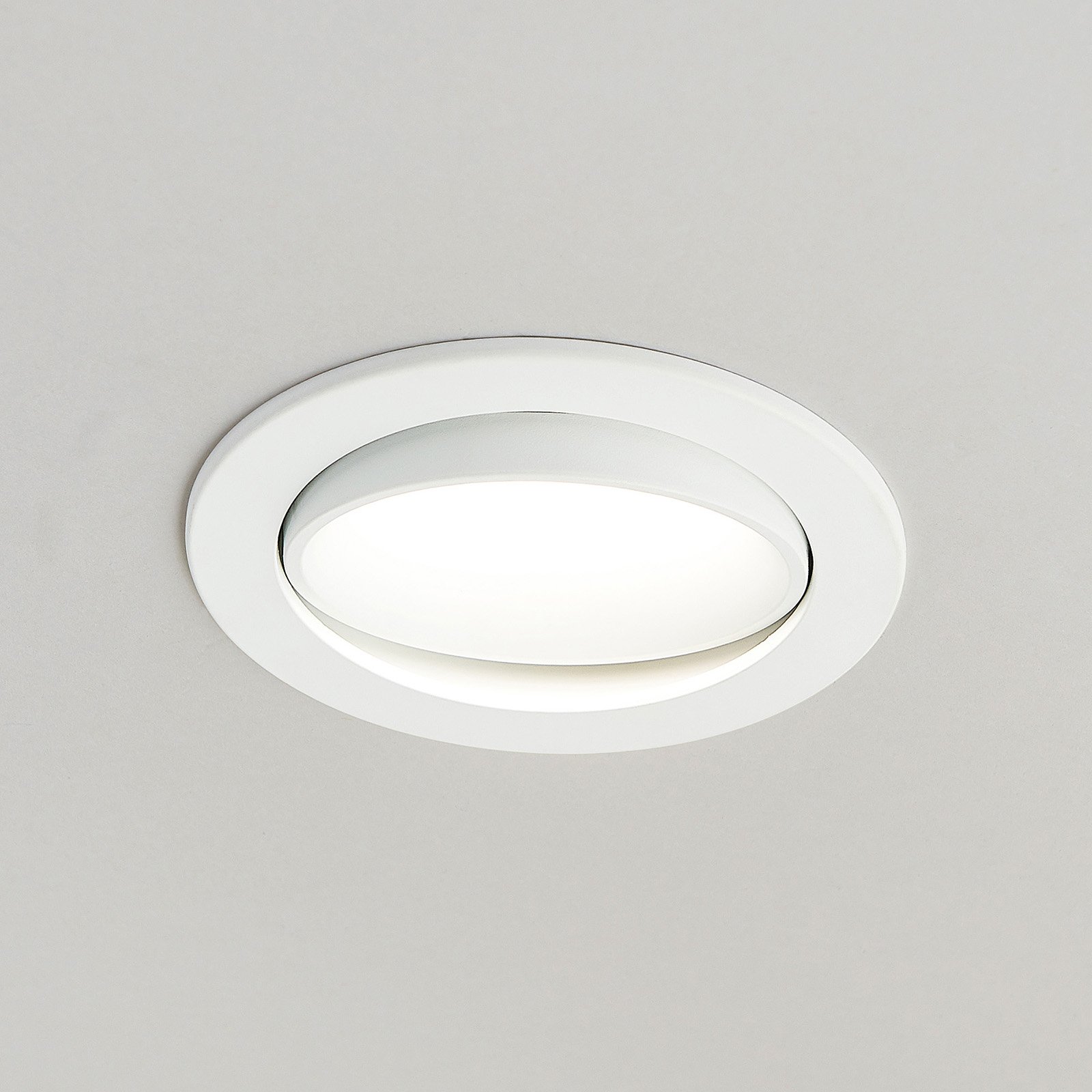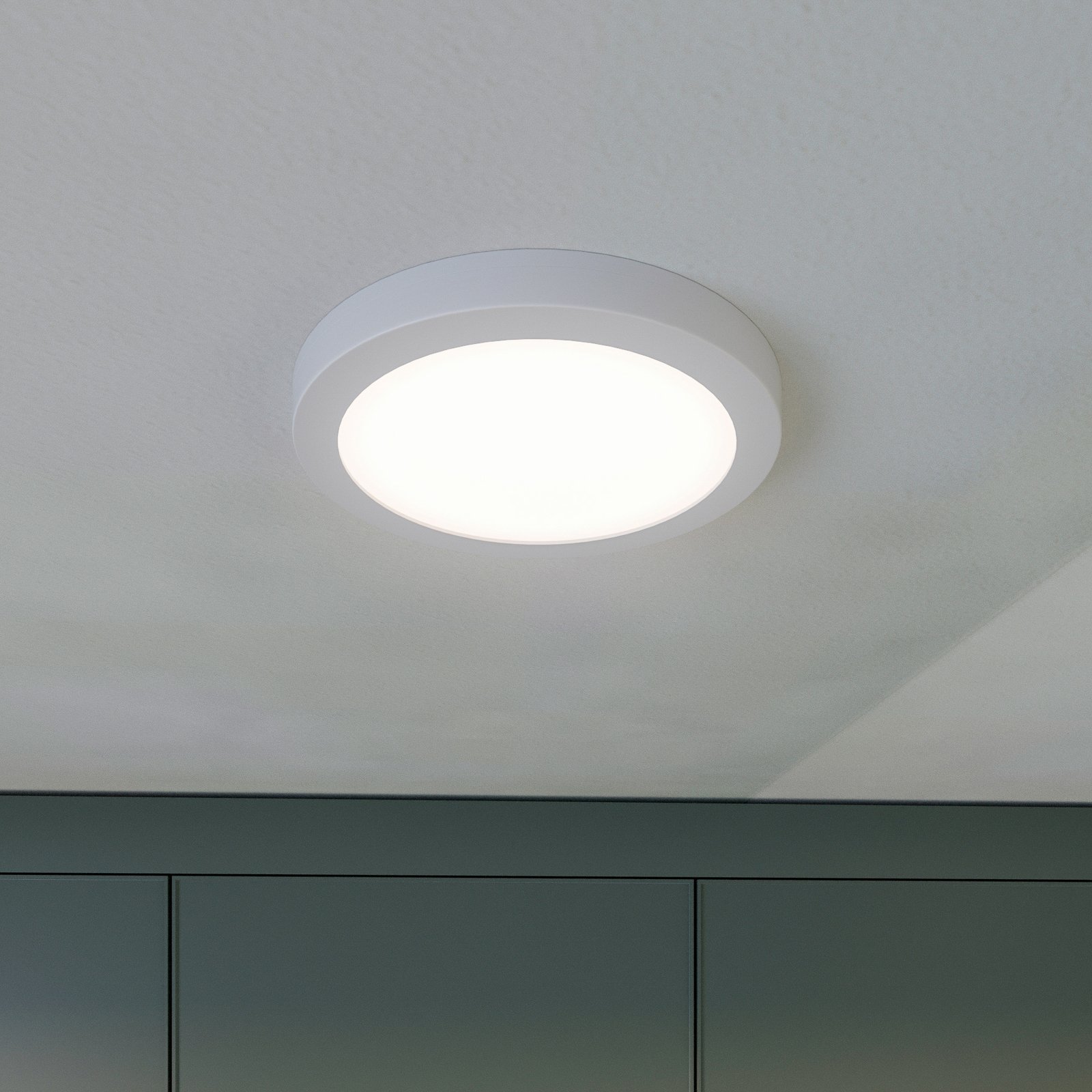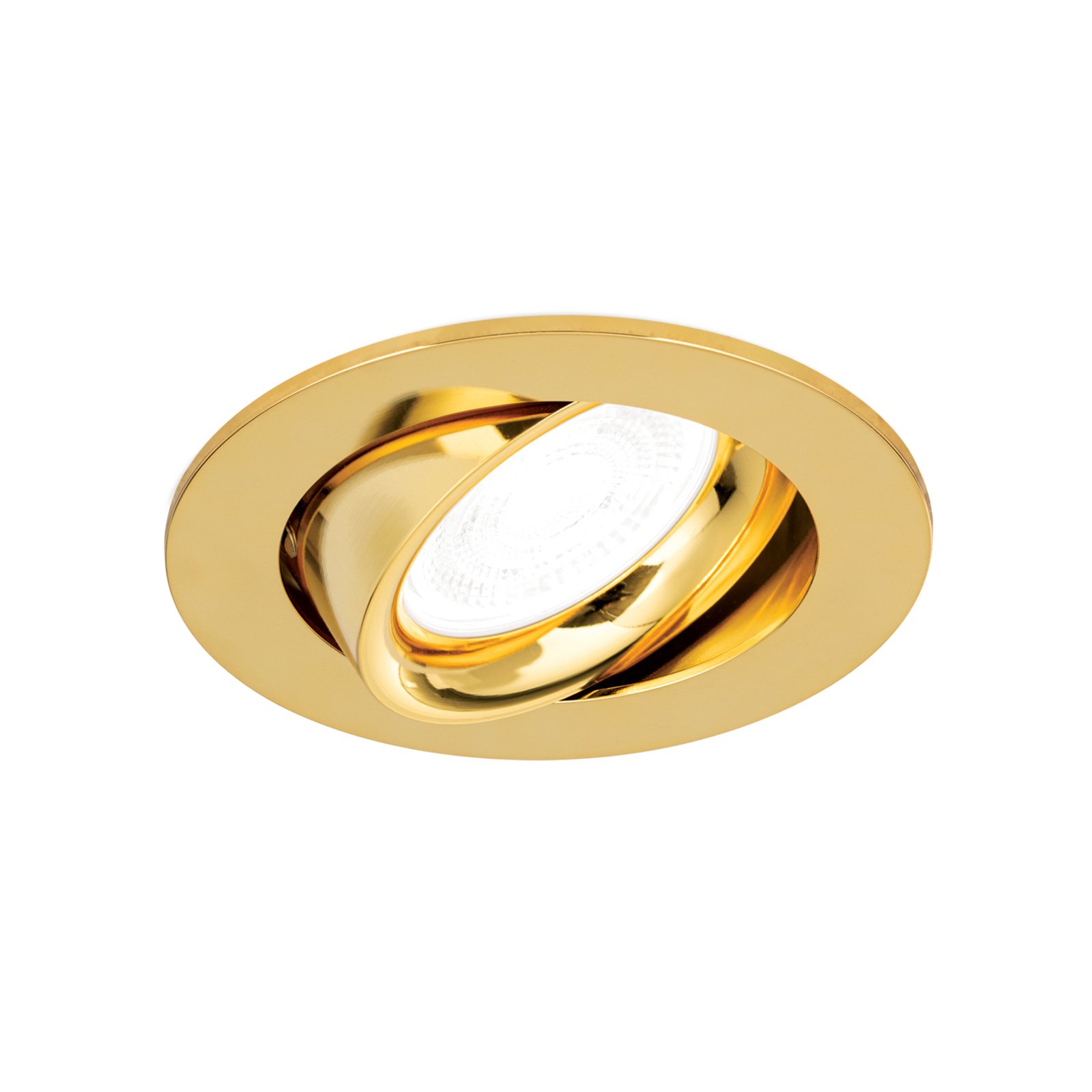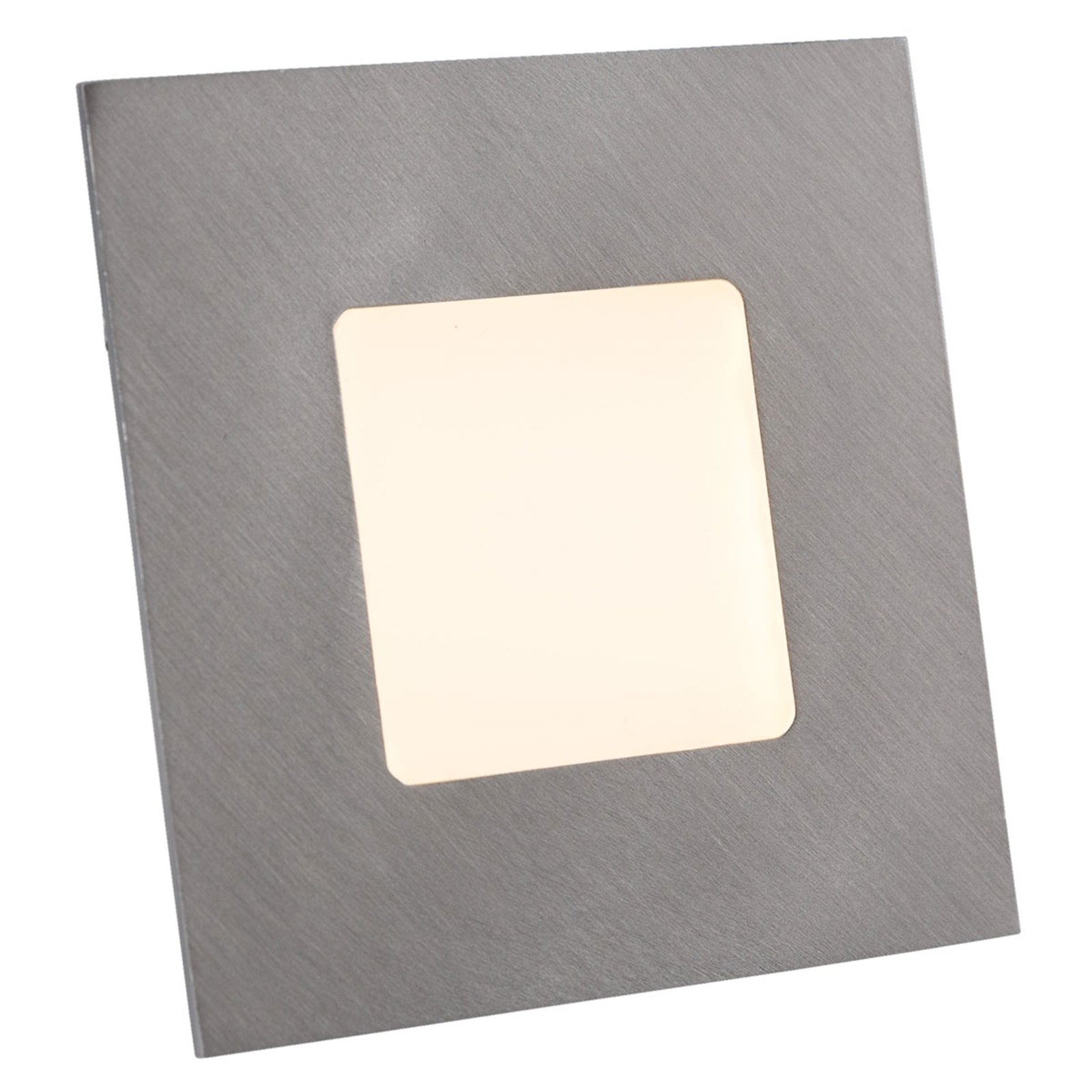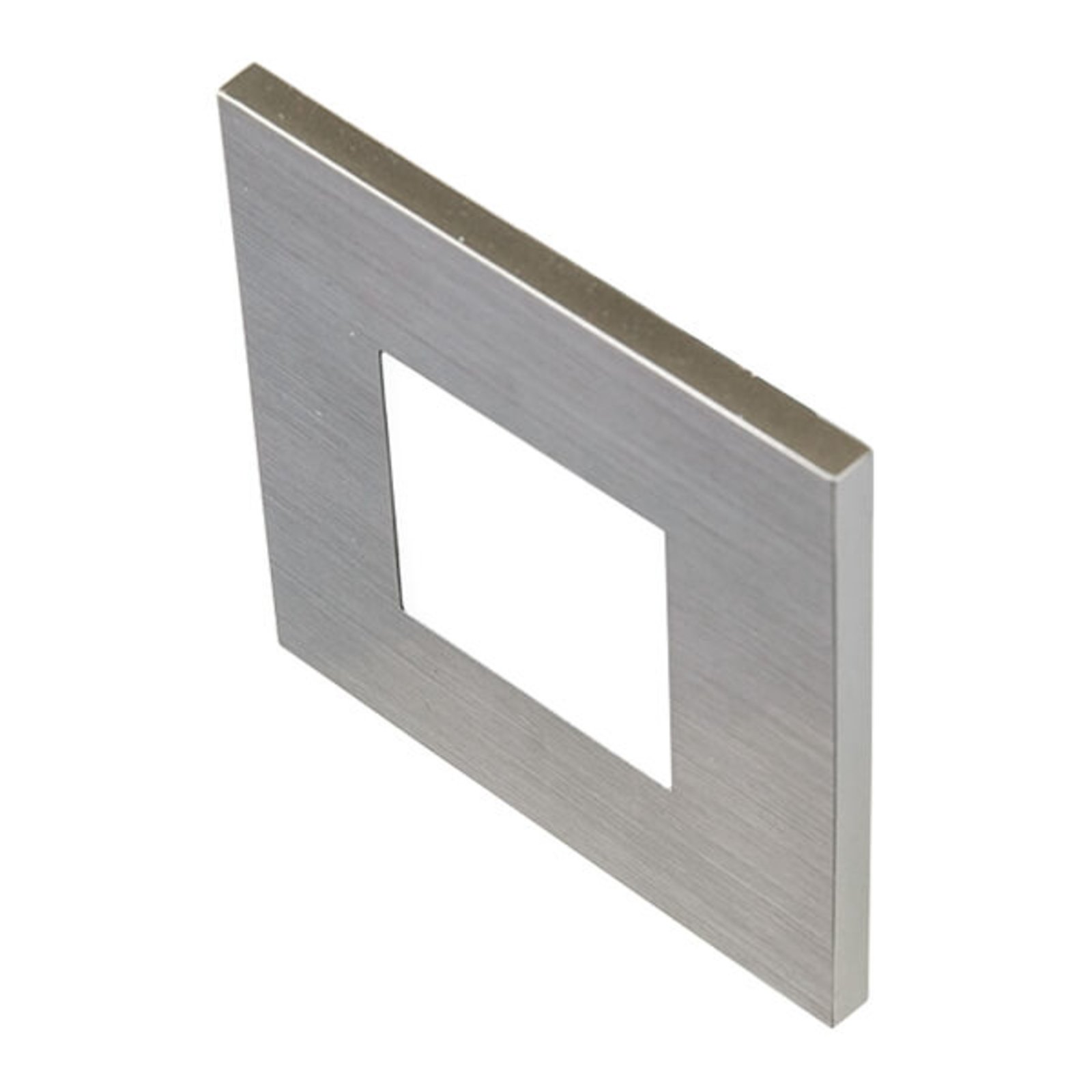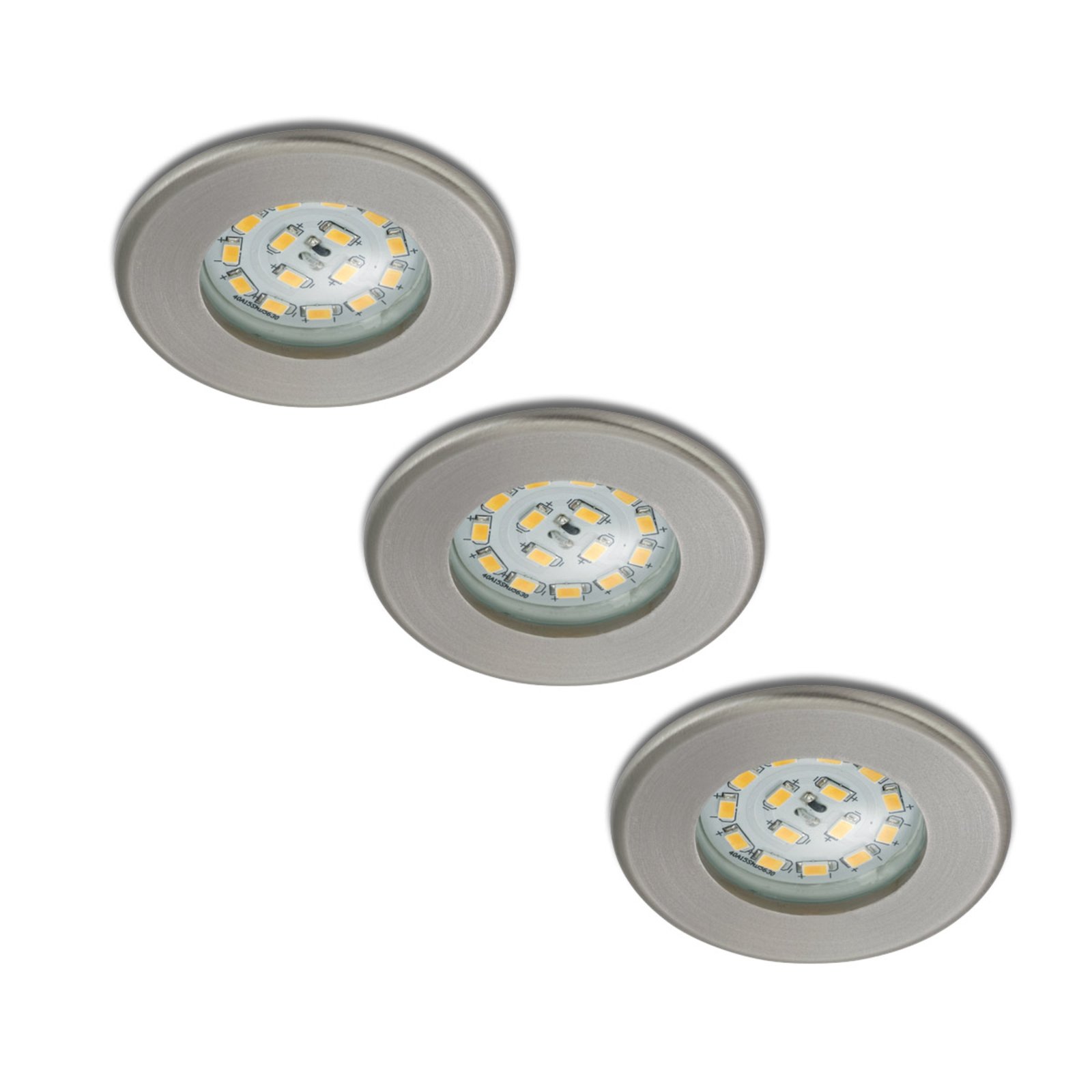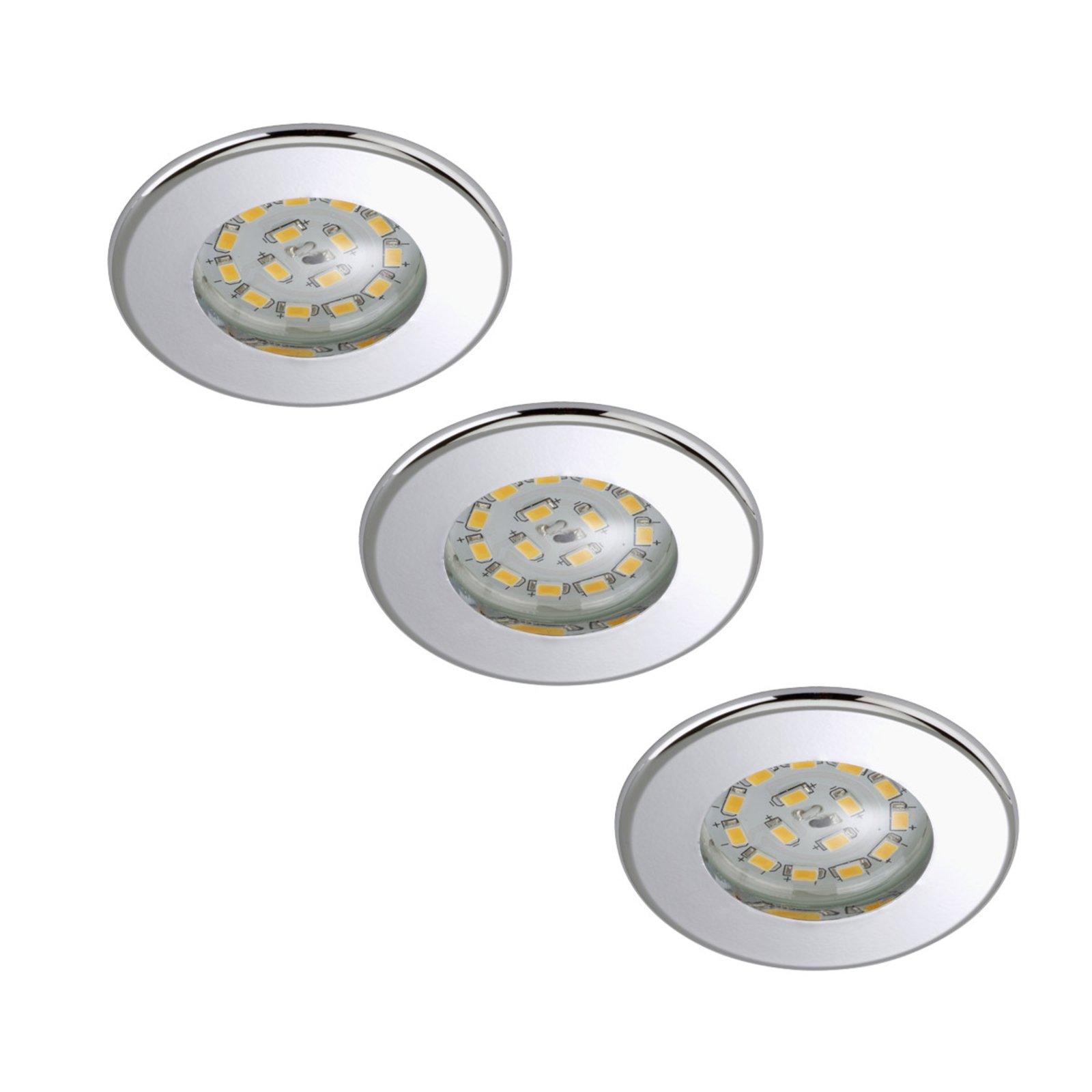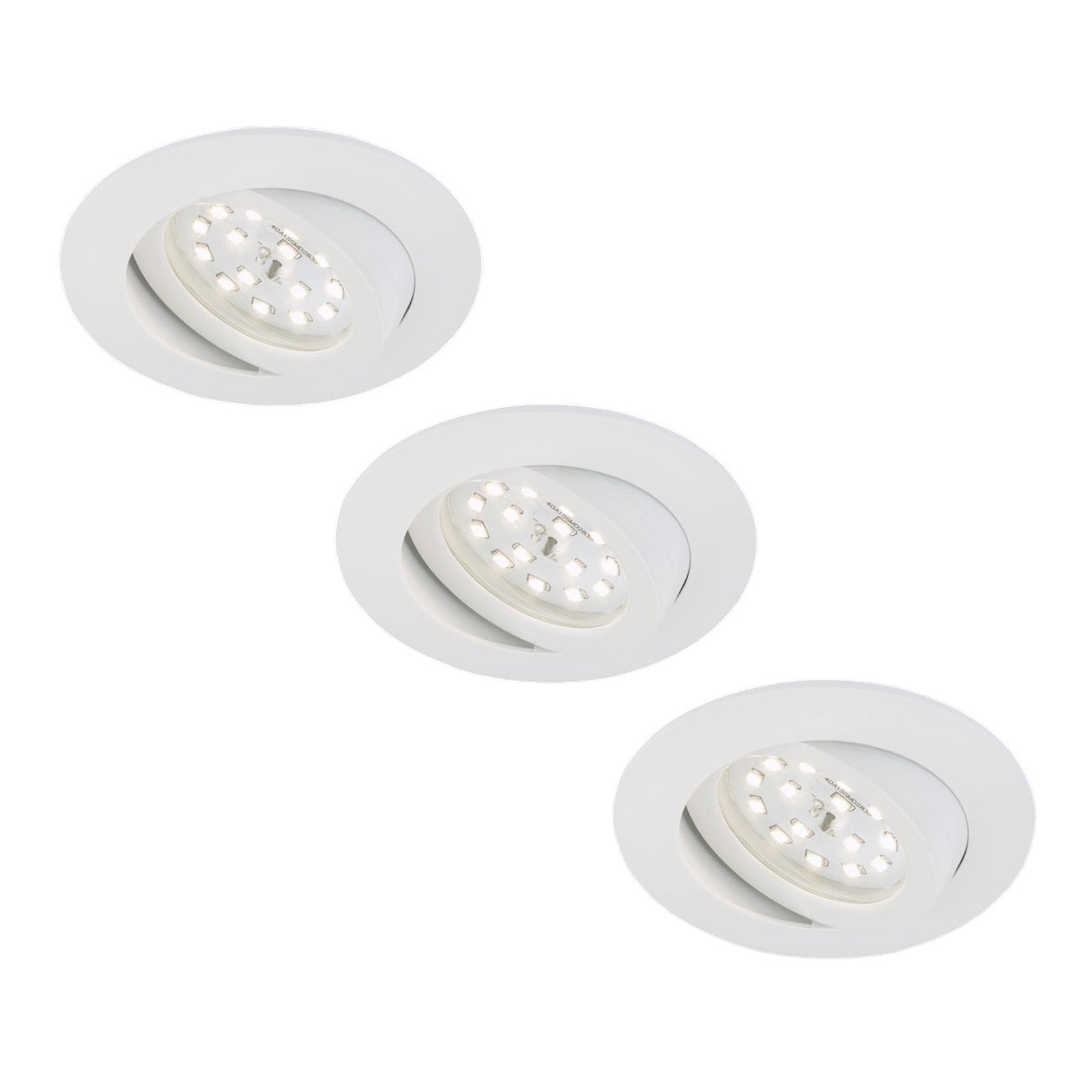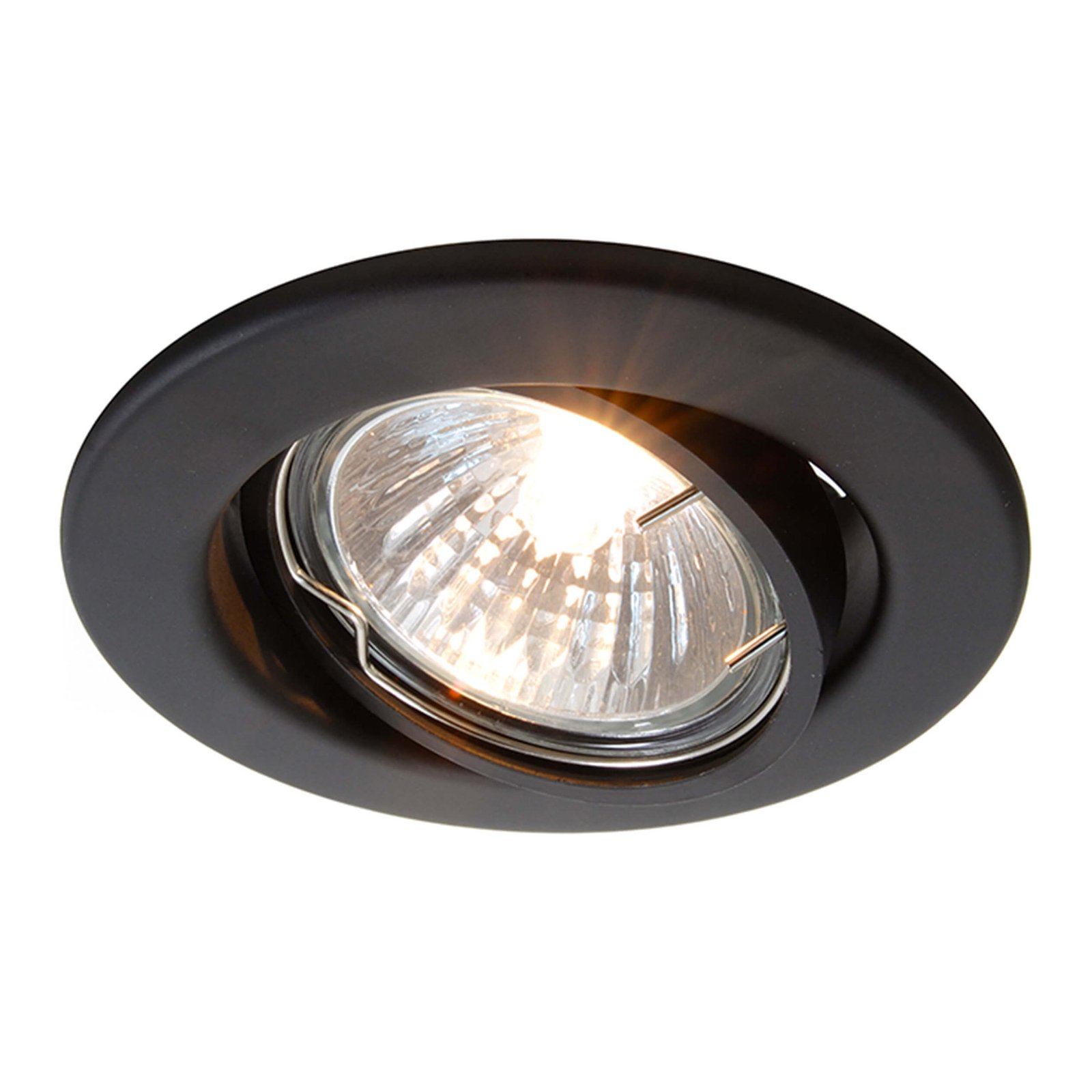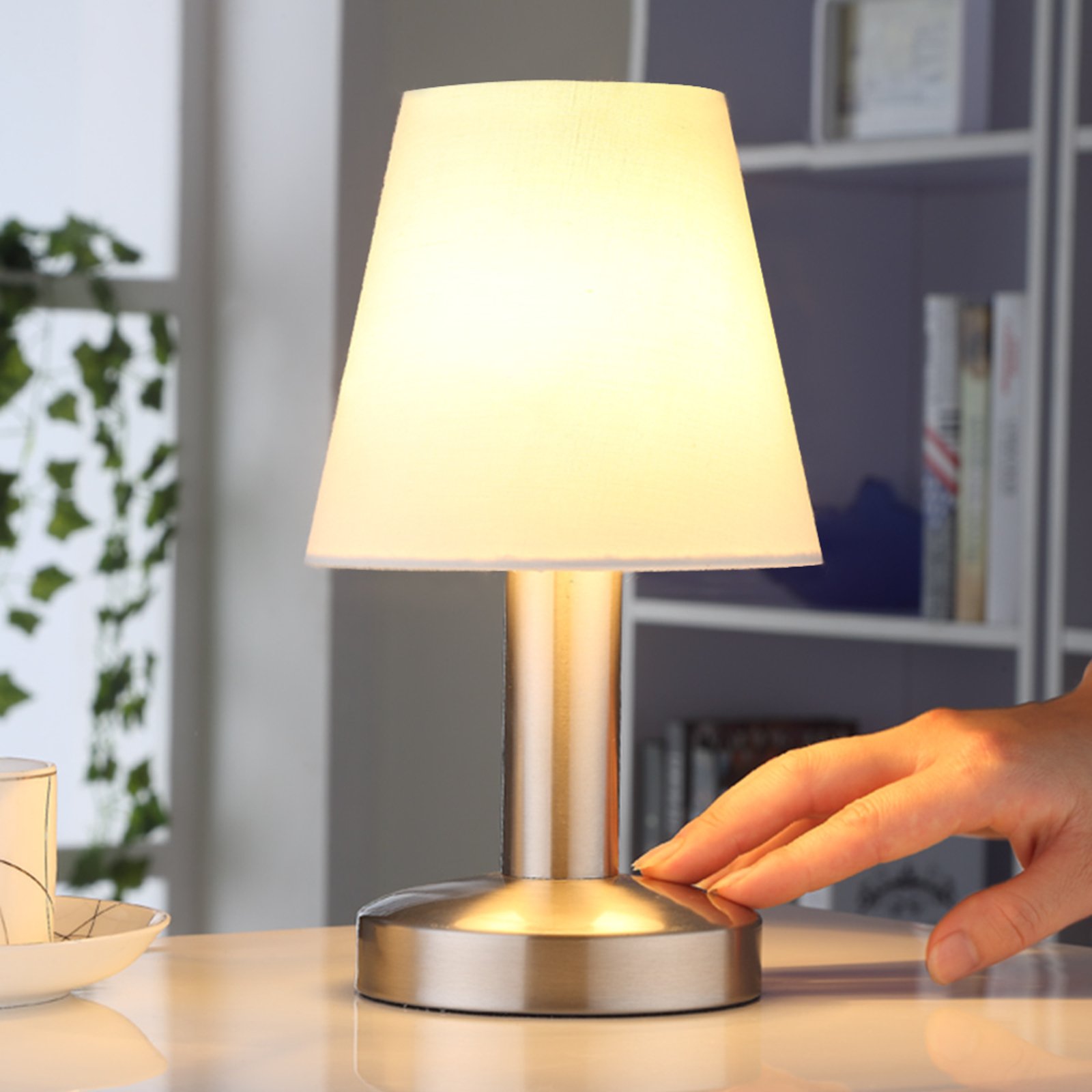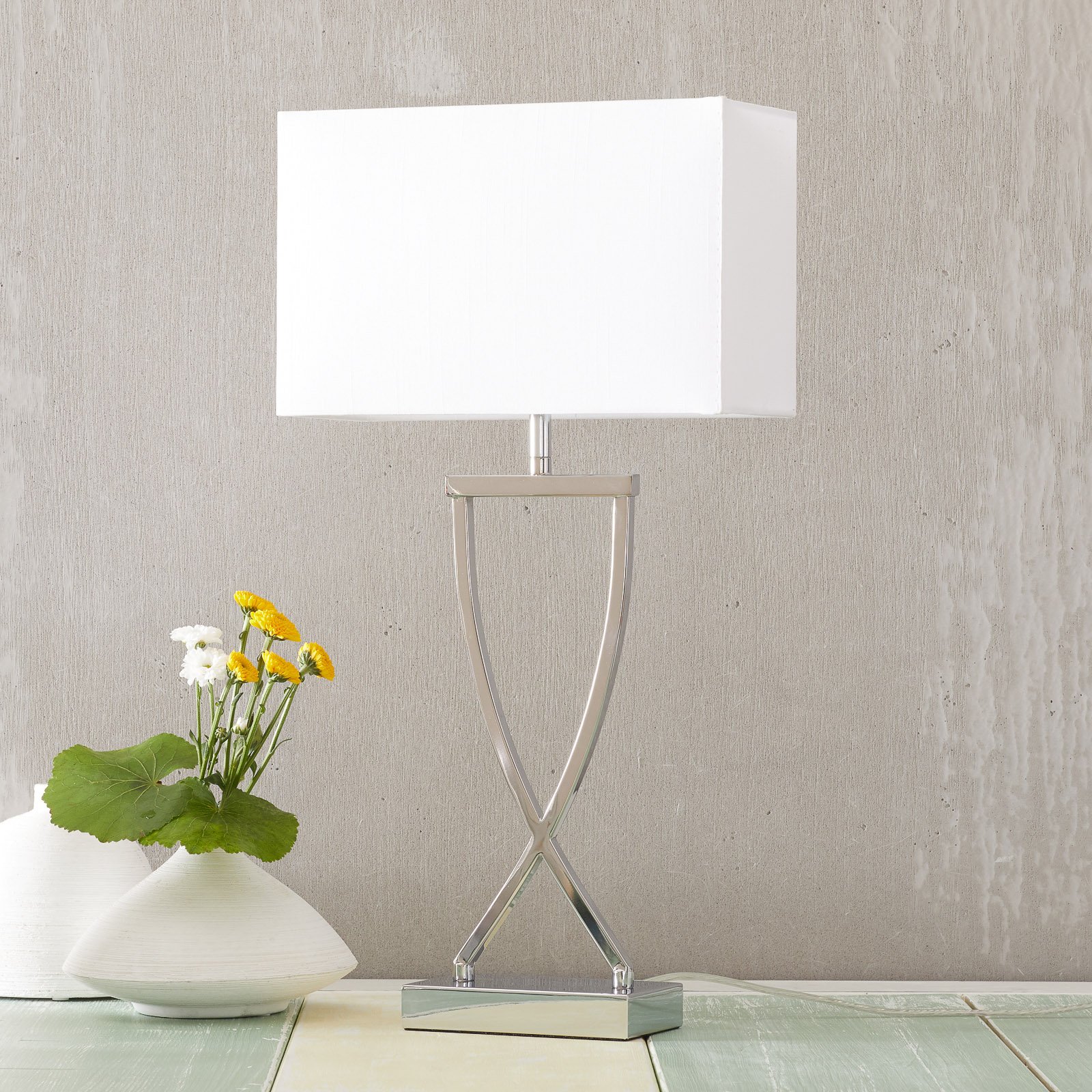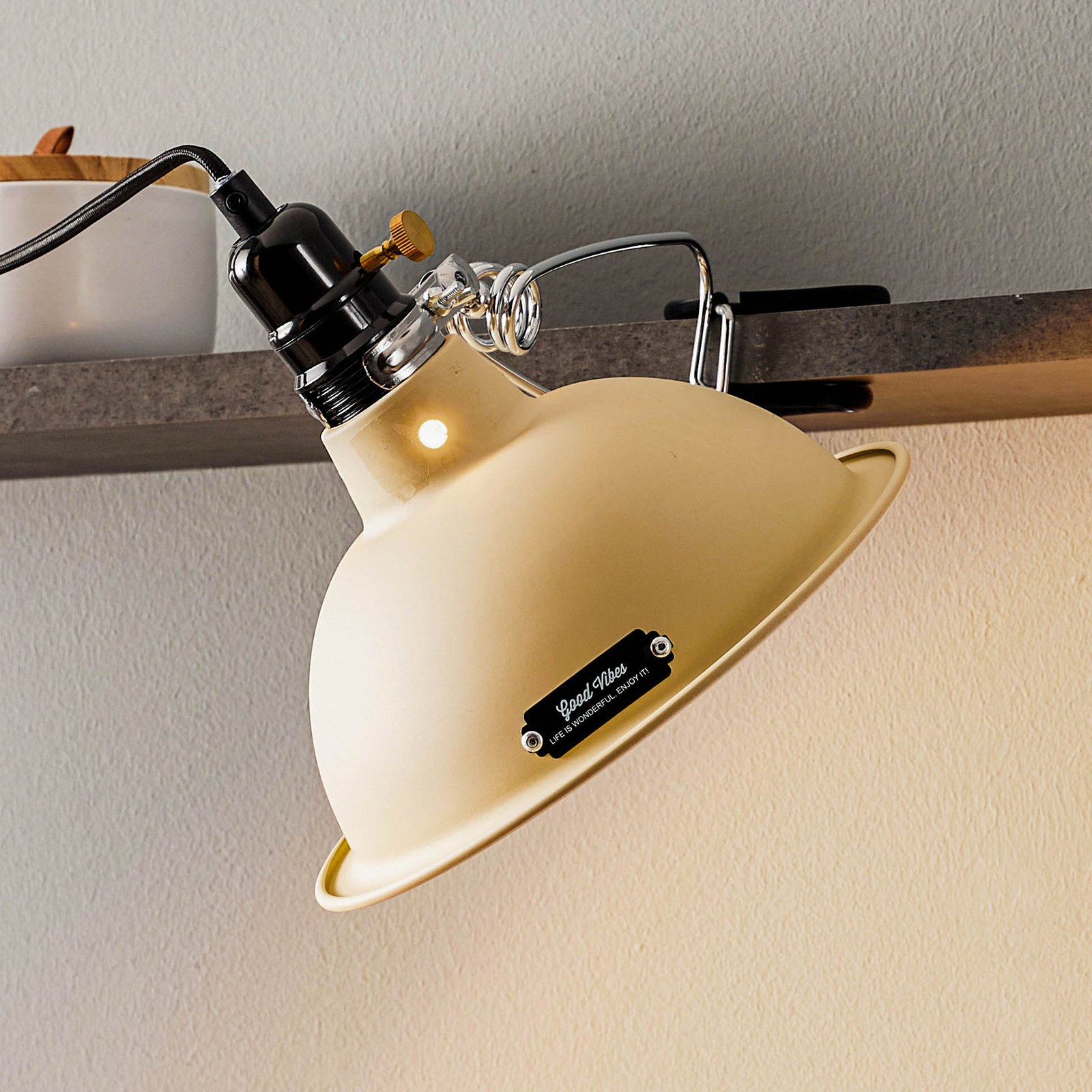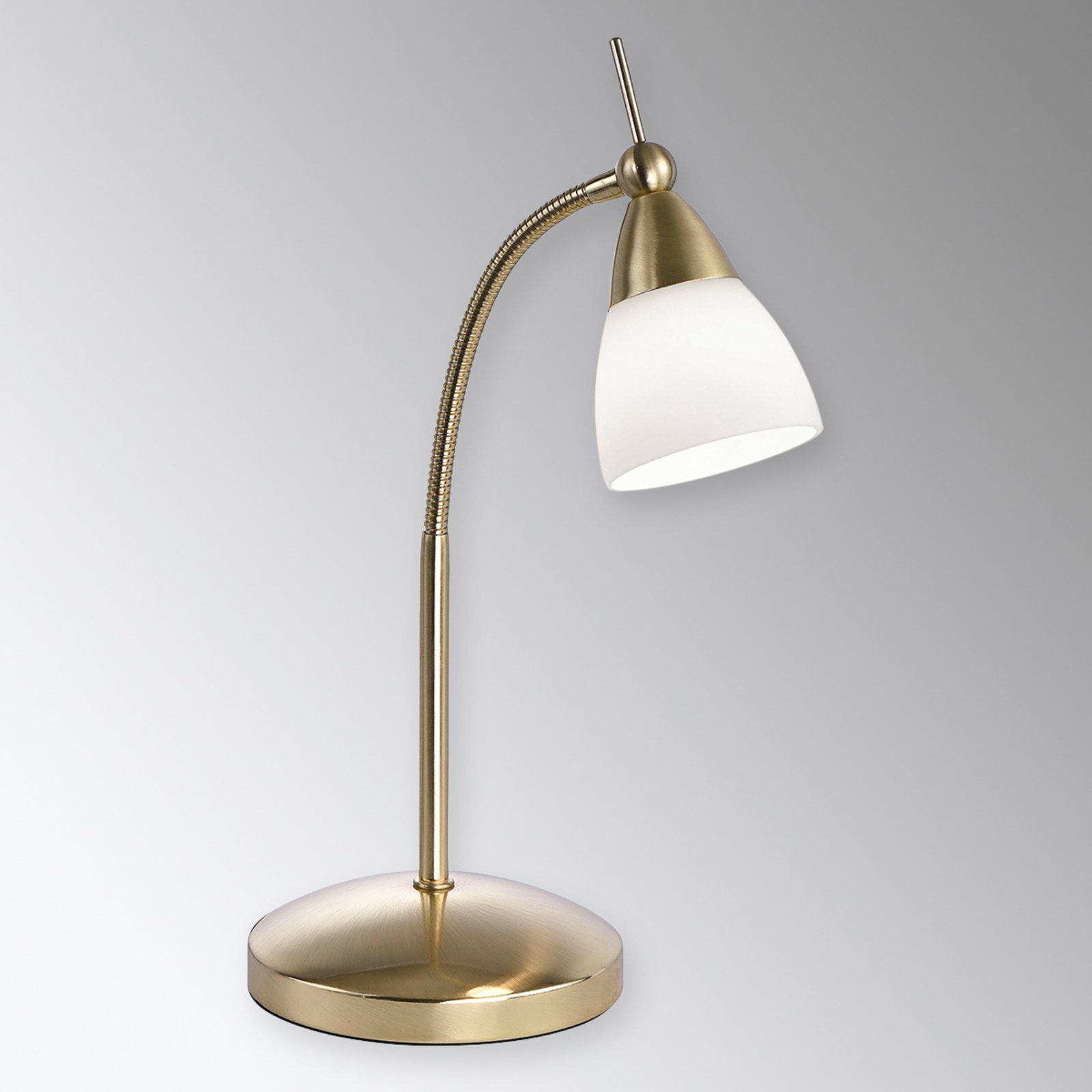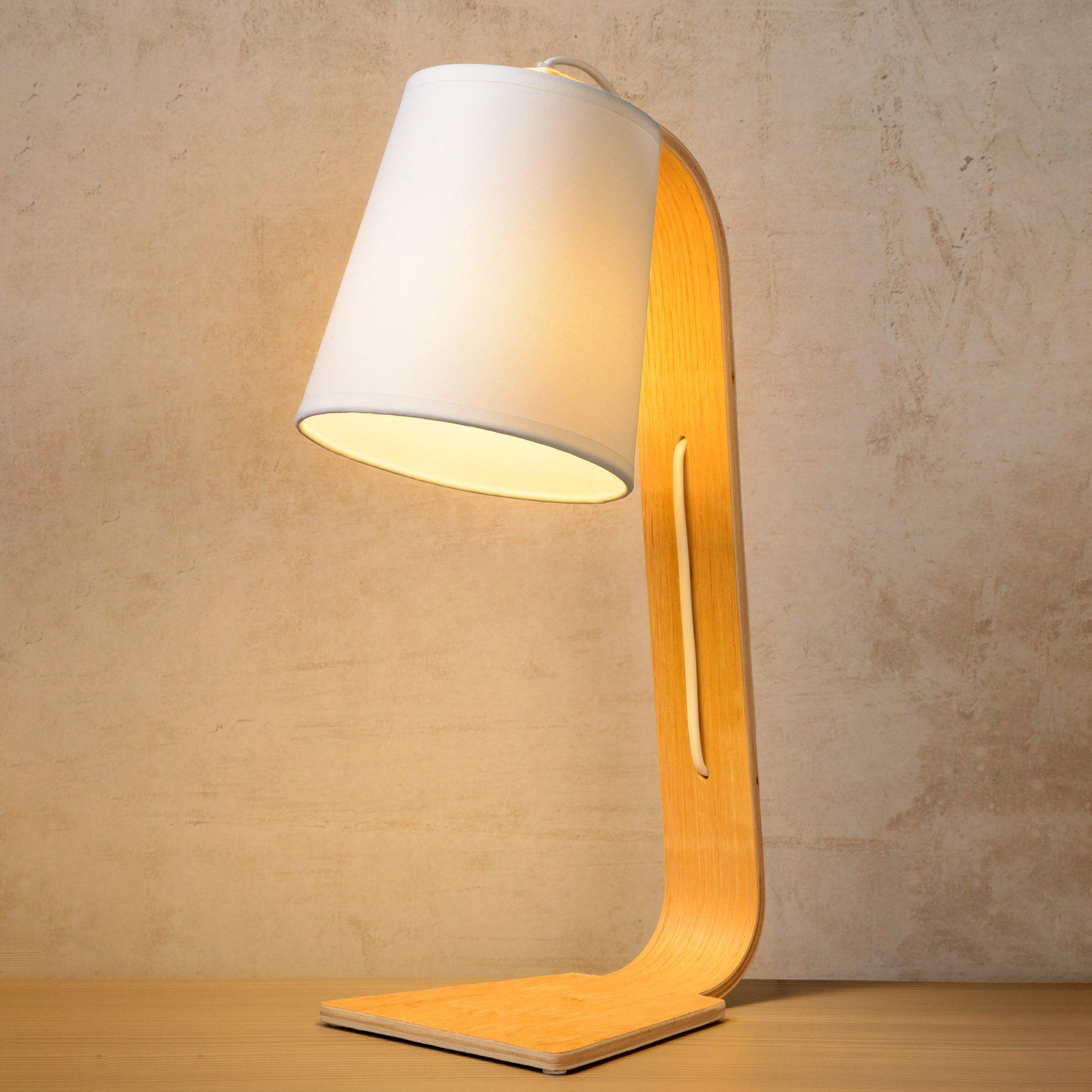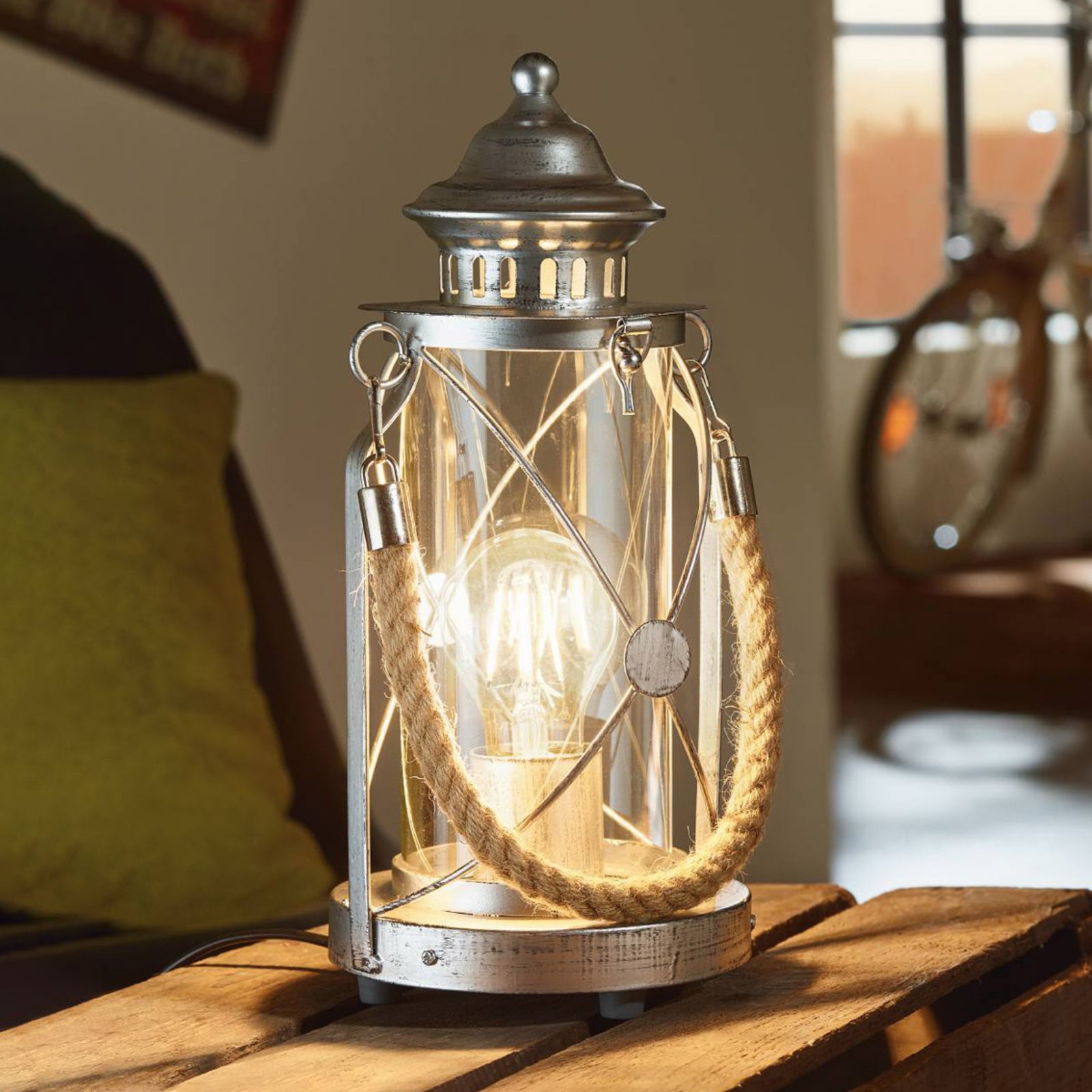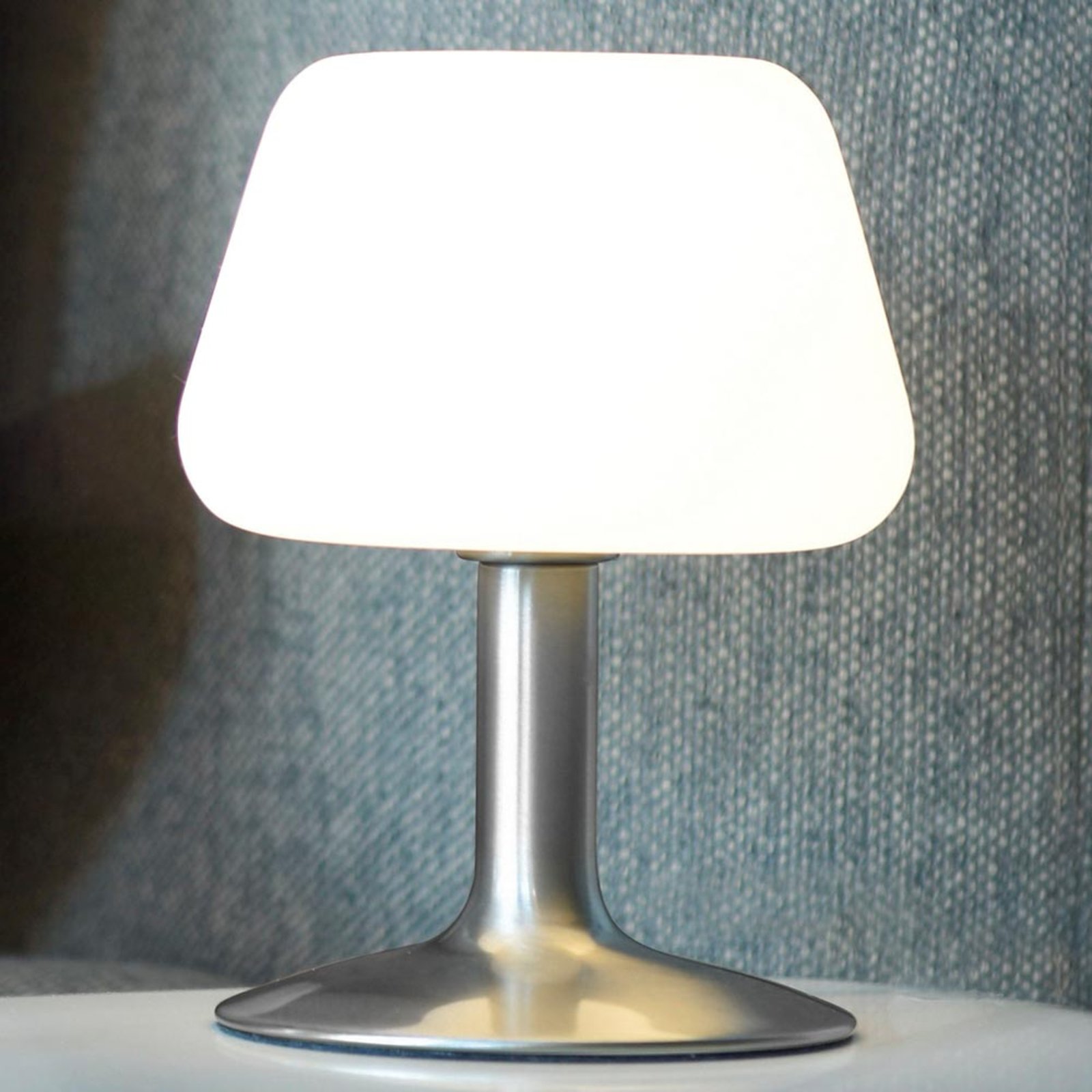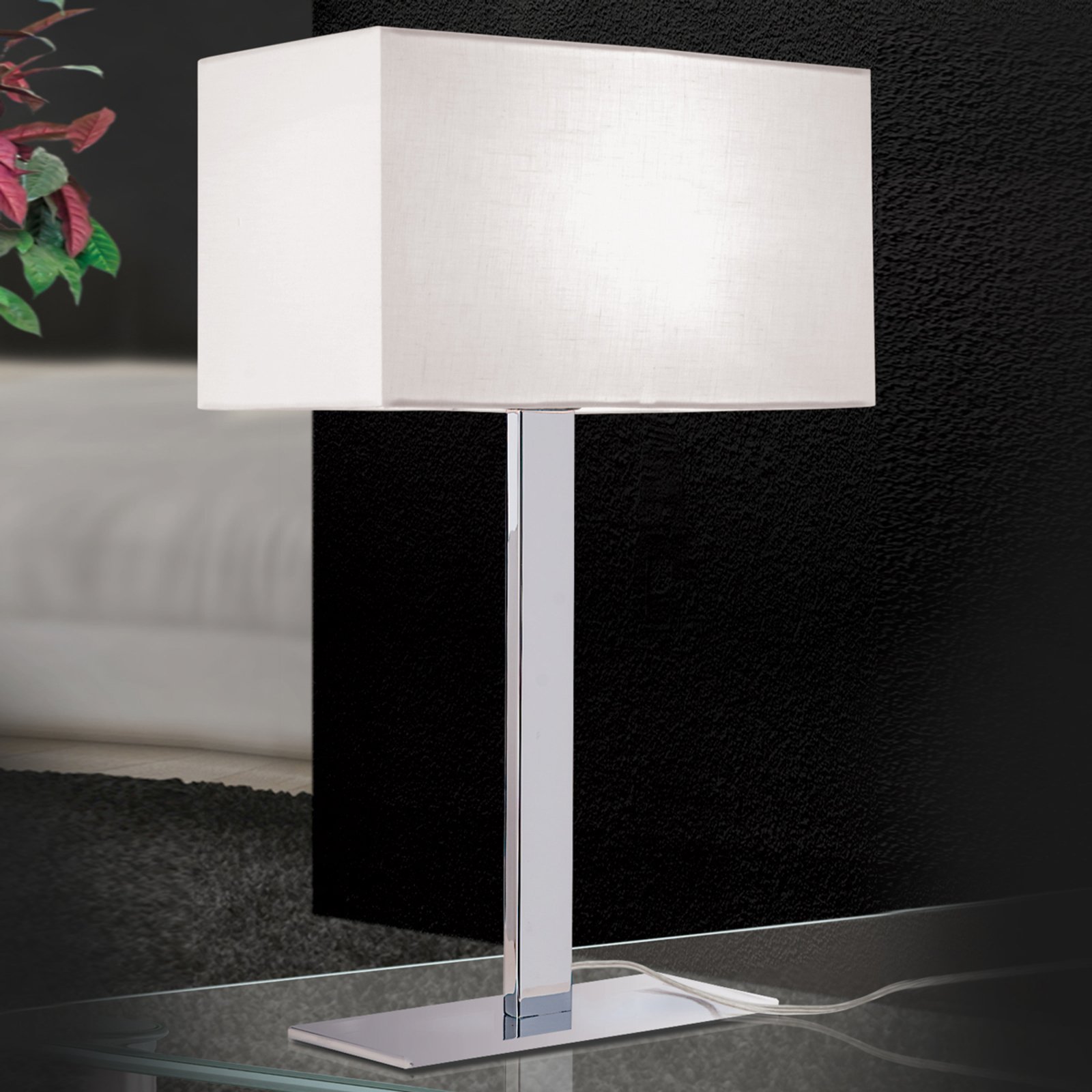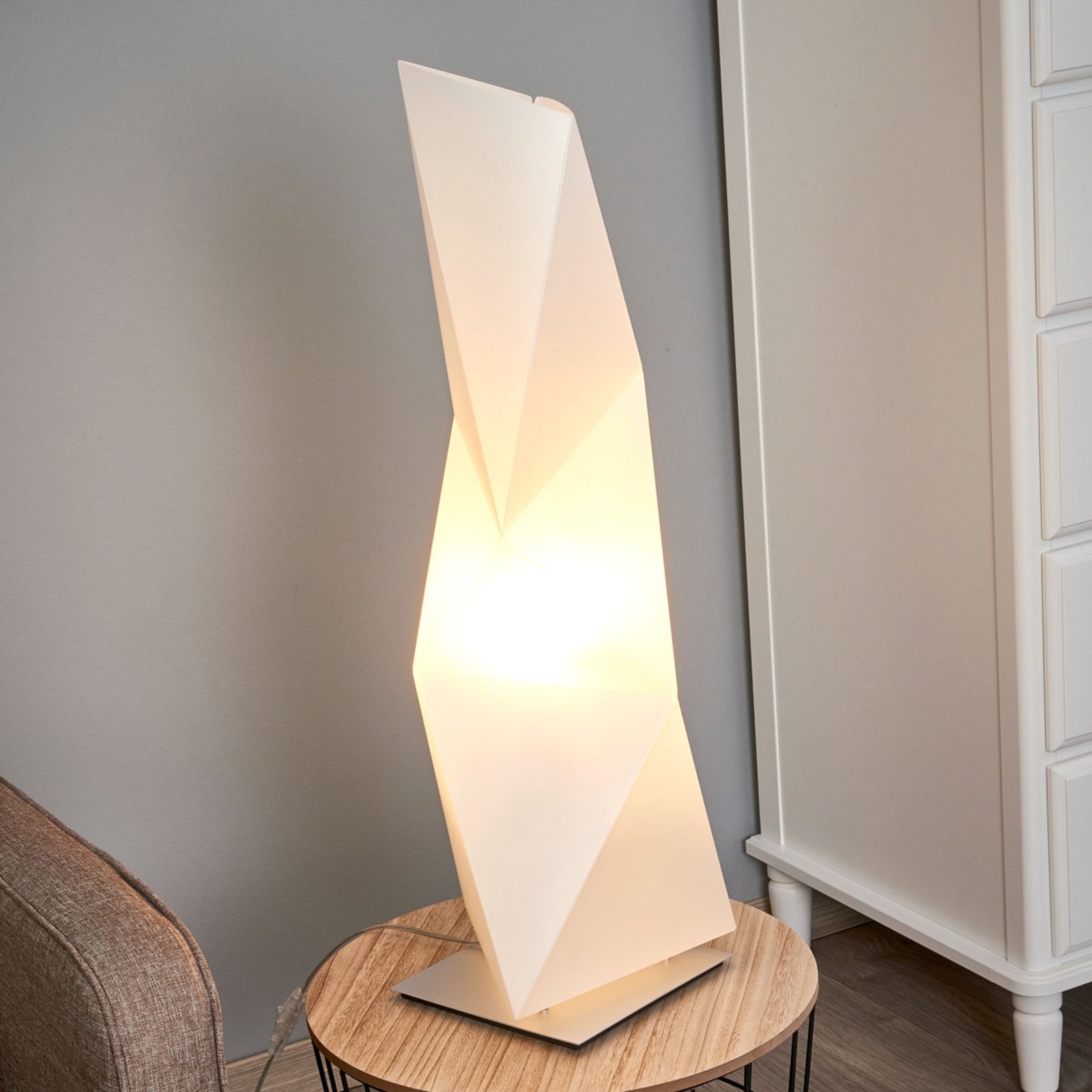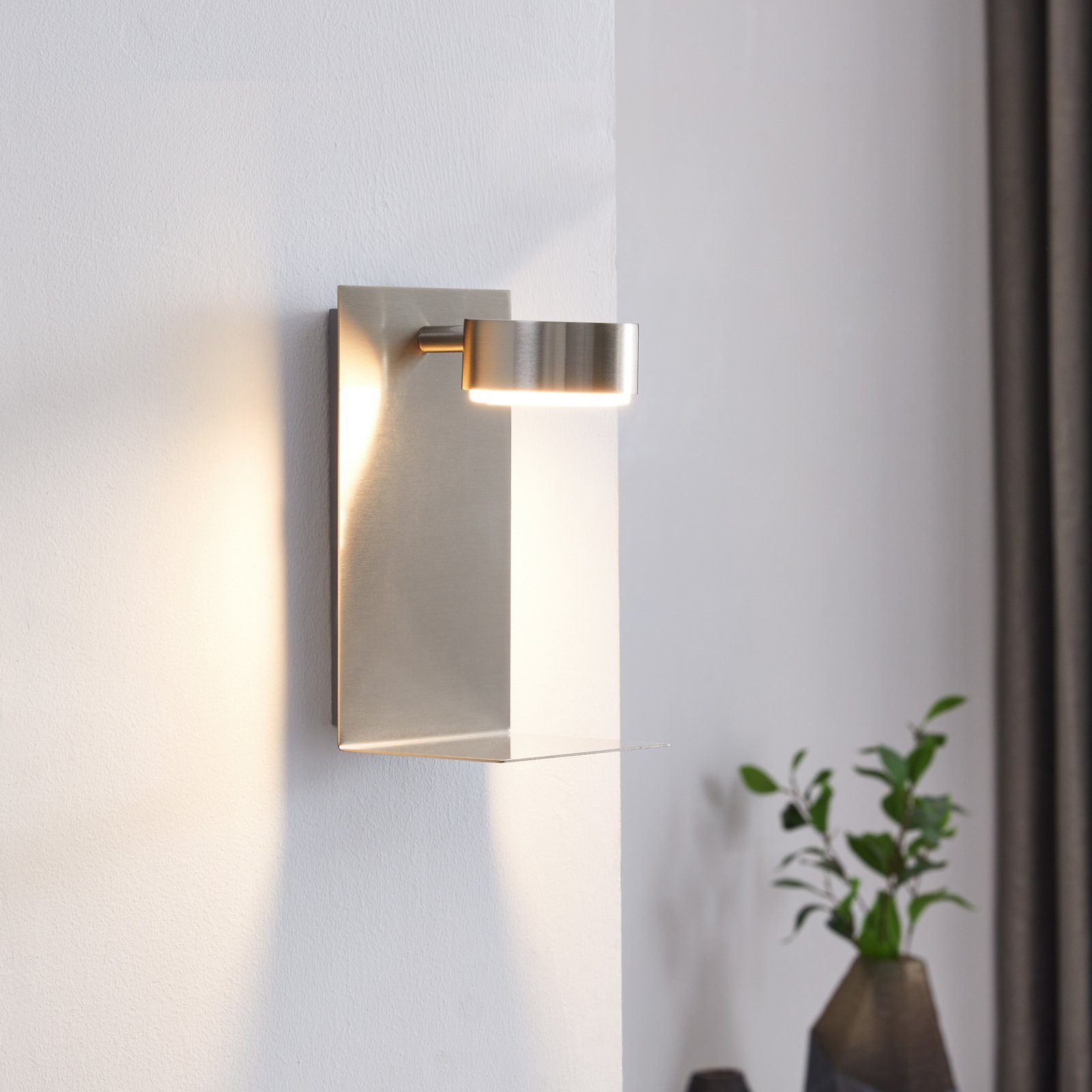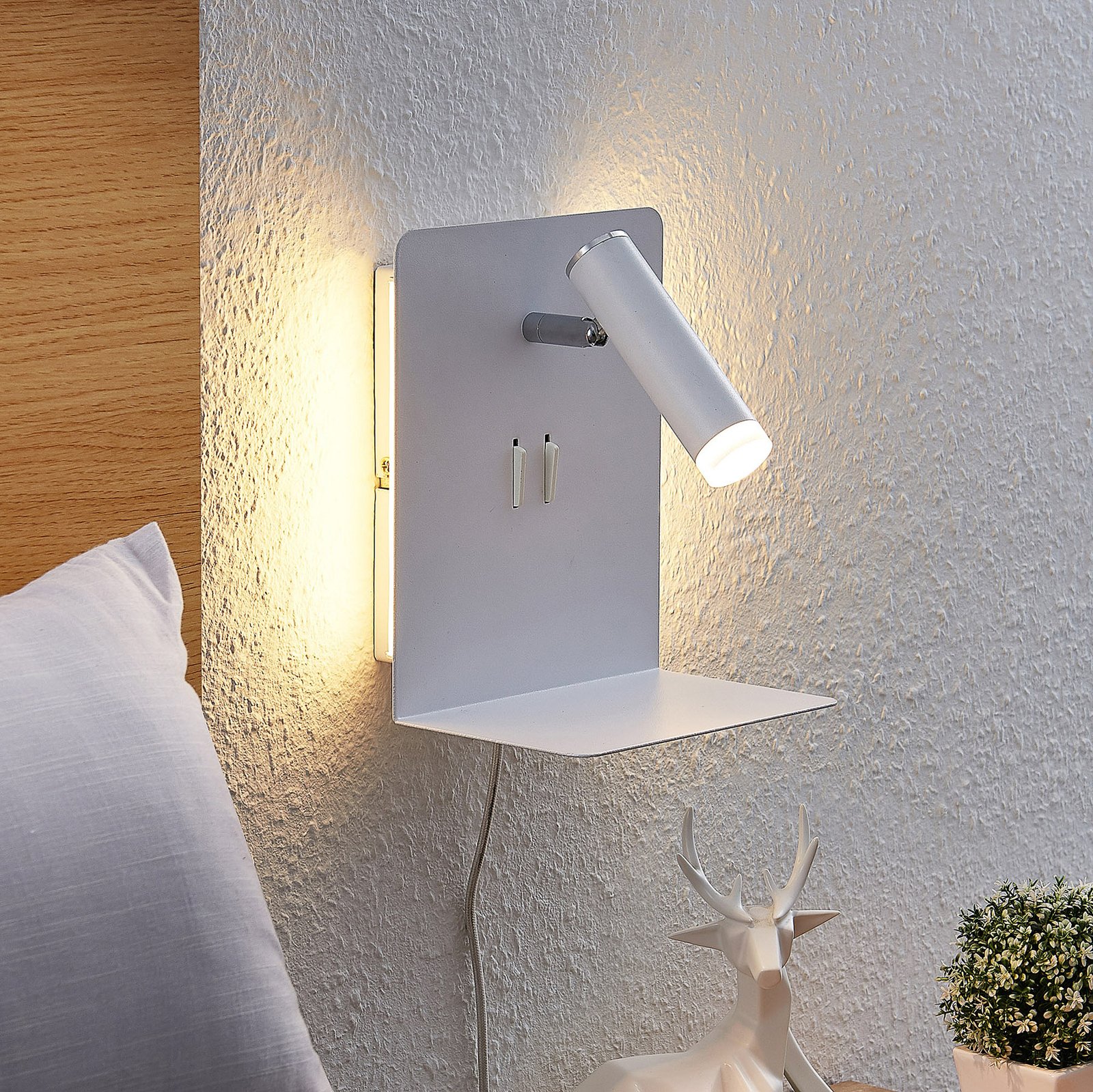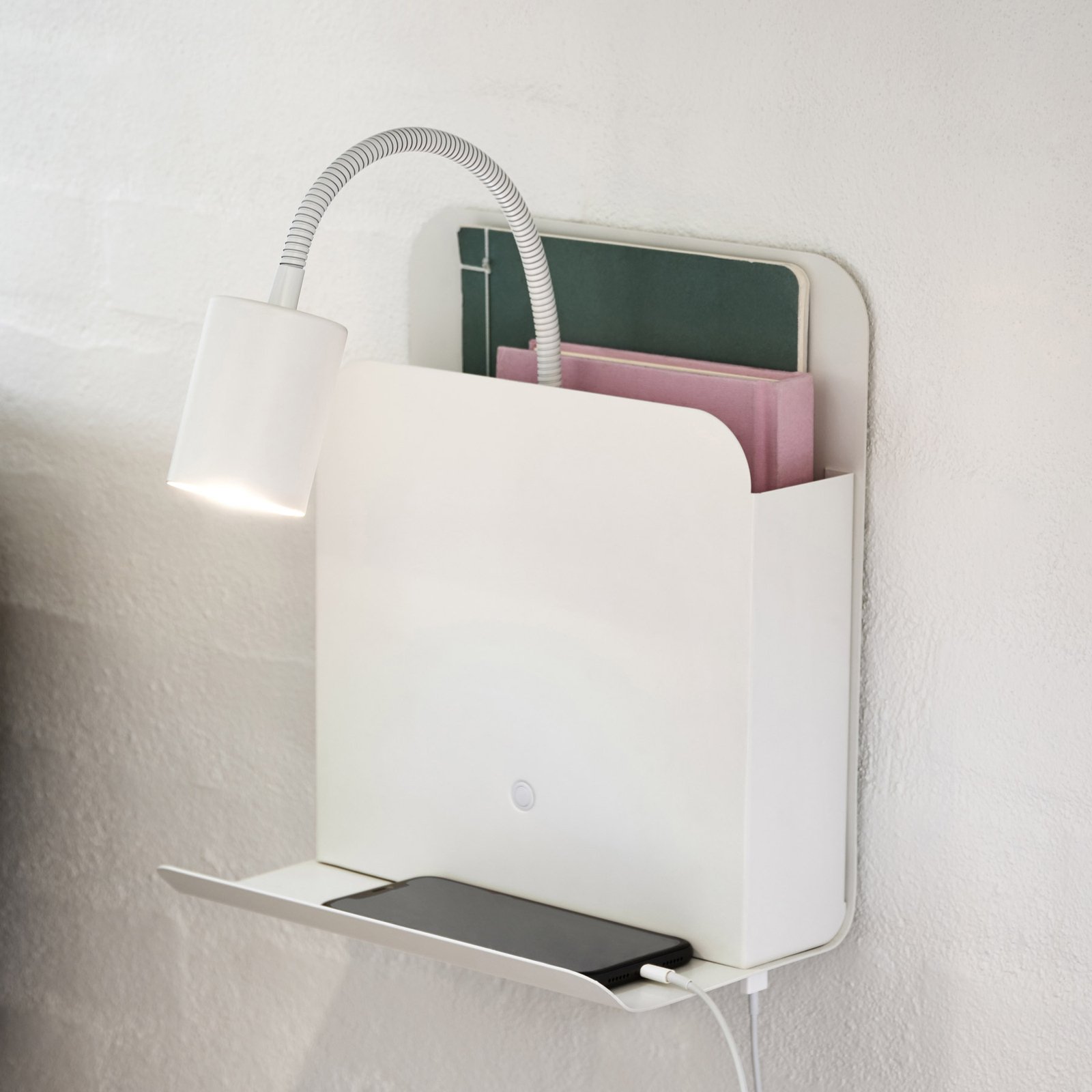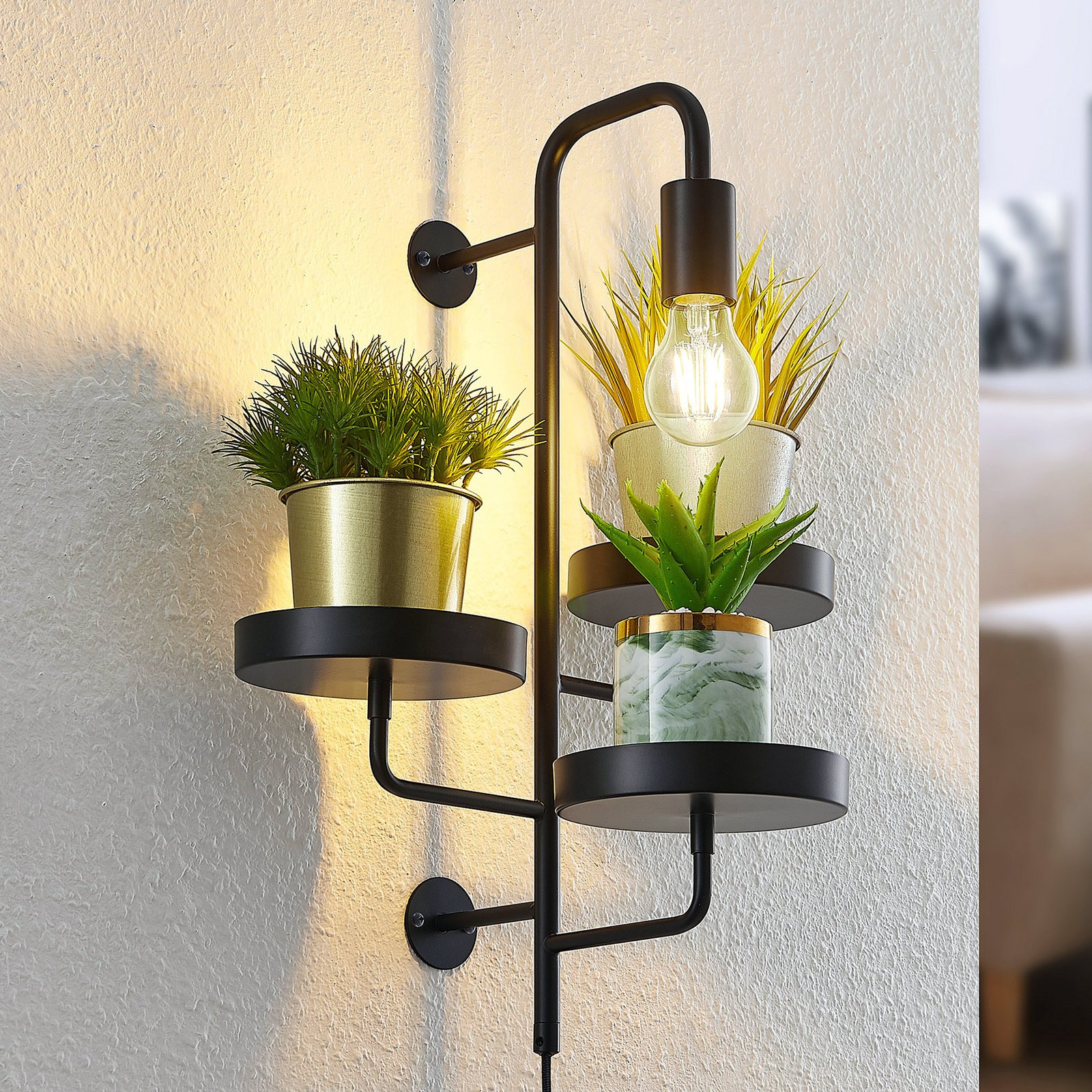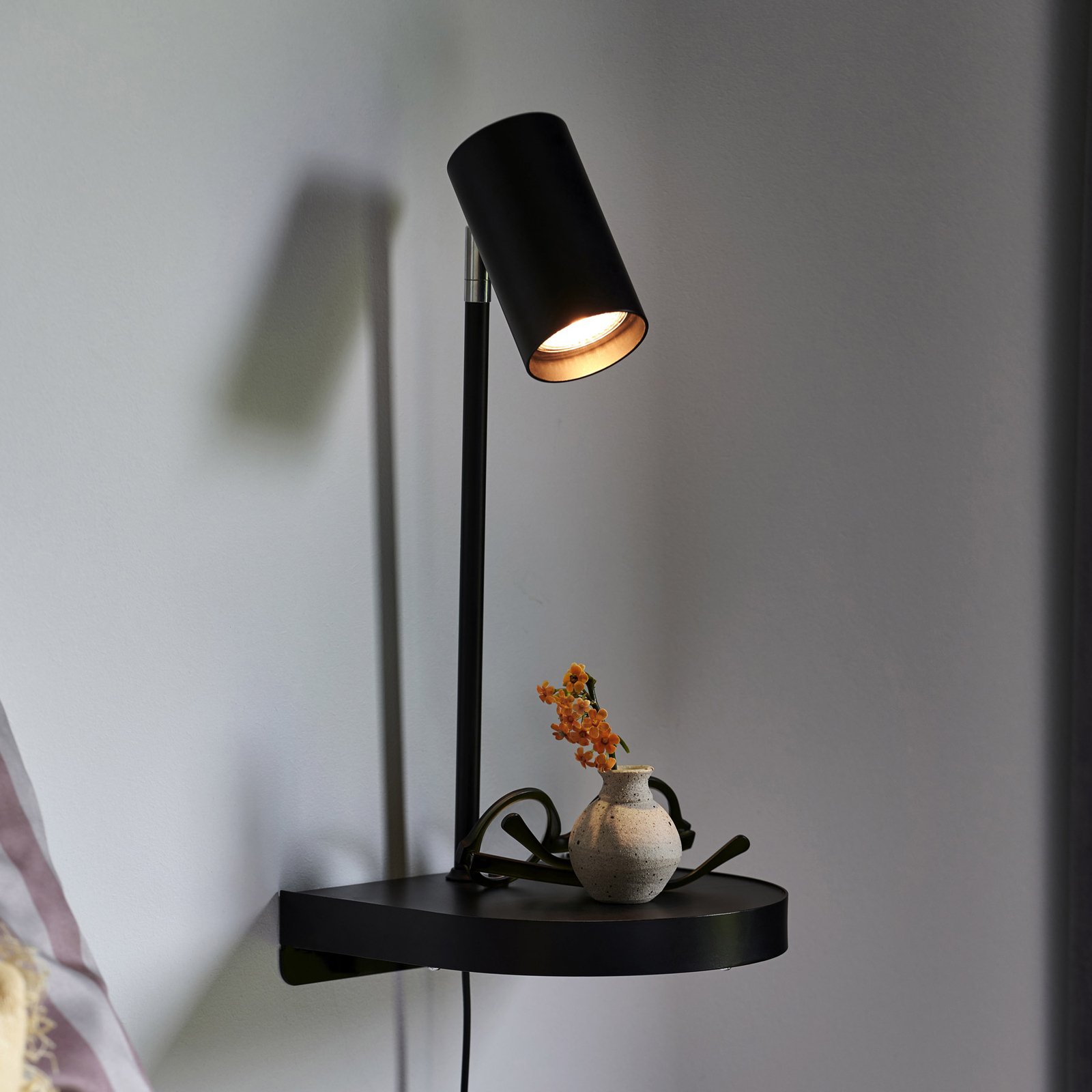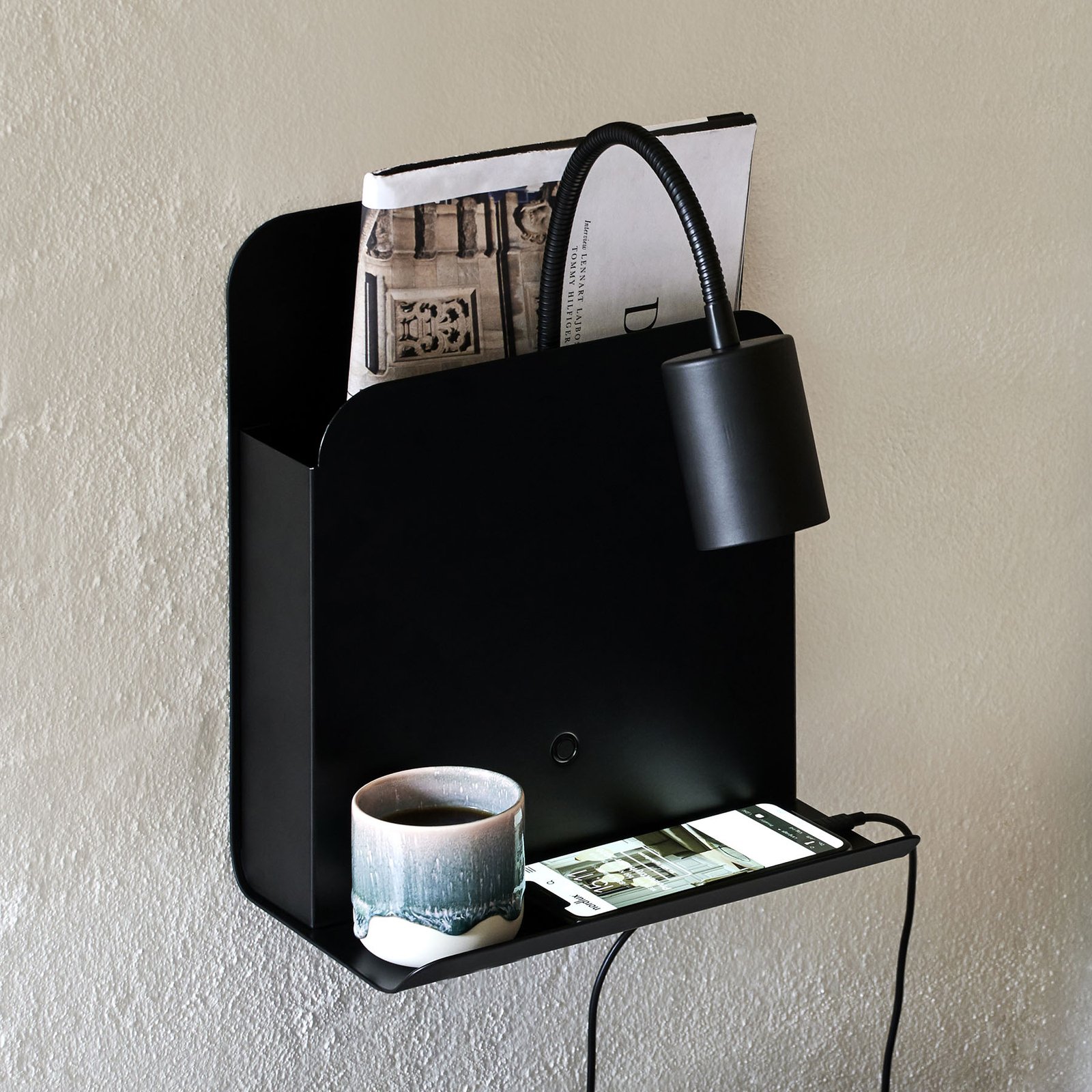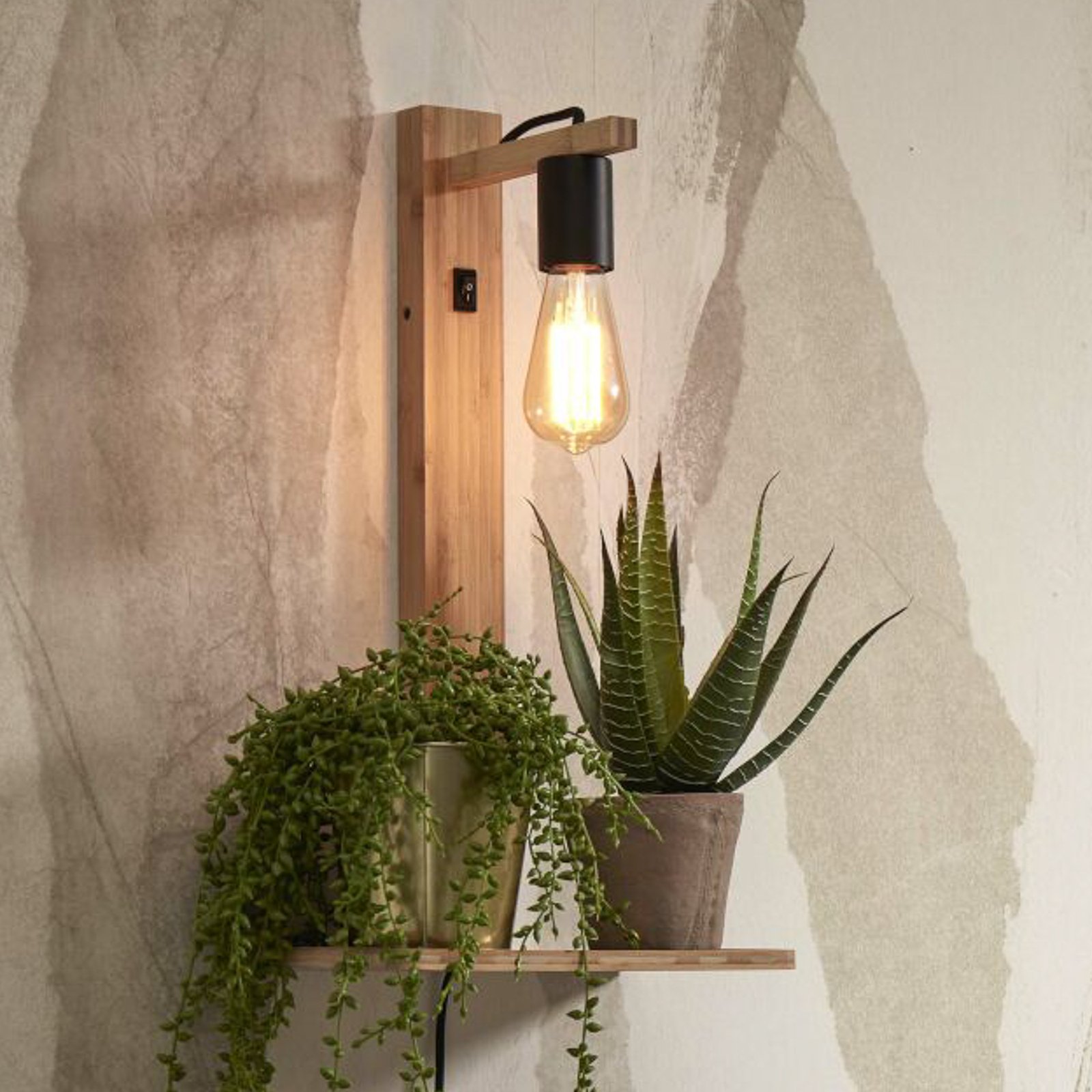:format(jpeg))
Corridor lighting
Lighting for individual entrances of all kindsThe hallway is the first room we enter when we come home or receive guests. Attractive lighting ensures that we feel comfortable in the entrance area from the very first moment. Whether long, narrow, angled or large corridors: there are numerous ways to create pleasant and bright light in every hallway.
Our top recommendations
Hallway lamps at a glance
Different lighting solutions are available depending on the hallway. Modern corridors now rely on LEDs. This lighting technology saves energy, immediately achieves 100 % brightness, has a long service life and is highly resistant to switching. This means that even frequent switching on and off hardly affects the service life of the LED.
**Which light is suitable for the hallway?
With a cosy light colour of less than 3,300 Kelvin, we immediately feel comfortable in the hallway - it's the same light colour we use to relax in the living room. If you want to check your wardrobe in the hallway mirror, you should also look for a colour rendering of Ra 80 or higher, as this ensures that clothing colours are optimally reproduced.
Our novelties
)
)
)
Ceiling lights for the hallway
Bright corridor lighting on the ceilingBright lighting of 100-150 lumens per square metre is important for bright corridors where you can easily find your way around and carry out any activity from putting on shoes to choosing the right evening wear. Ceiling lights or multi-flame ceiling spotlights are usually used in corridors, where the light can be distributed evenly. LED panels](https://c_23) are also very popular due to their large, homogeneous light distribution and, last but not least, their flat, discreet design, which makes the hallway appear larger.
)
)
)
Wall lamps for the hallway
Additional light and customised design for the entrance areaWall lights for the hallway are a stylish lighting idea for the hallway. However, they are also a practical, additional light source. The important thing with wall lights at eye level is that they do not dazzle. For this purpose, wall lights for the hallway usually have a baffle that allows the light to shine pleasantly indirectly. Diffusers, i.e. translucent lampshades such as those used in LED panels, also fulfil this task.
)
)
)
Floor lamps for the hallway
Flexible lighting solution with an aesthetic and functional characterFloor lamps organise and shape the hallway with their individual design and atmospheric lighting effect. Small seating areas illuminated by a floor lamp are a popular lighting idea for corridors. Certain areas, works of art or objects can also be emphasised with a floor lamp. Last but not least, floor lamps are an additional source of light that make the hallway brighter and therefore more inviting.
)
)
)
Hanging lamps for the hallway
Hanging light objects for stylish floorboardsPractical and stylish: pendant luminaires in the hallway are real eye-catchers, as the luminaire design is always in view. It should be noted that even taller residents or guests can easily walk under the lampshade. A distance of 200 cm between the floor and the lower edge of the luminaire is ideal for most households.
)
)
)
Spotlights for the hallway
Stylish lighting solution for accentuation or general lightingDepending on quantity and placement, recessed spotlights can be used to accentuate or for general lighting. They are installed in a suspended ceiling. Once installed, the space-saving recessed luminaires prove to be an aesthetic type of lighting, even for small corridors, which appear larger thanks to the space-saving lighting solution. If the spotlights in the hallway can also be tilted after installation, they can be customised, for example to objects or paintings or - for an indirect, soft lighting effect - to the wall.
)
)
)
Table lamps for the hallway
Upgrade for more light and cosinessChests of drawers, window sills or shelves often require additional light, for example because you place your keys or important documents on them. In addition to their practical use, table lamps in the hallway are also an excellent way to make pieces of furniture and niches look even more attractive with an appealing, luminous design. Table lamps only need one socket for this cosy upgrade. If you don't have one in the hallway, use a table lamp with rechargeable battery.
)
)
)
Luminous all-rounders
Additional functions that you will never want to do without againSpace in the hallway is limited - so why not combine the function of a light with that of a shelf, a storage compartment or a coat rack? Luminous all-rounders are more than just light sources. They are everyday aids, e.g. if you always keep your wallet, keys or mobile phone in exactly the same place - and even charge the latter thanks to the USB charging function.
More ideas for corridor lighting
)
Whether entering the hallway with full shopping bags or walking through at night: You don't always want to feel for the light switch in the hallway first. Motion detectors are an automated solution that reliably switch the light on when it is needed. Another popular solution for corridors are socket lamps and nightlights, which can easily improve orientation at night. These small orientation aids are particularly useful in households with children and older people, as well as in stairwells.
)
Indirect light does not shine directly into the room, but is first reflected by the walls or ceiling. This makes the room lighting appear soft and effective. LED strips that can be installed behind furniture, in the corners of suspended ceilings or behind a wall mirror or banister are very popular for this purpose. LED strips are usually simply glued on and cut exactly to your requirements. Colour-changing Stripes or those with smart home networking are also available.
)
Long corridors require several light sources at regular intervals. In corridors with angles, each section must be illuminated separately. As it is often not possible or desirable to create an unlimited number of power connections in private households, rail systems or cable systems are advisable. These enable customised lighting solutions with just one power connection. The individual spotlights, pendant luminaires or panels attached to the system can be aligned and the system can be extended at any time.
)
Large rooms and corridors offer numerous opportunities to fill the available space with eye-catching lighting objects that match the interior design style and personal taste of the occupants. In addition to designer luminaires from all world-famous lighting brands, which immediately invite you to look and enjoy, the available space virtually invites you to bring a chandelier into the hallway. The chandelier is also available in numerous styles and shapes.
Smart corridor lighting
)
The smart home has long since conquered the four walls and the outdoors. In the hallway, smart lighting offers the option of individualising the light at any time according to your own wishes or the situation, dimming it in the simplest way, completely automating it and controlling it via a smartphone as well as via networked, wired motion detectors, for example. Without any complicated new installation, smart lighting today often starts with a smart home light source, which is screwed into the existing corridor light on the ceiling, for example.
FAQ: Frequently asked questions about corridor lighting
Let us inspire you
Tag us on Instagram to share ideas and inspiration. Your picture could soon be on display here. You can find more information here.




































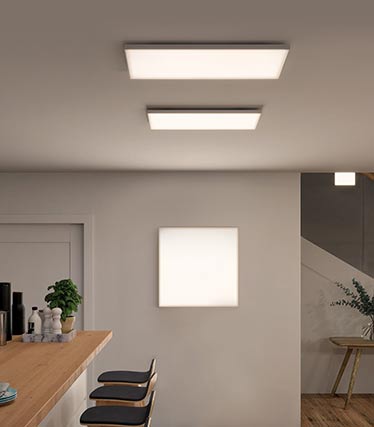









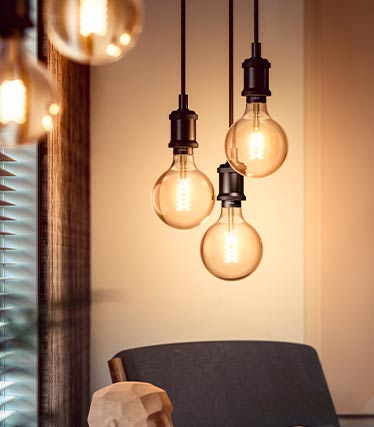








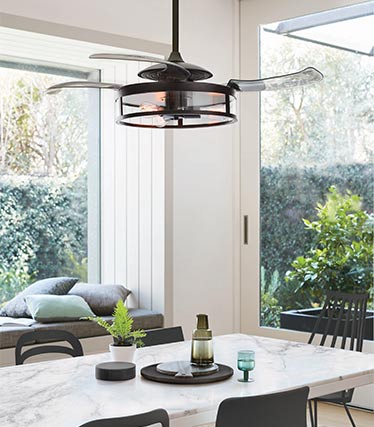

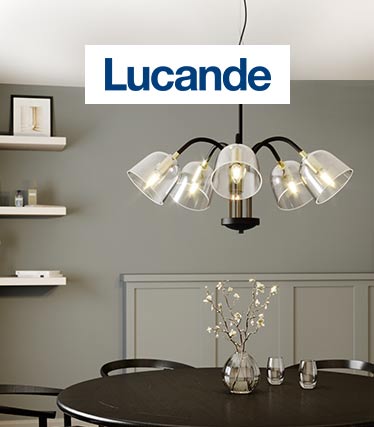




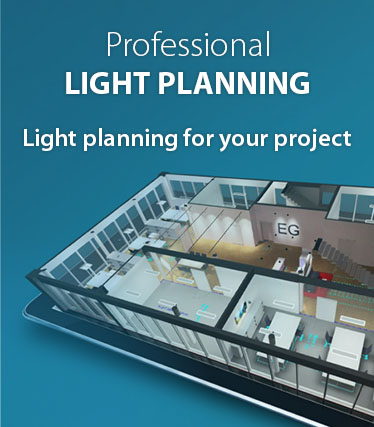




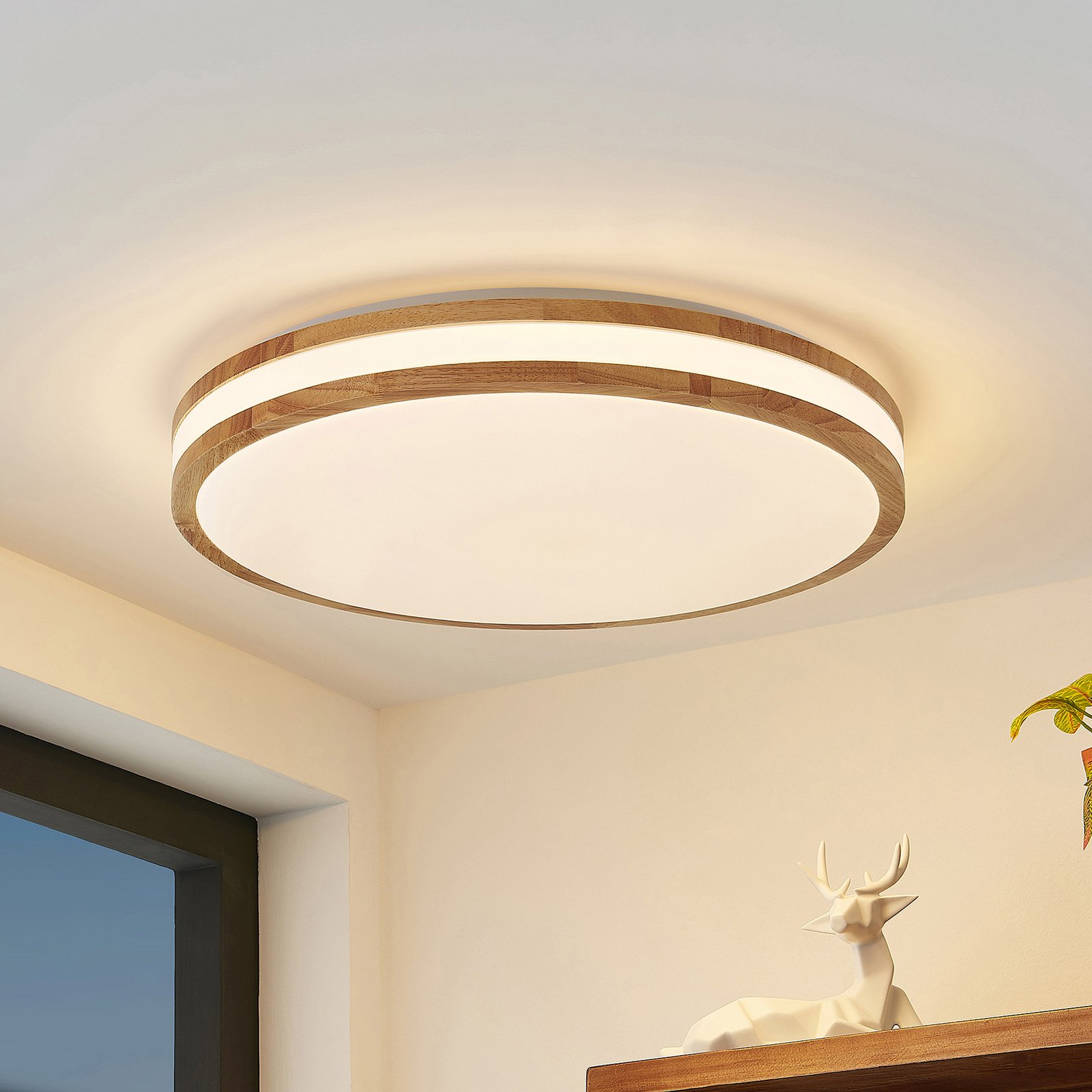

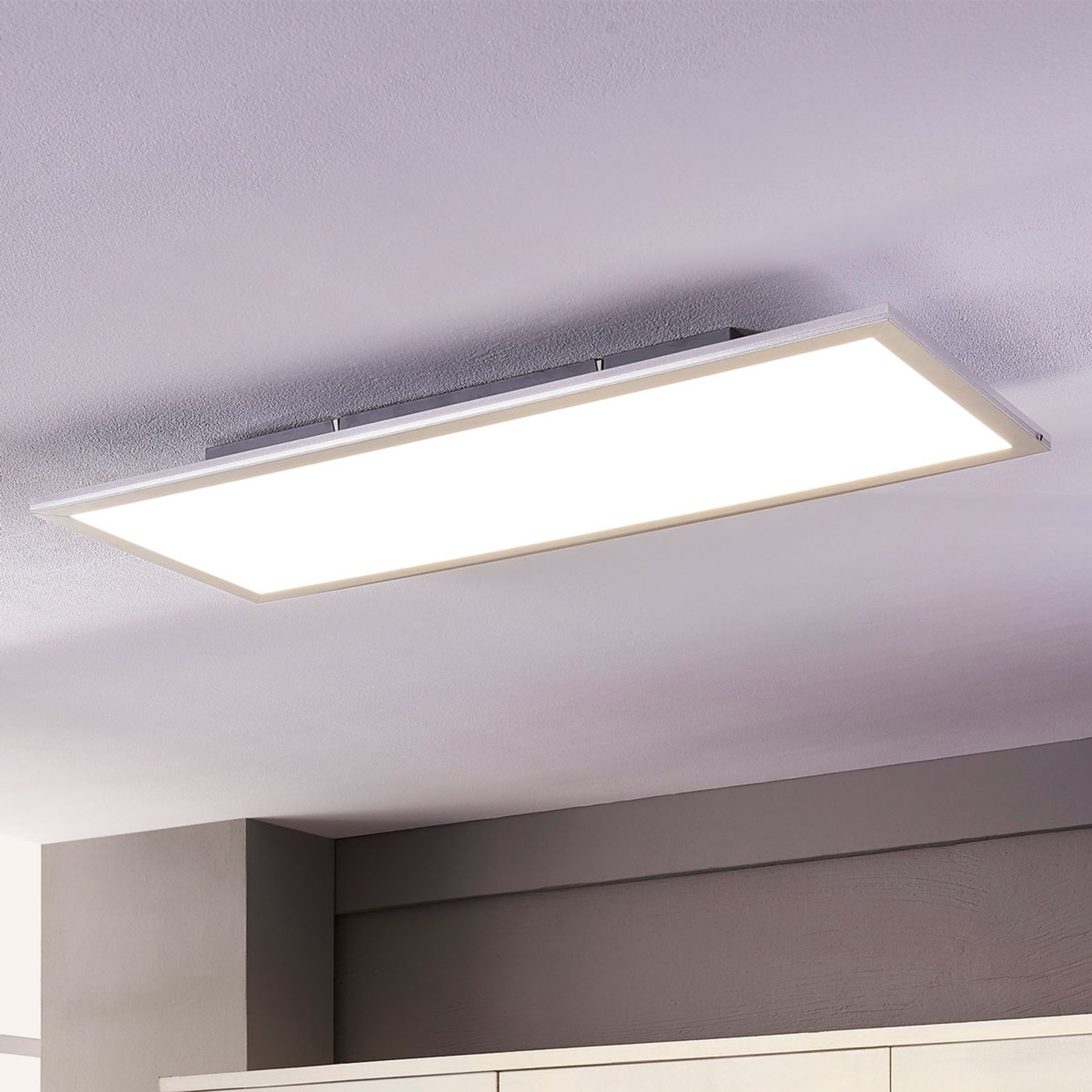
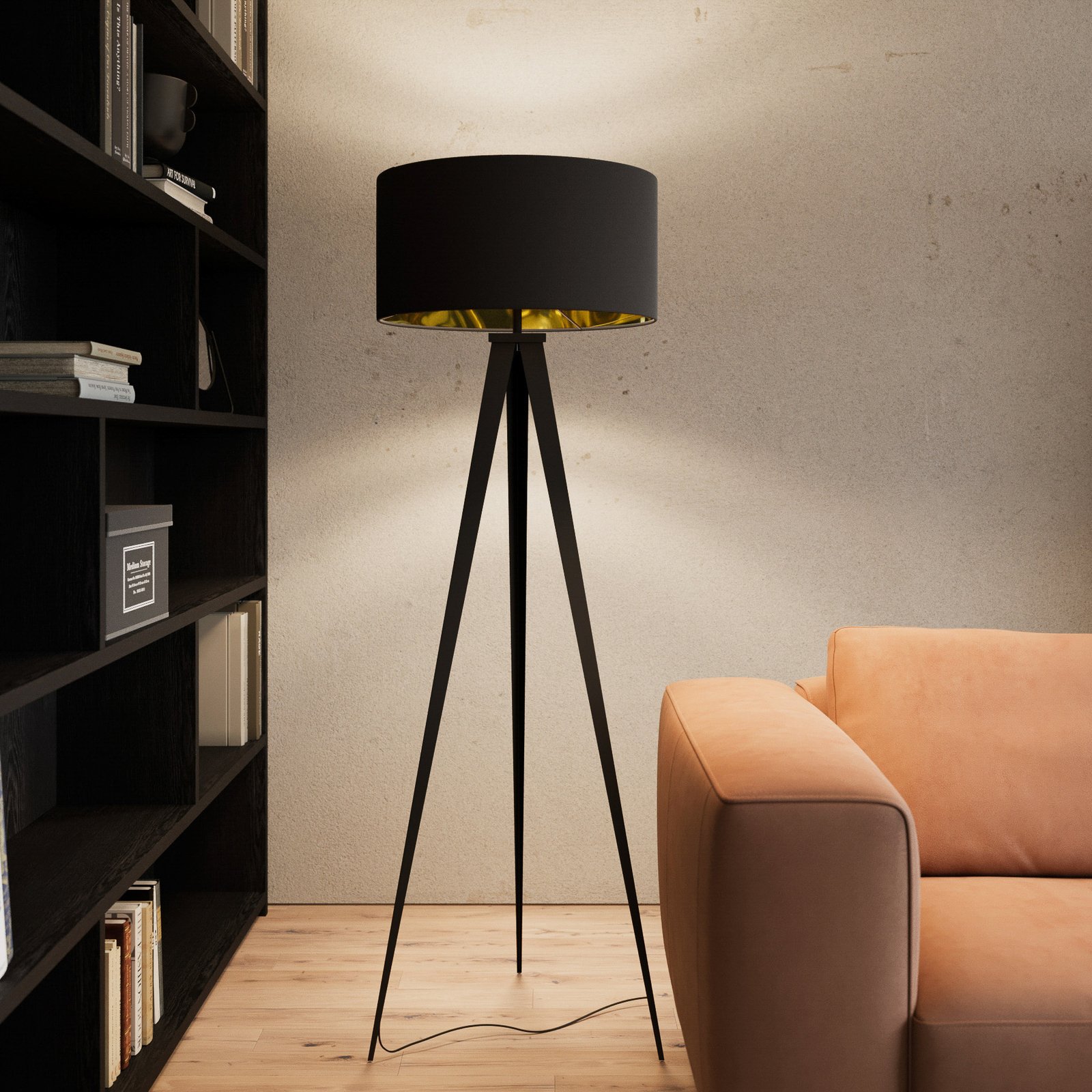
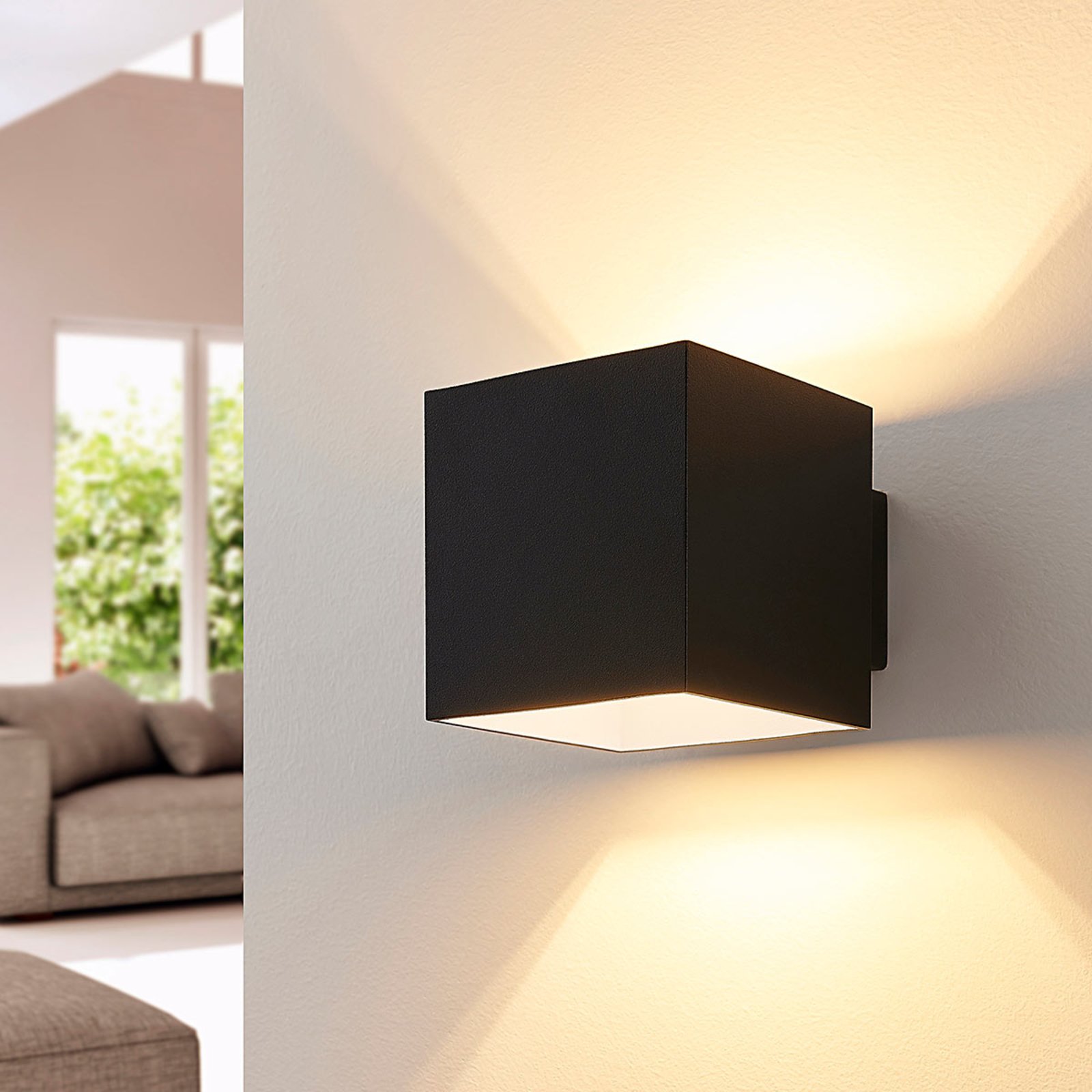
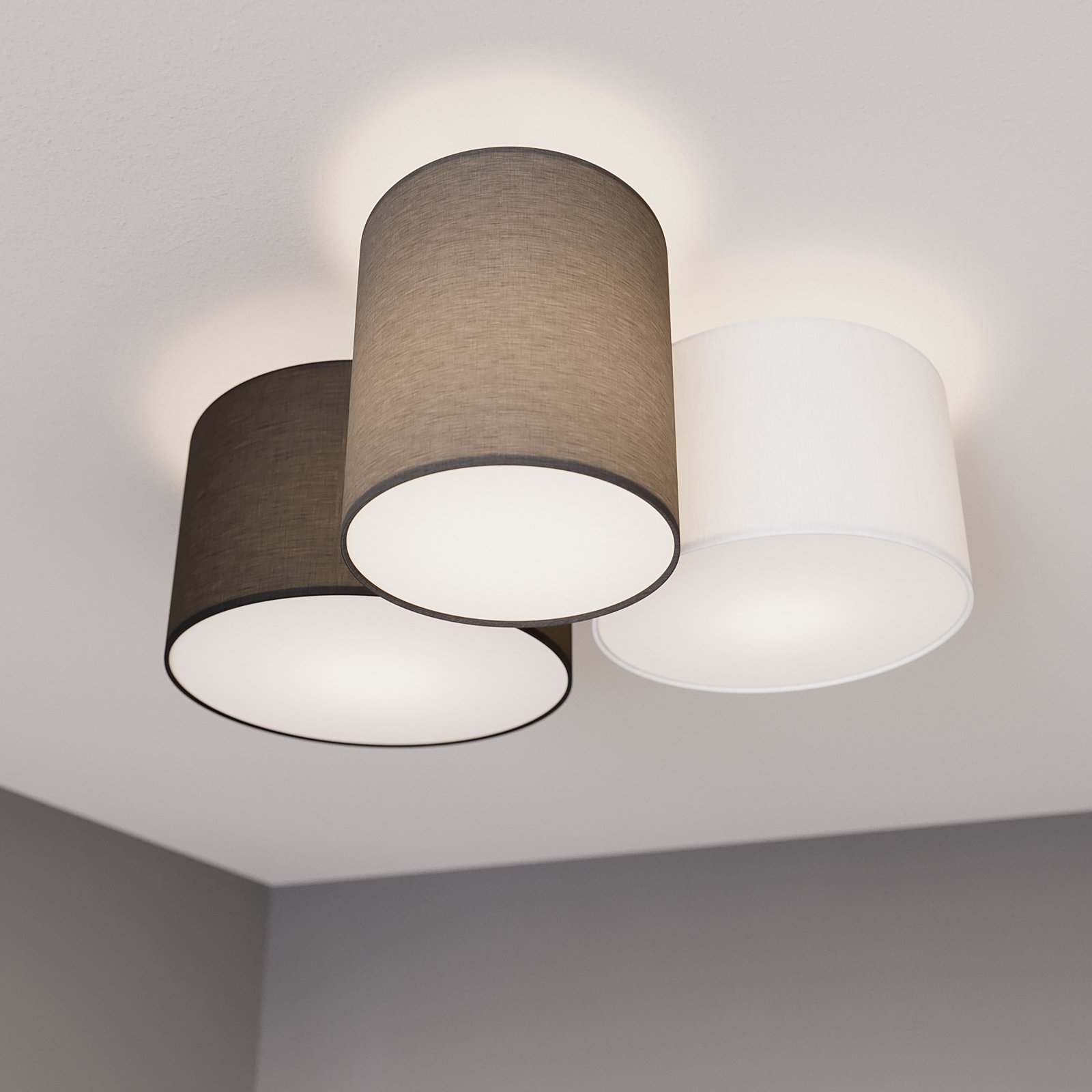
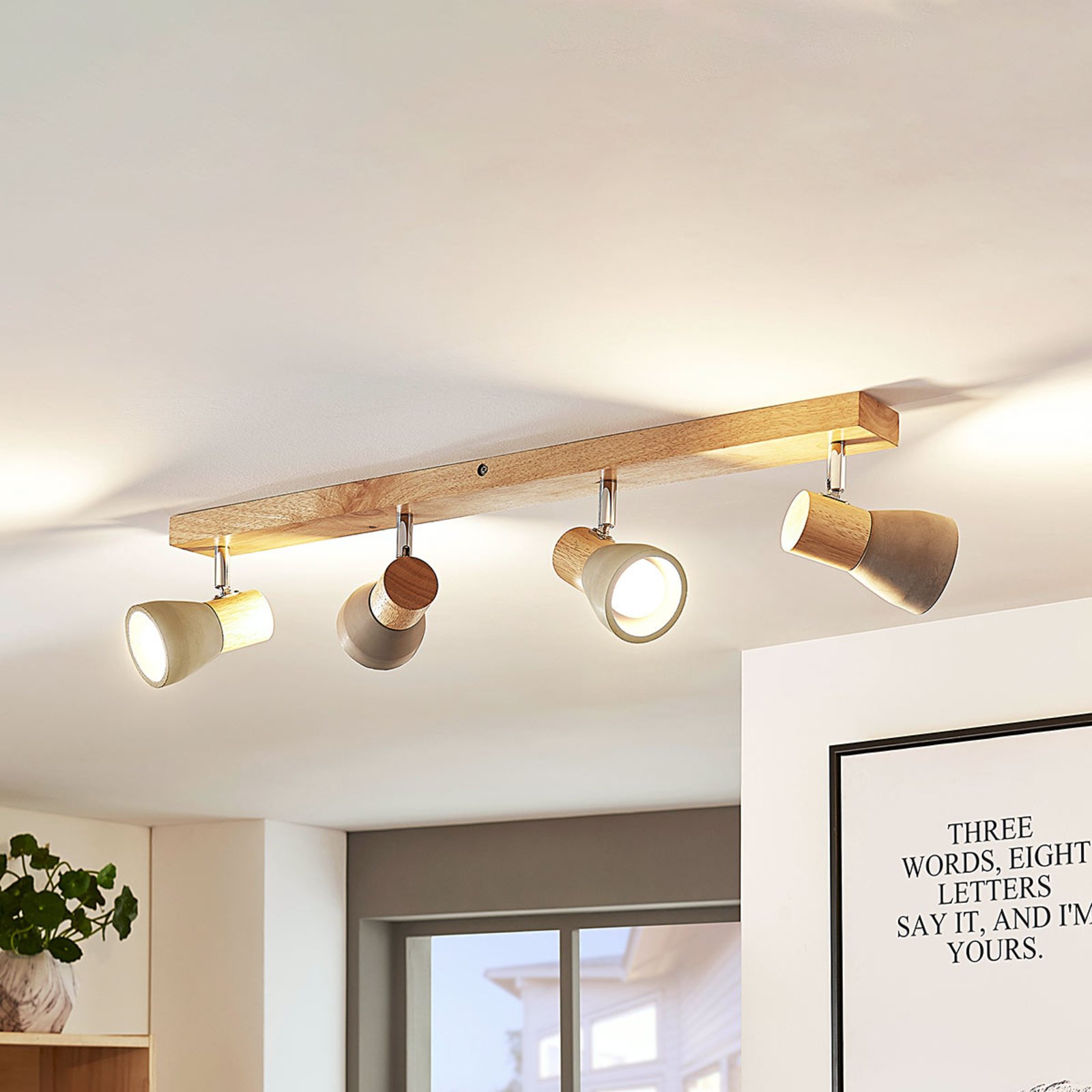
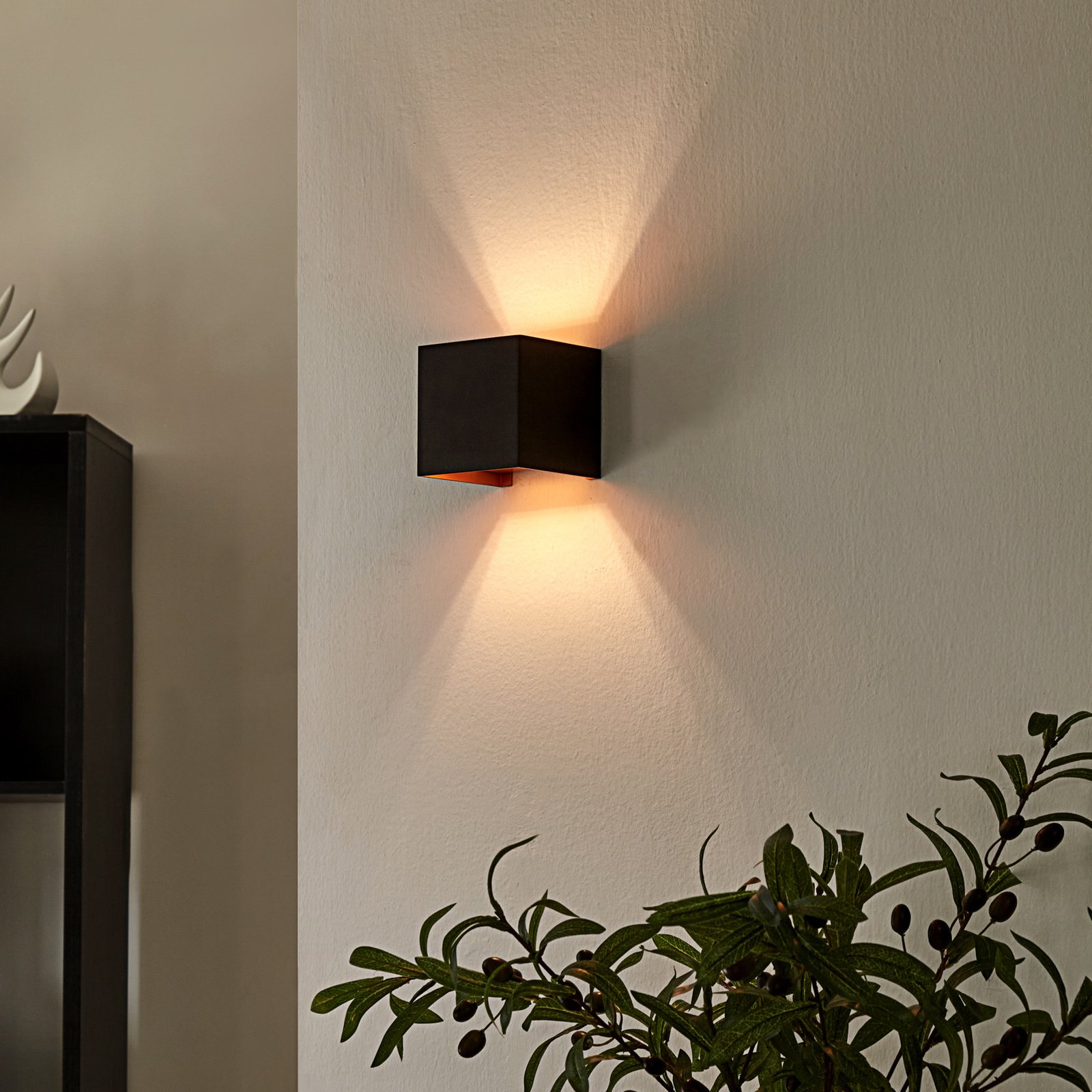

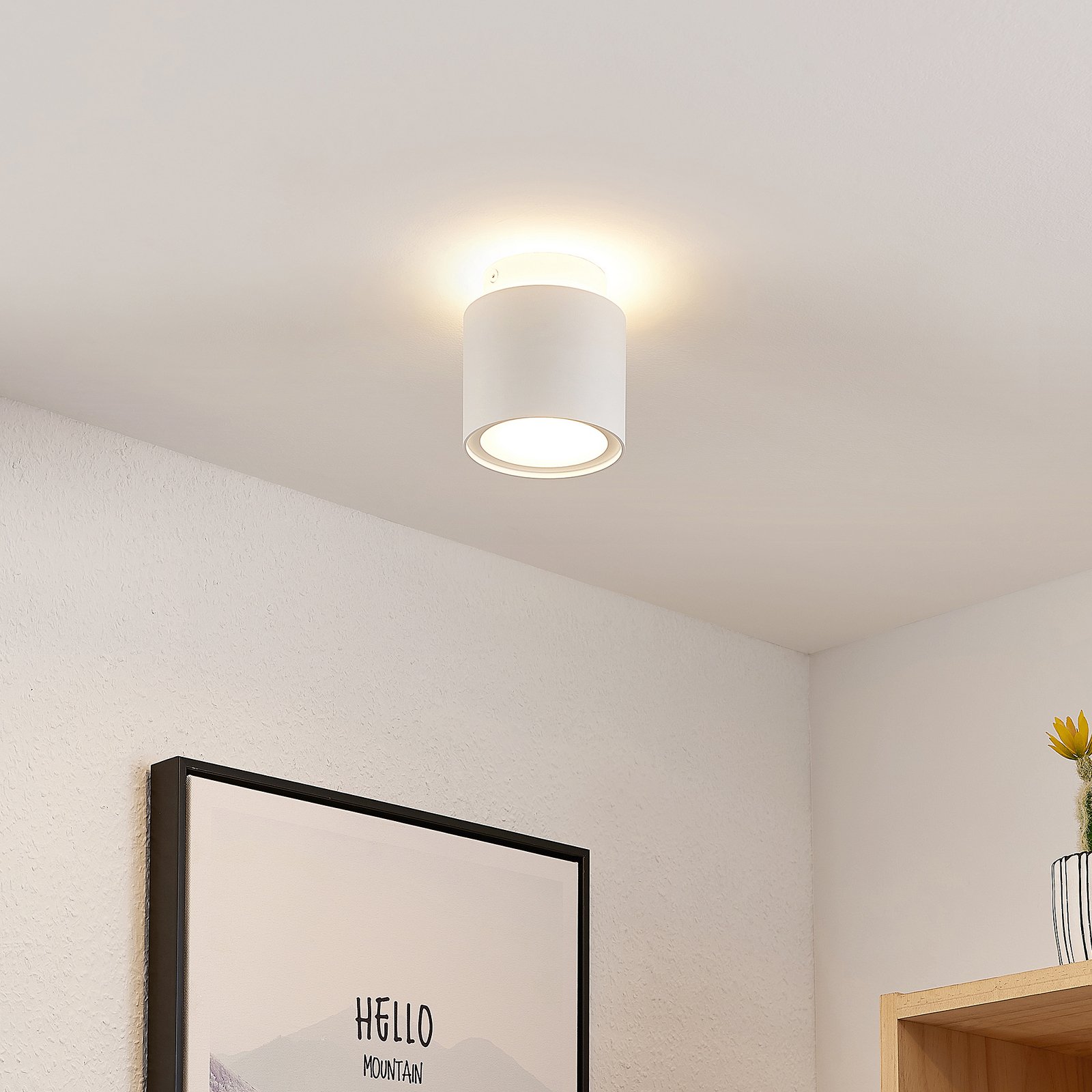
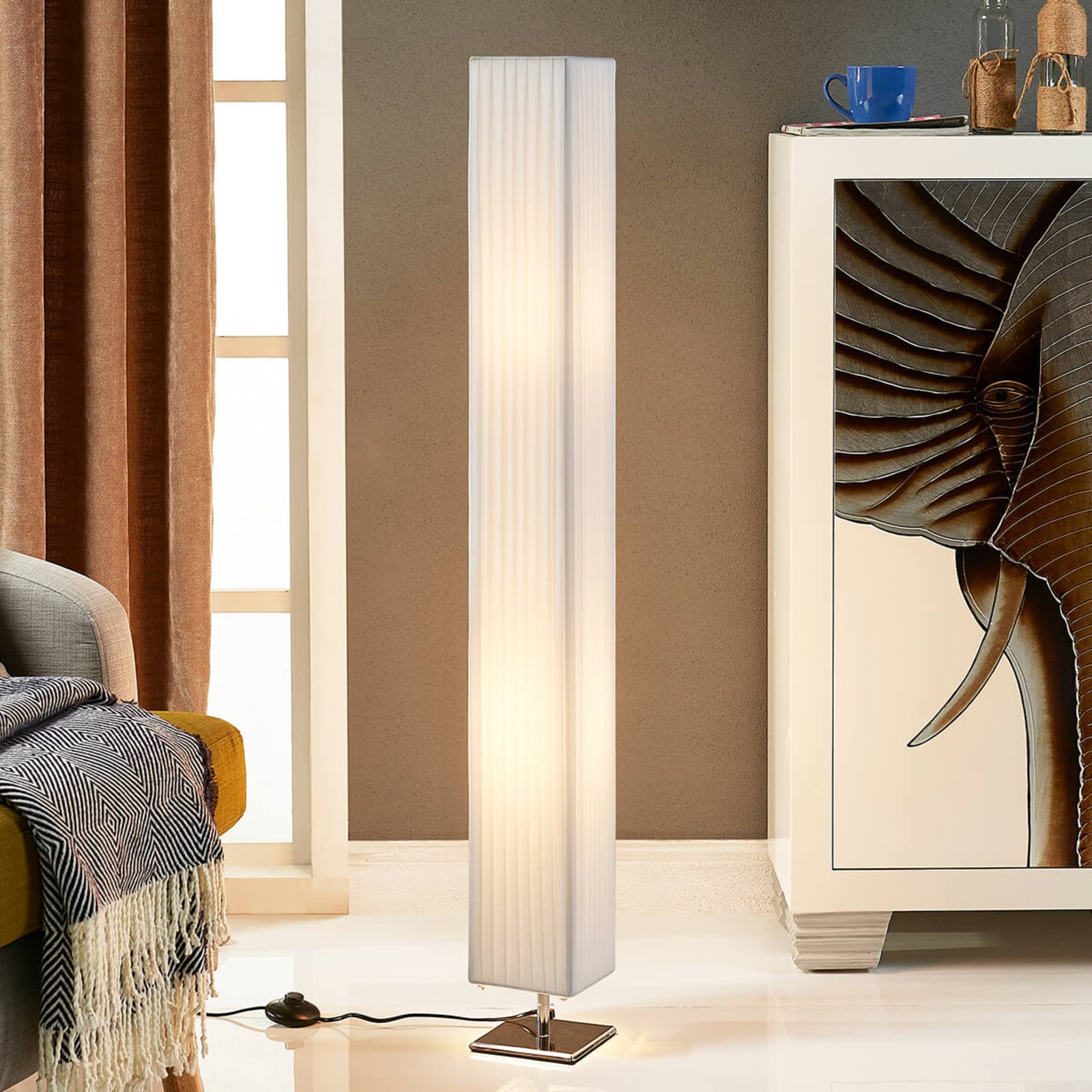

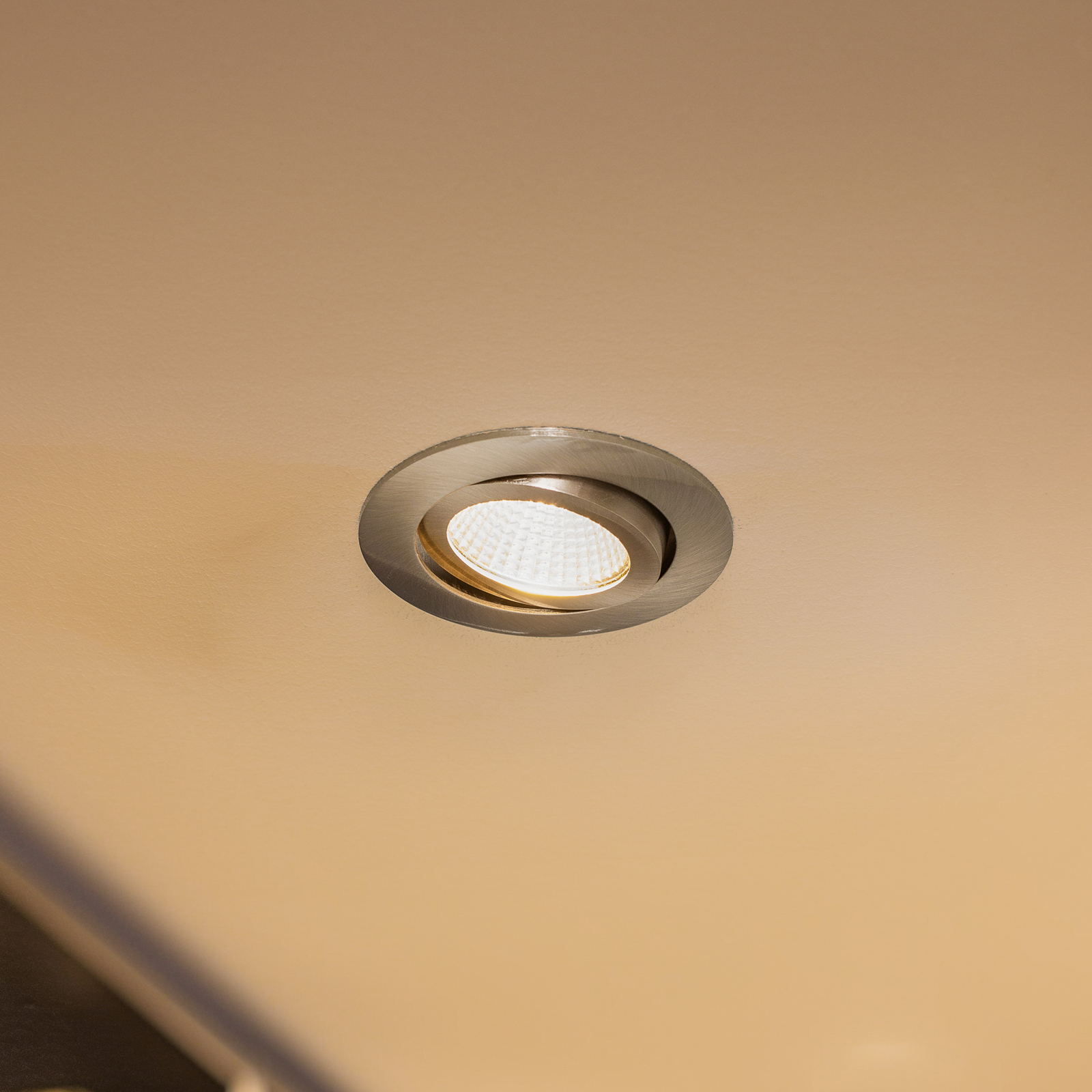
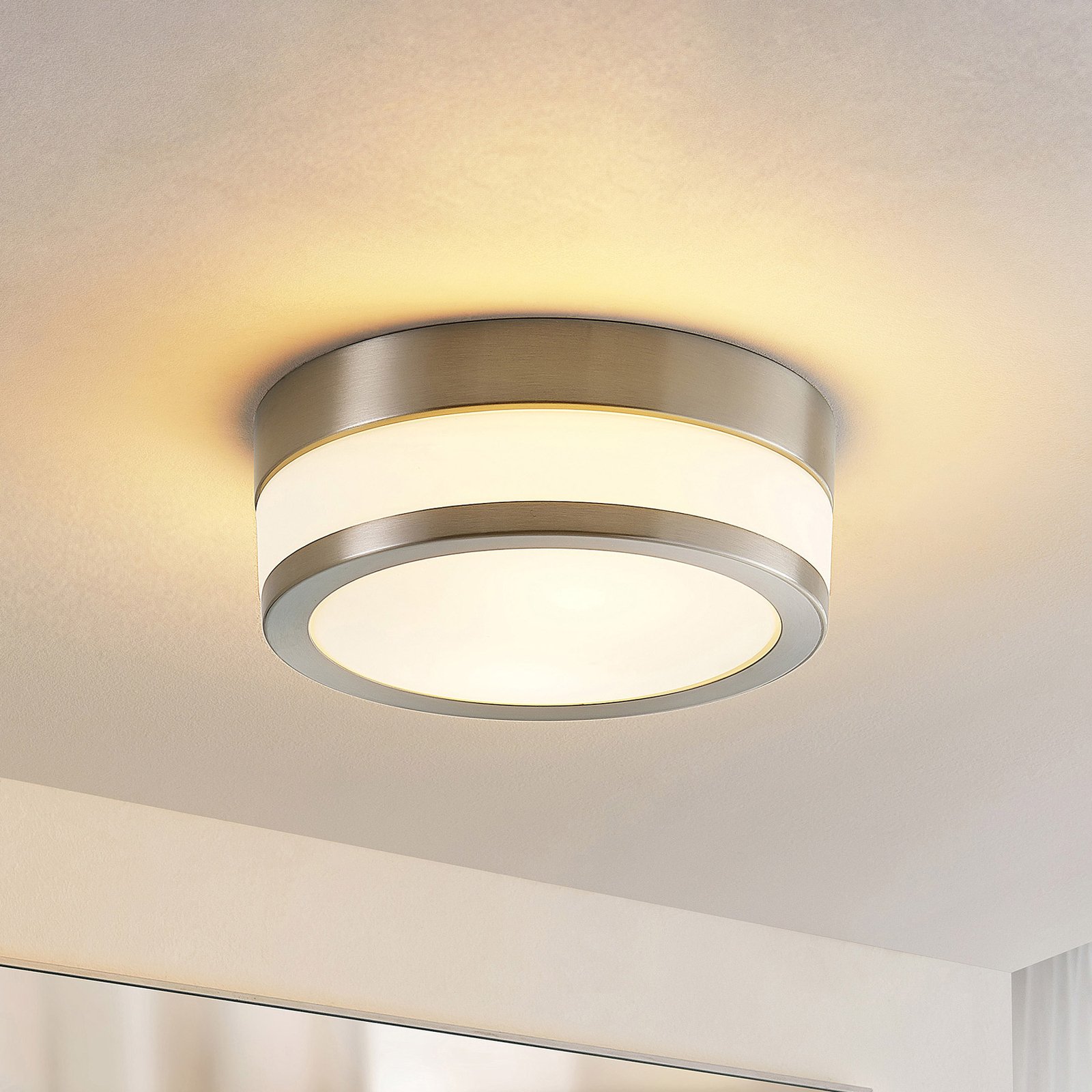
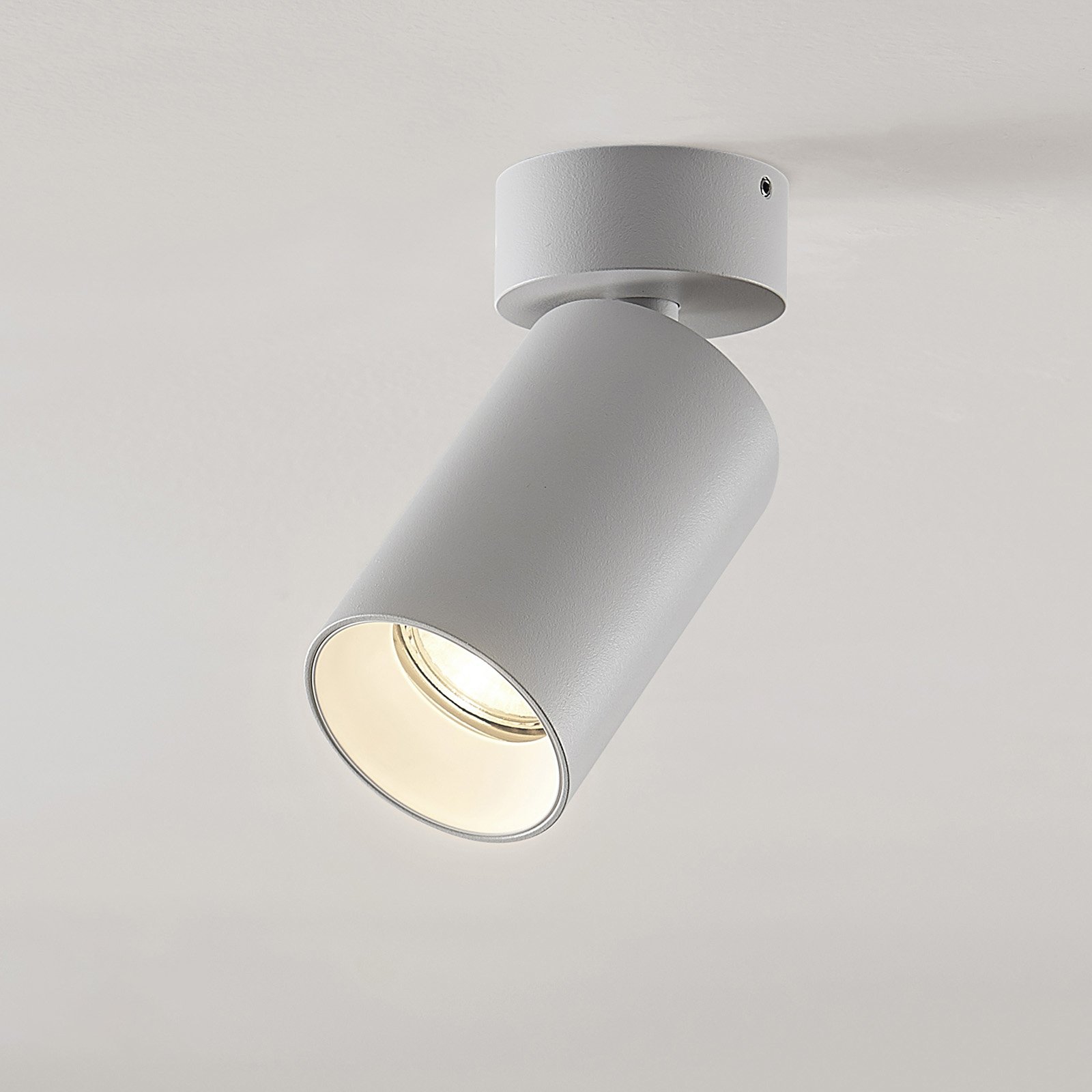
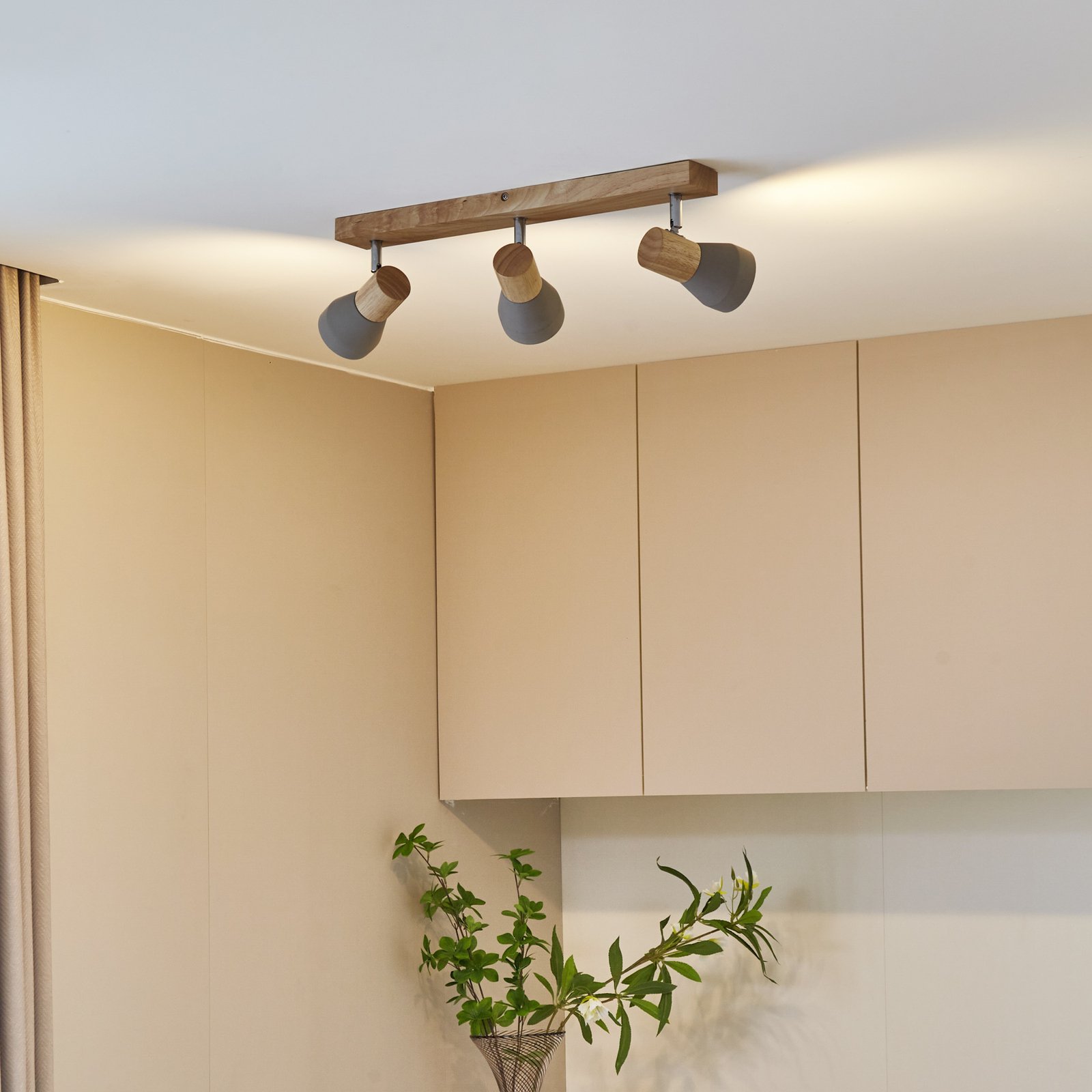
:format(jpeg))
:format(jpeg))
:format(jpeg))
:format(jpeg))
:format(jpeg))
:format(jpeg))
